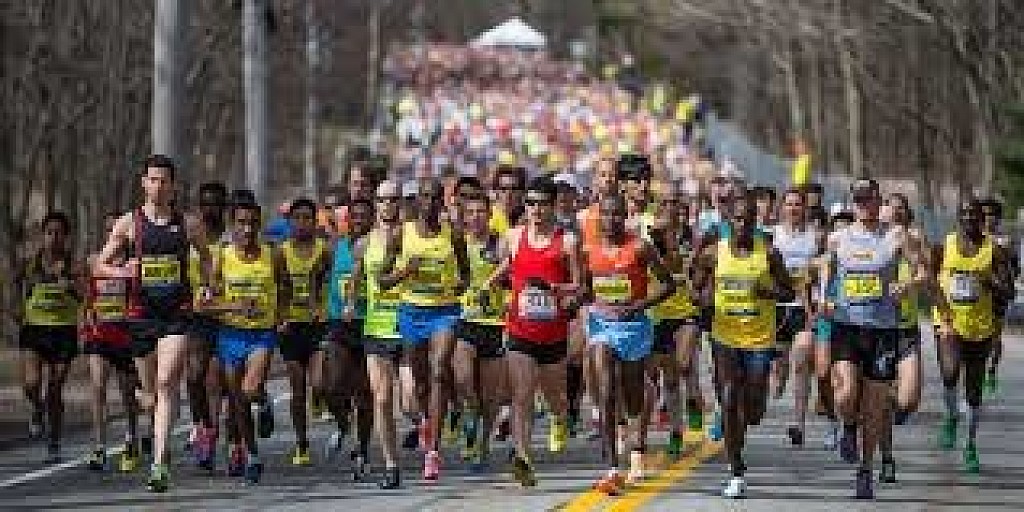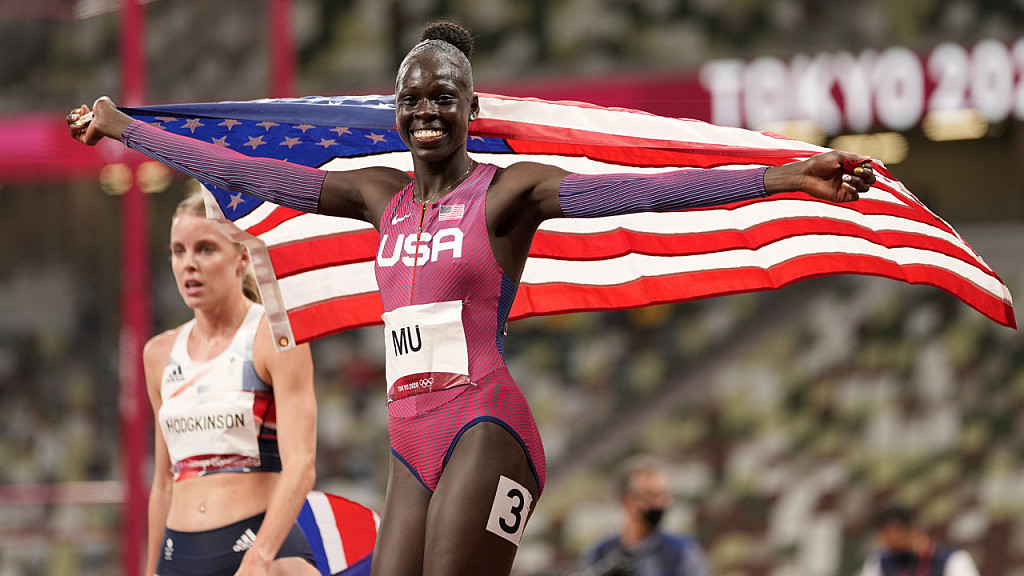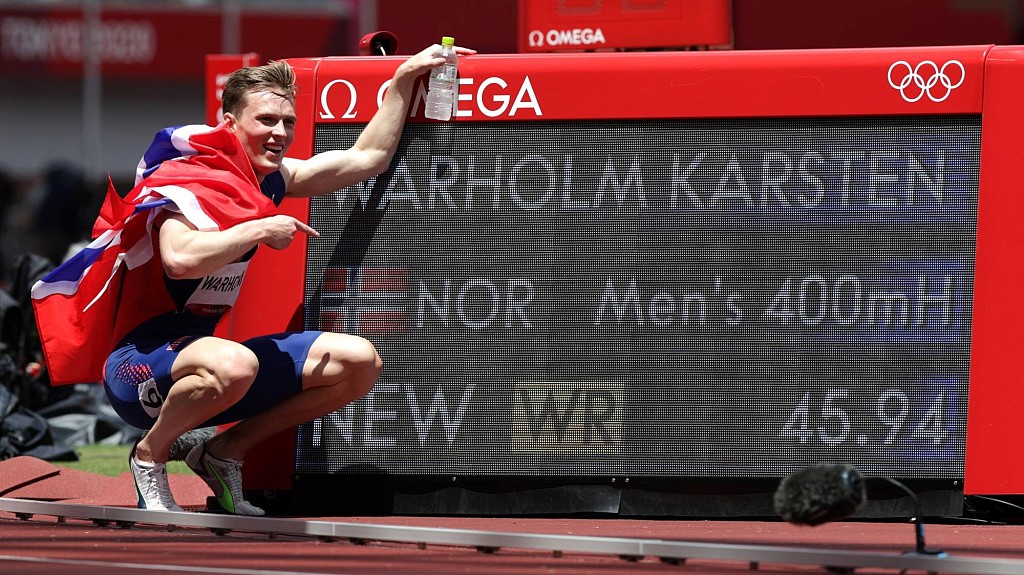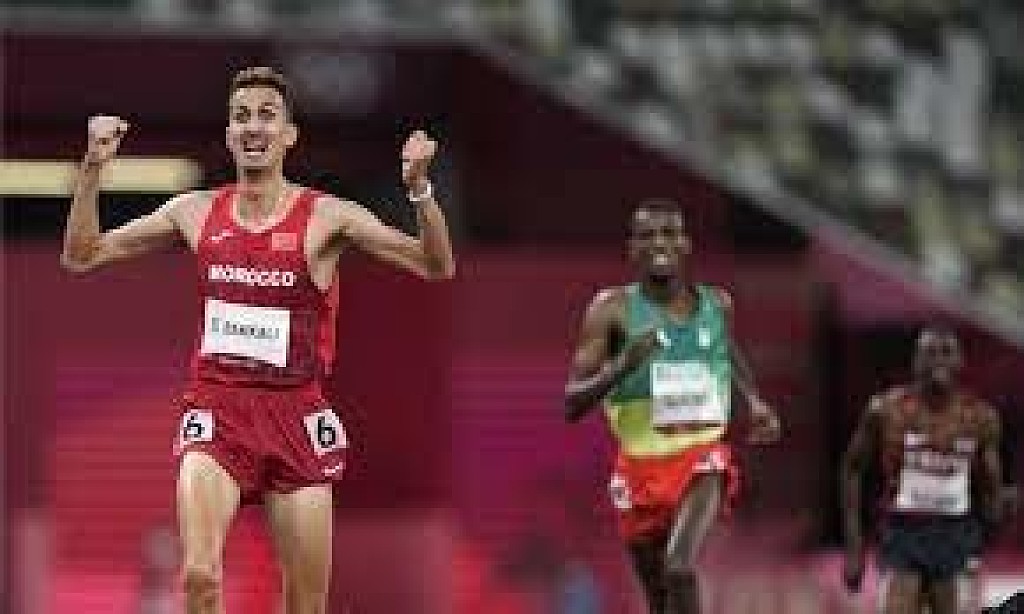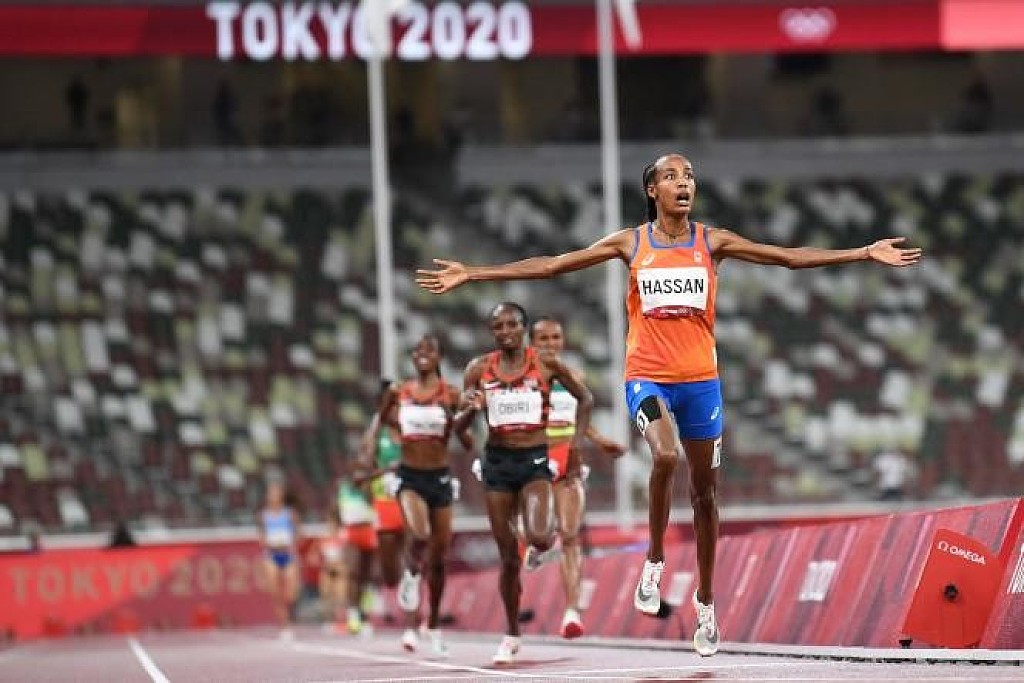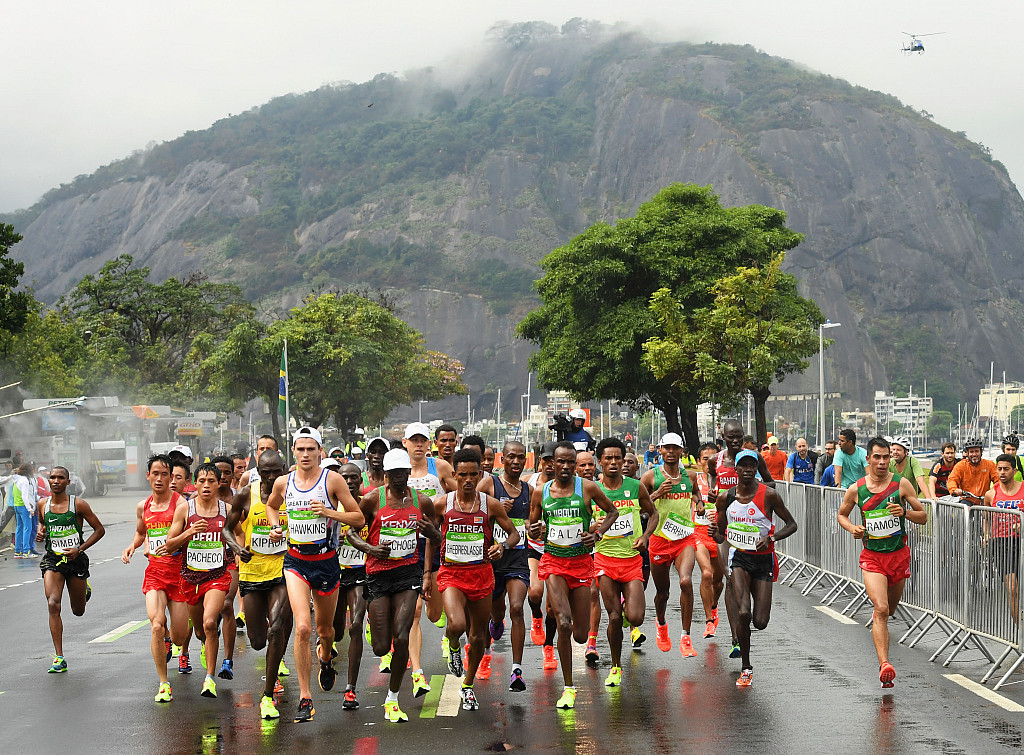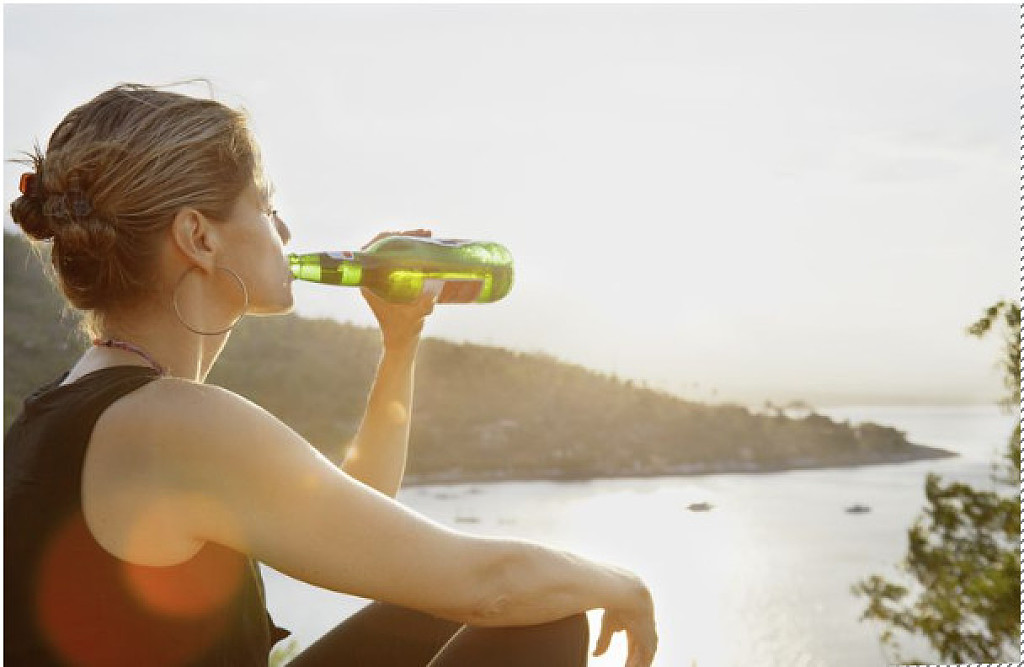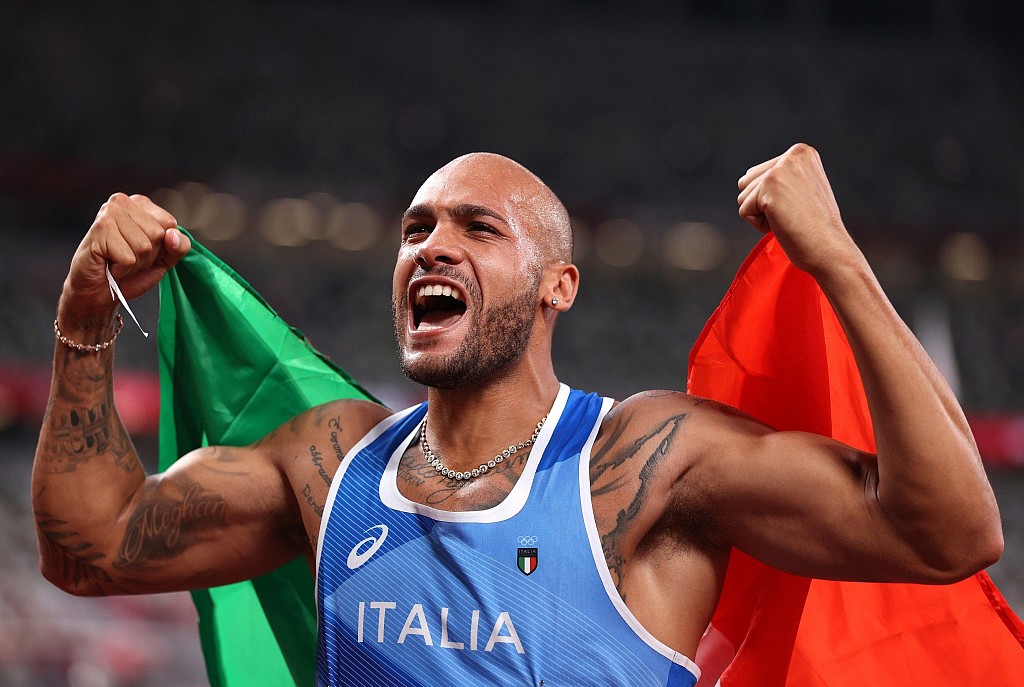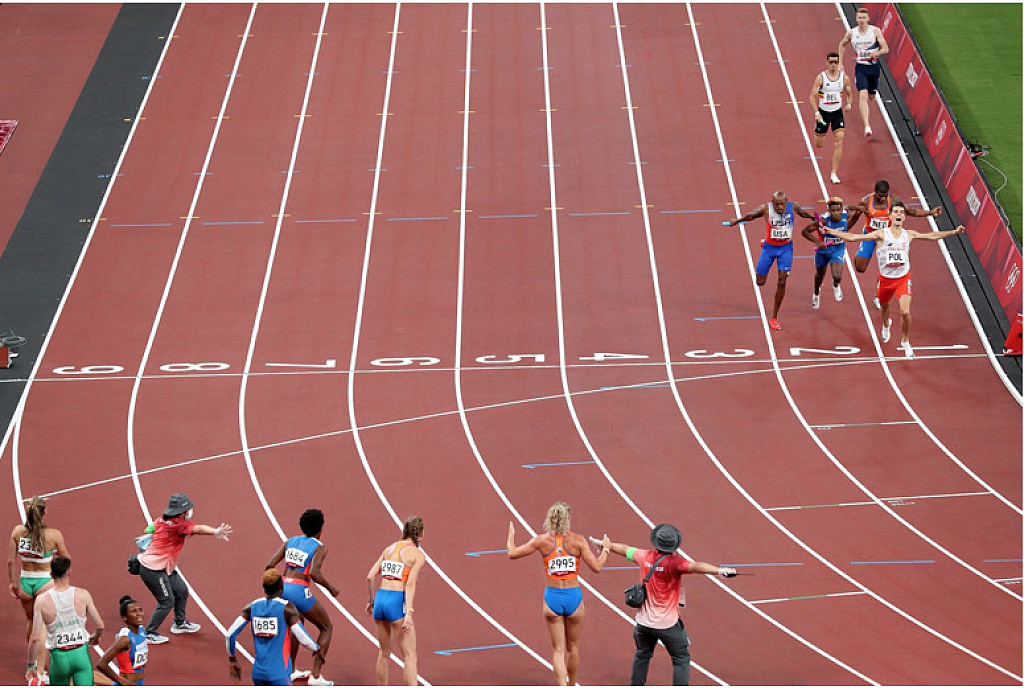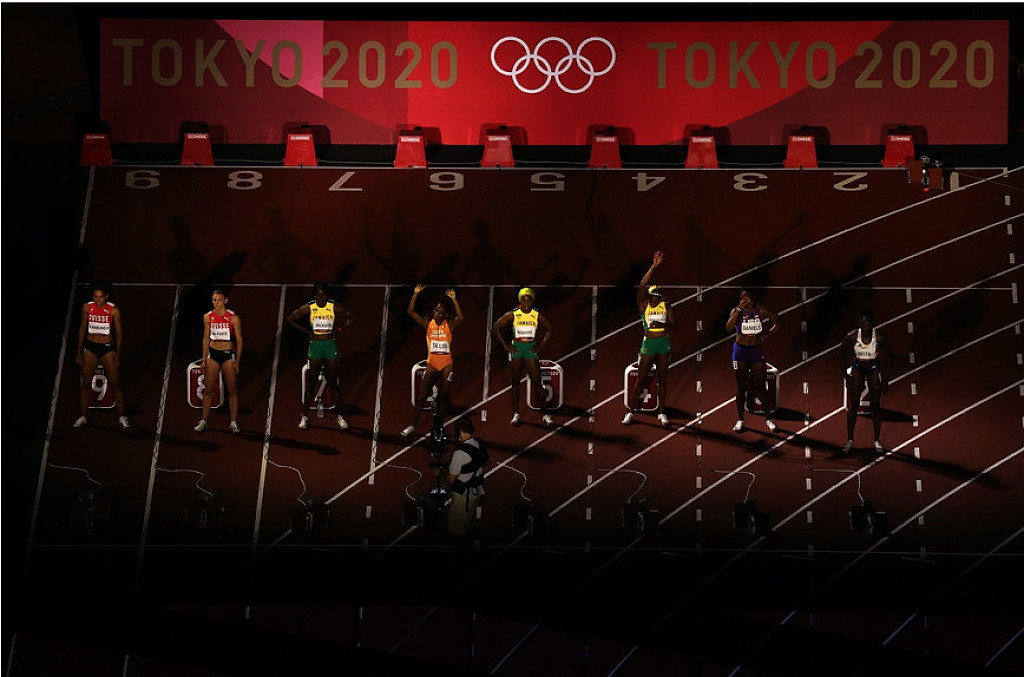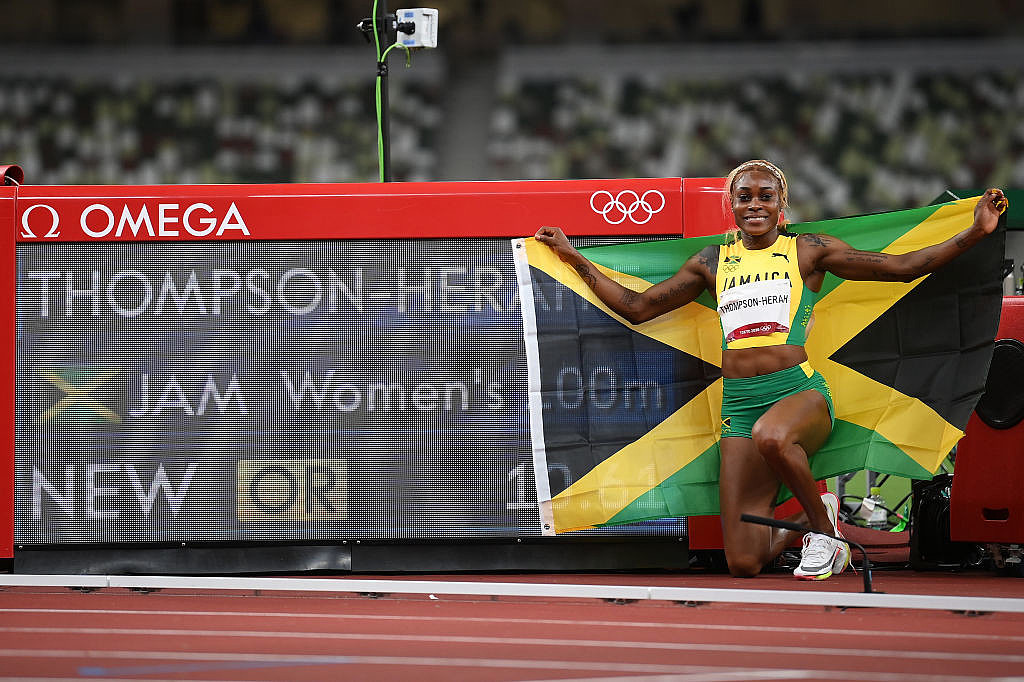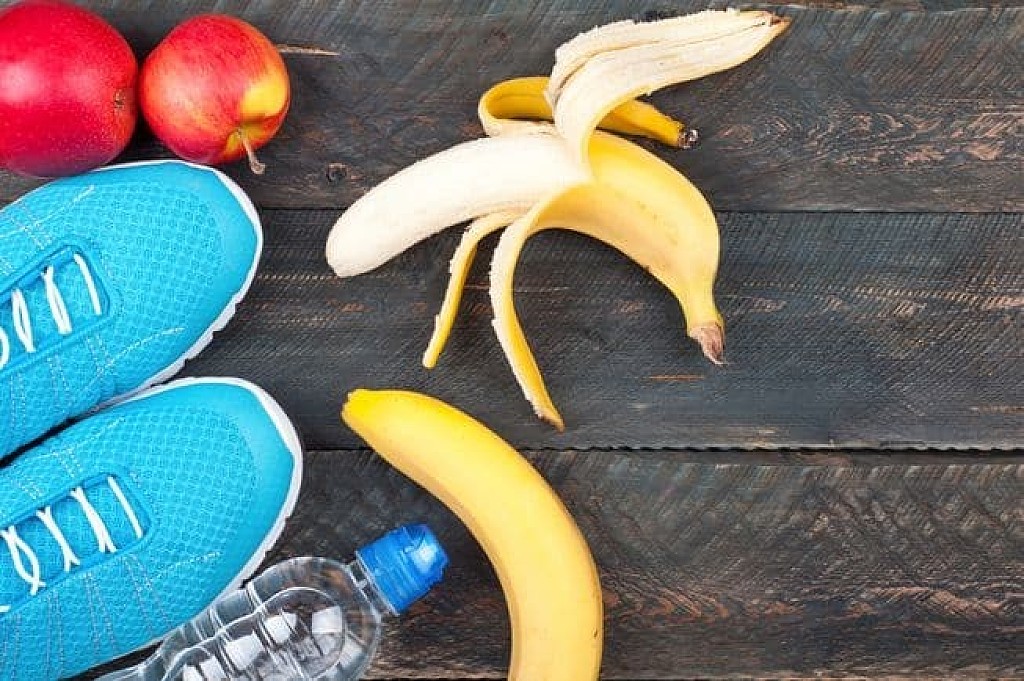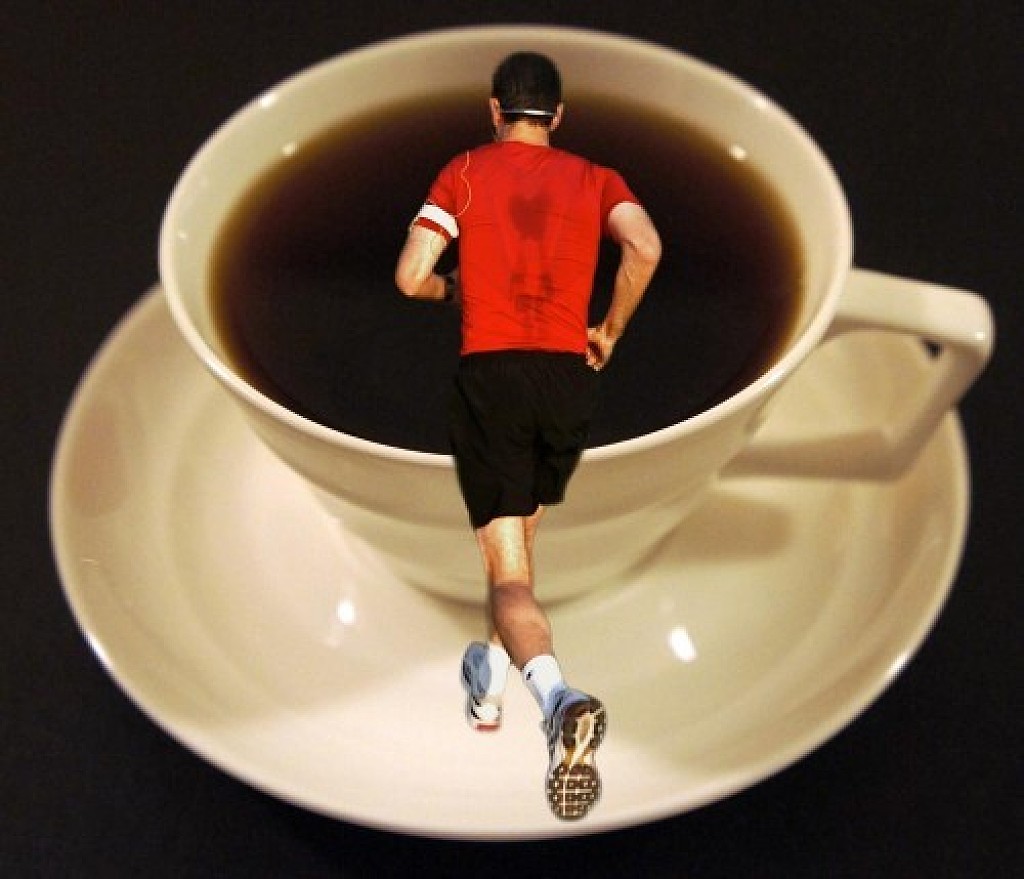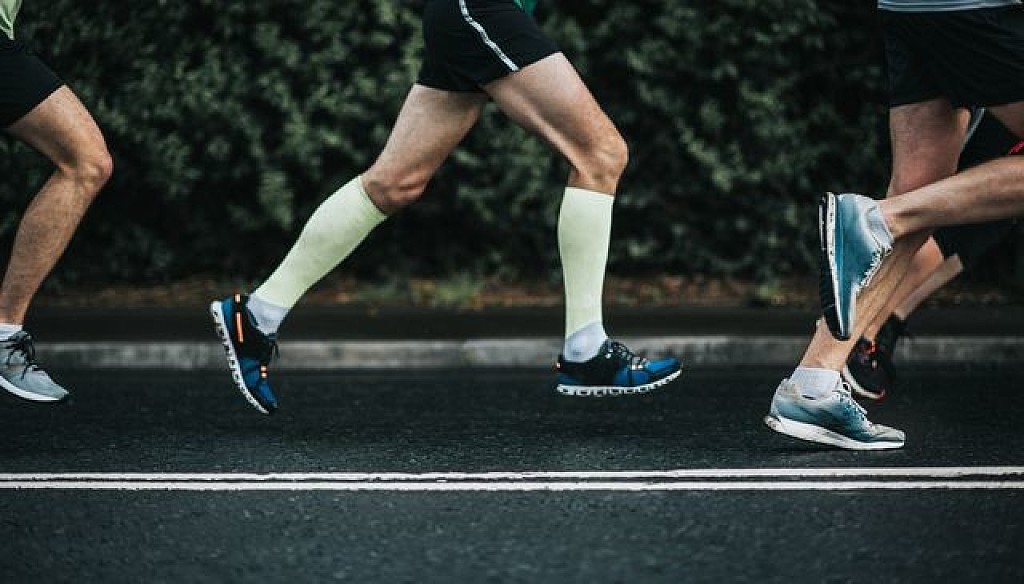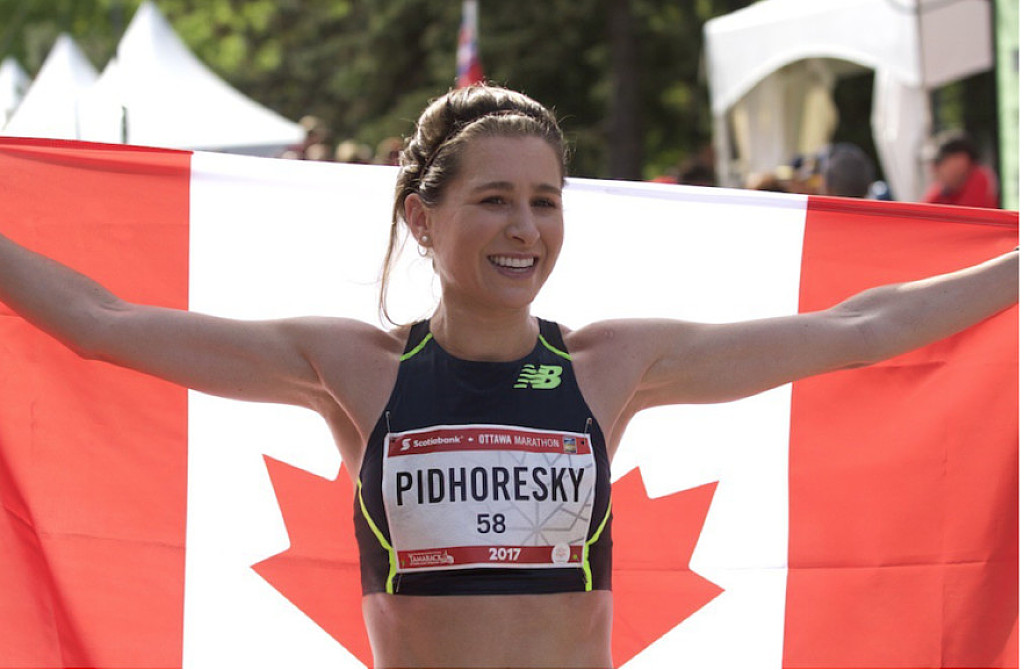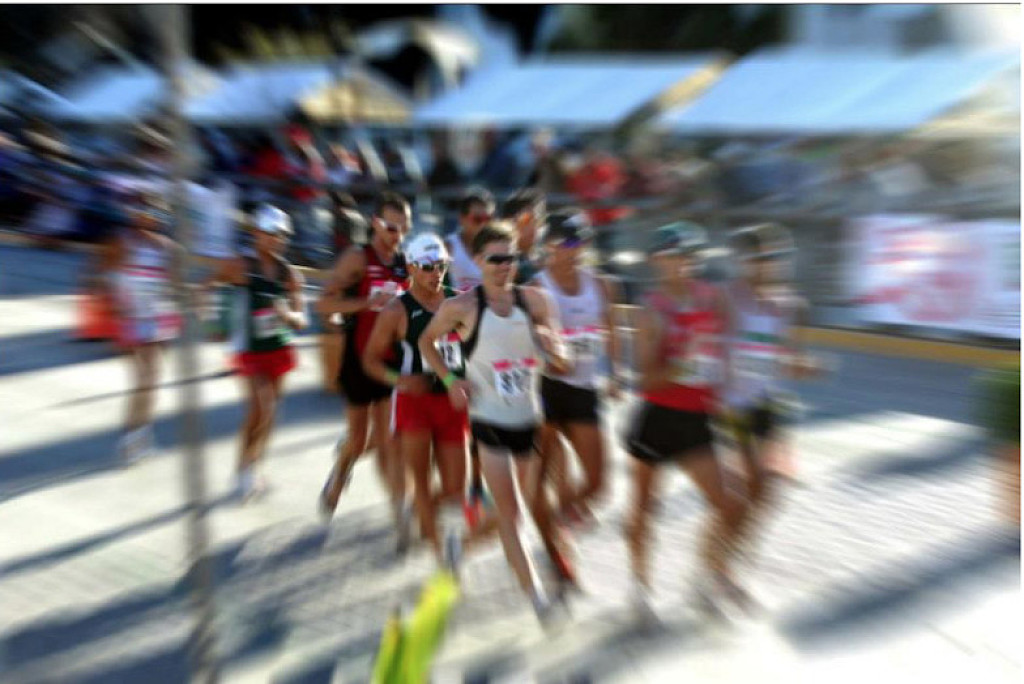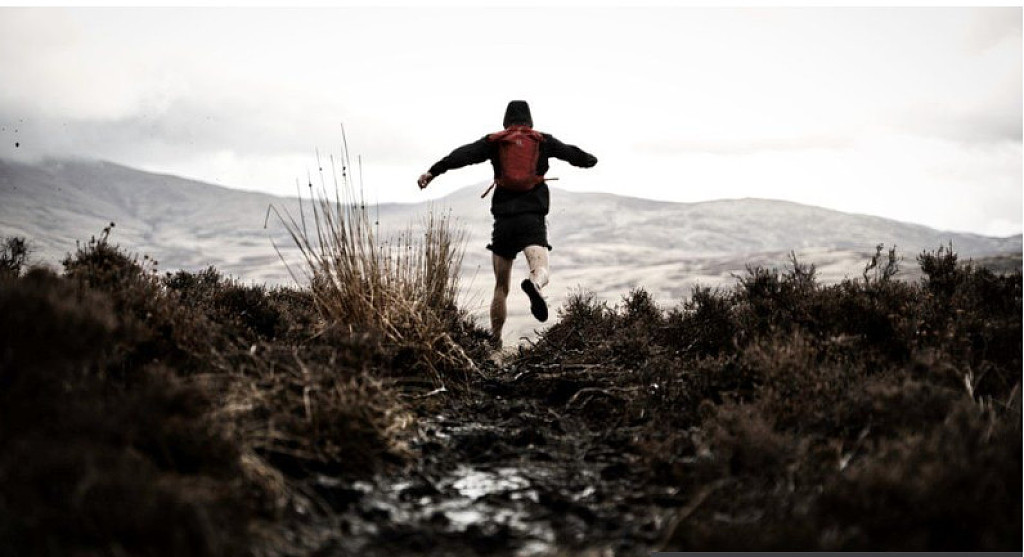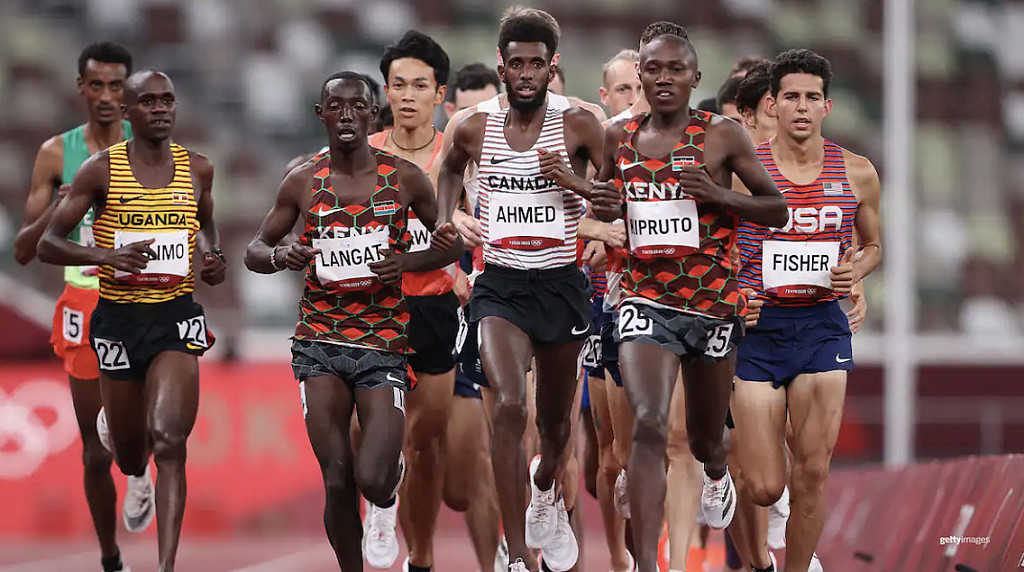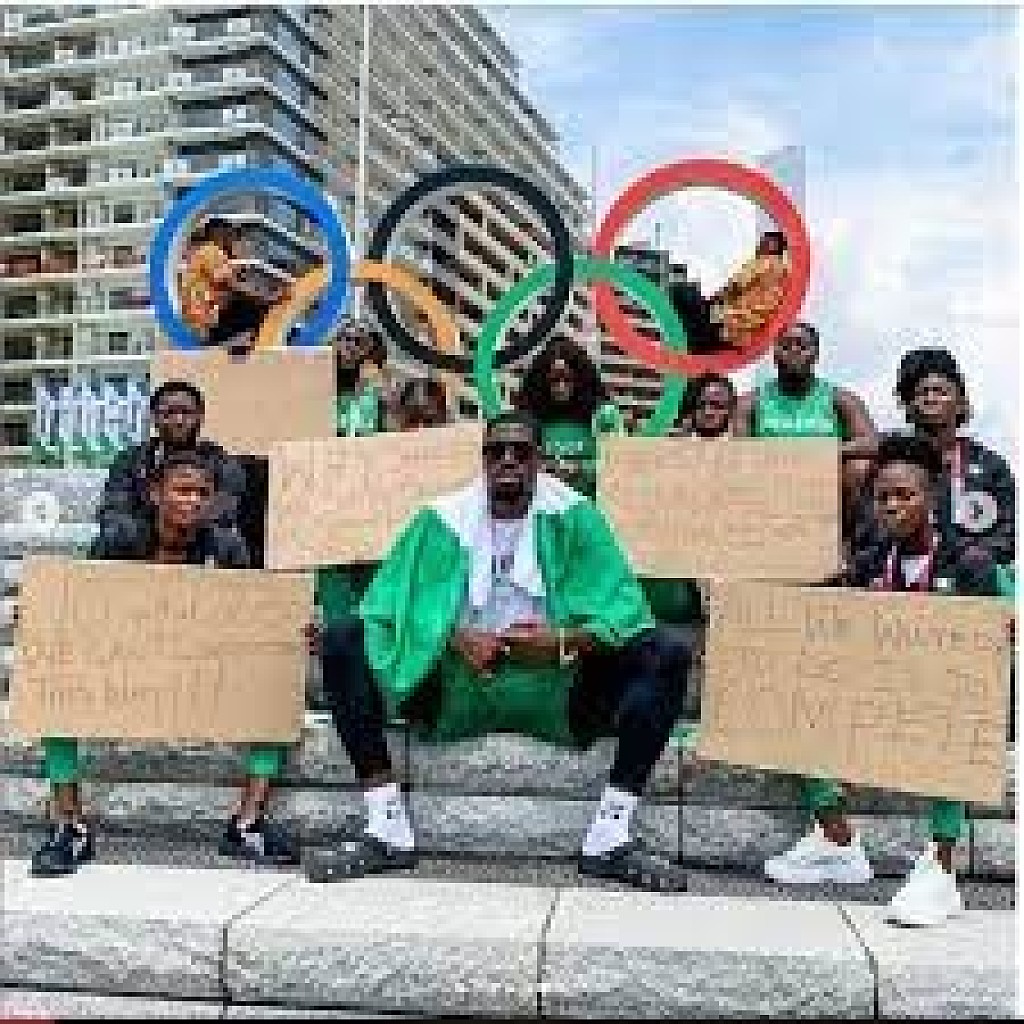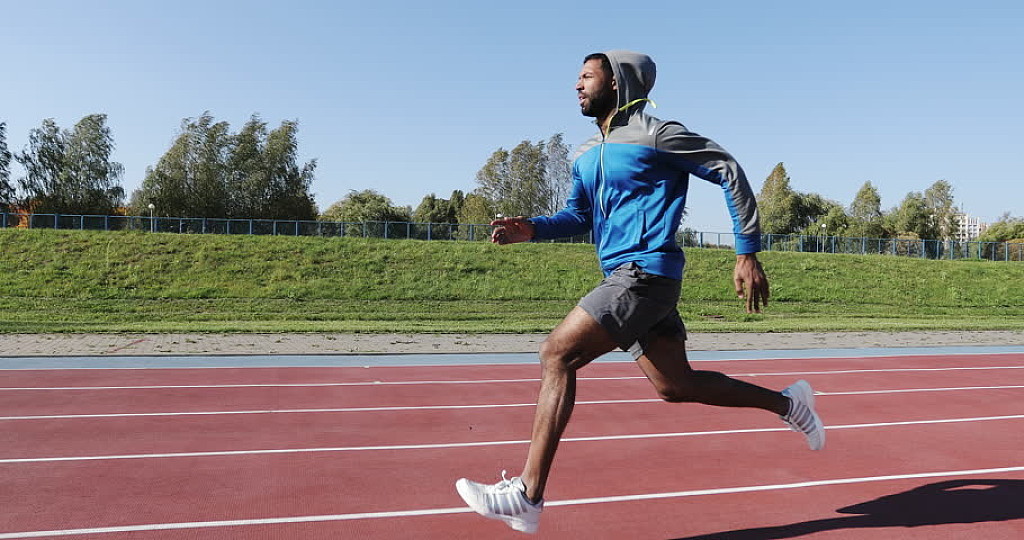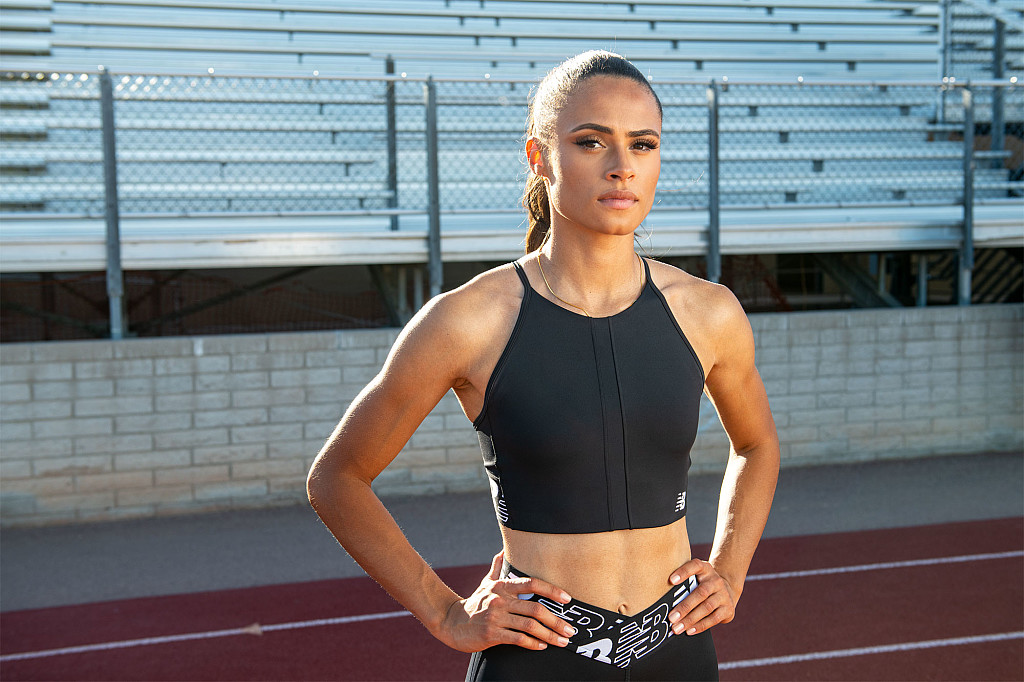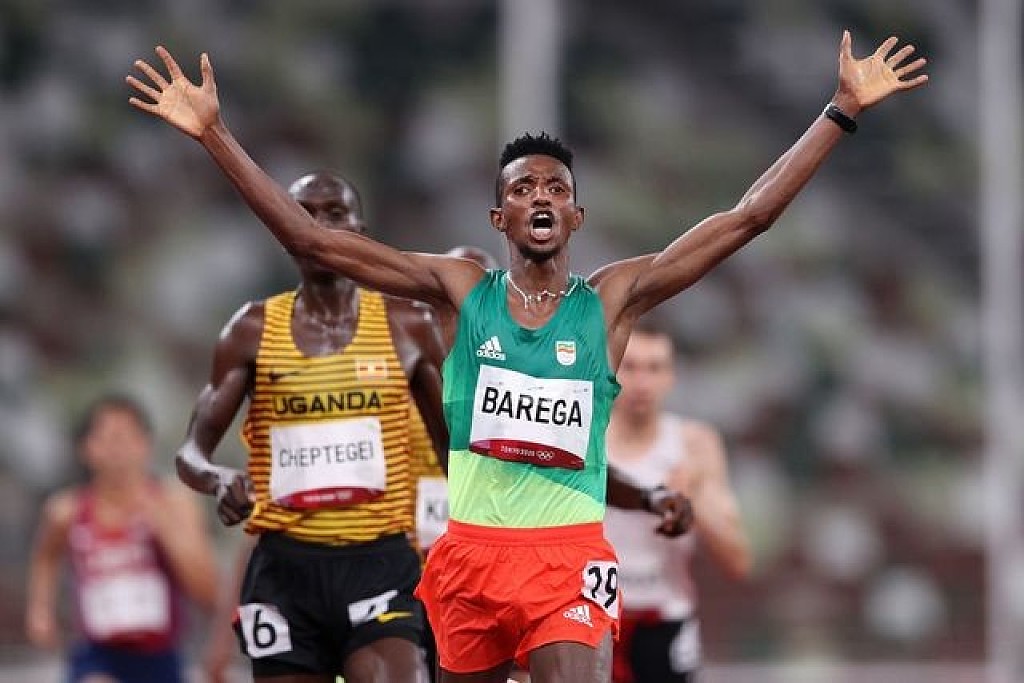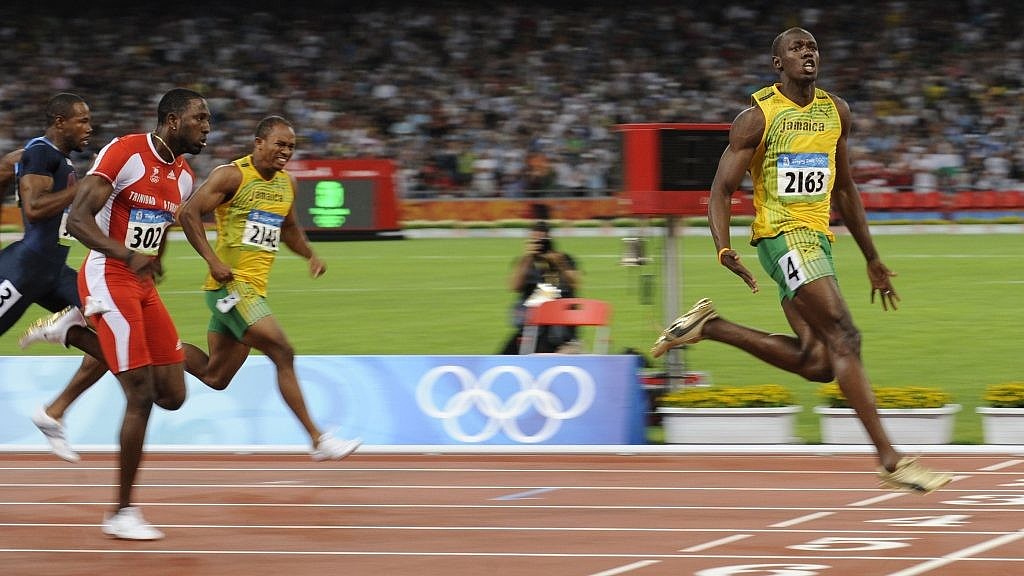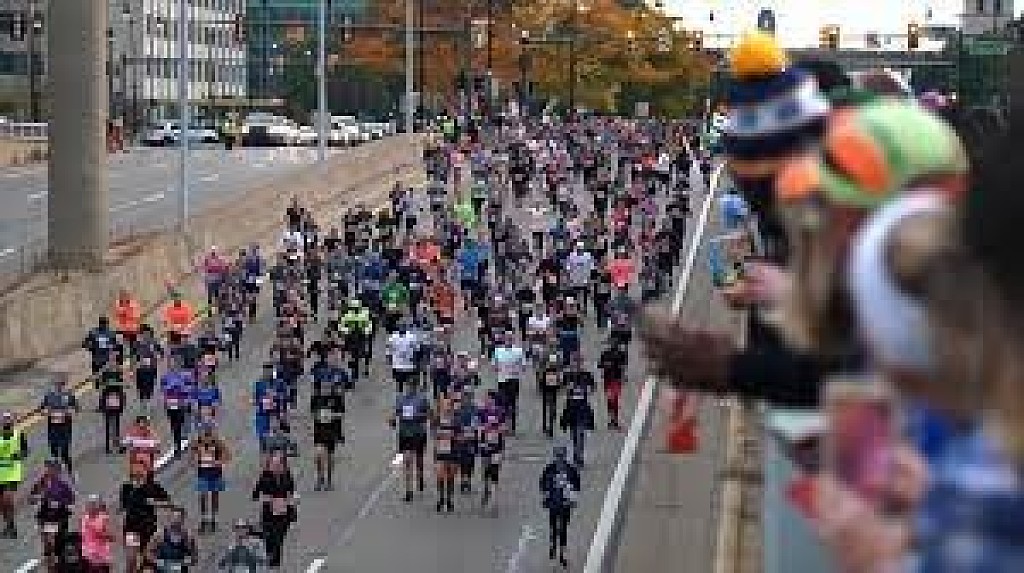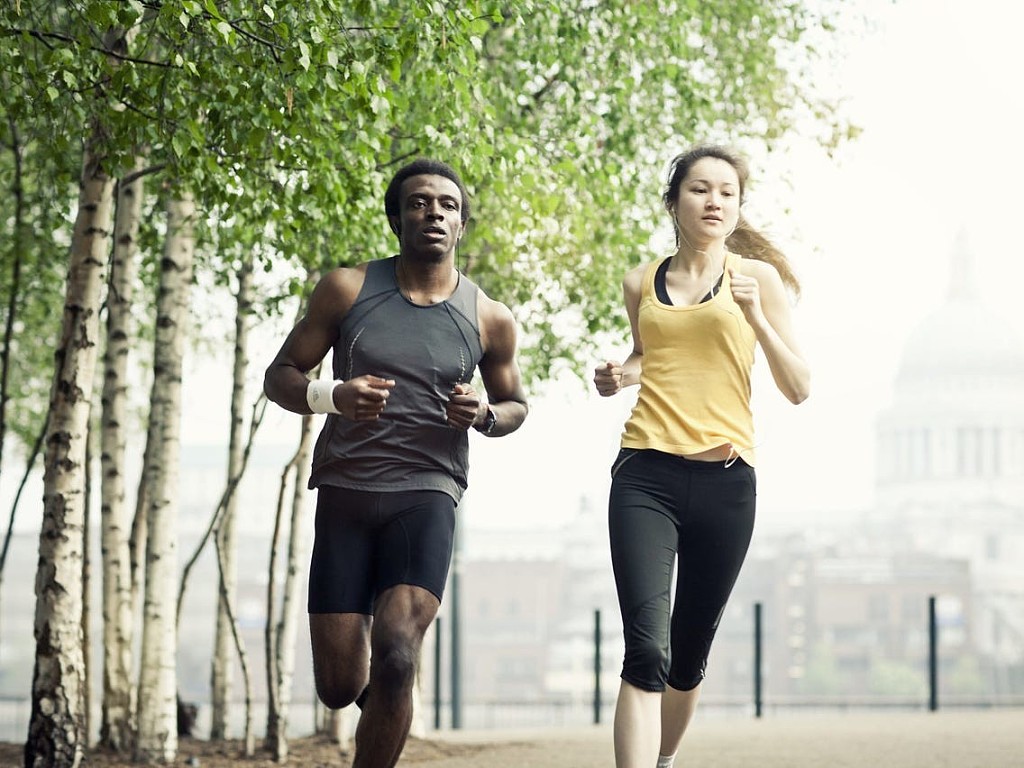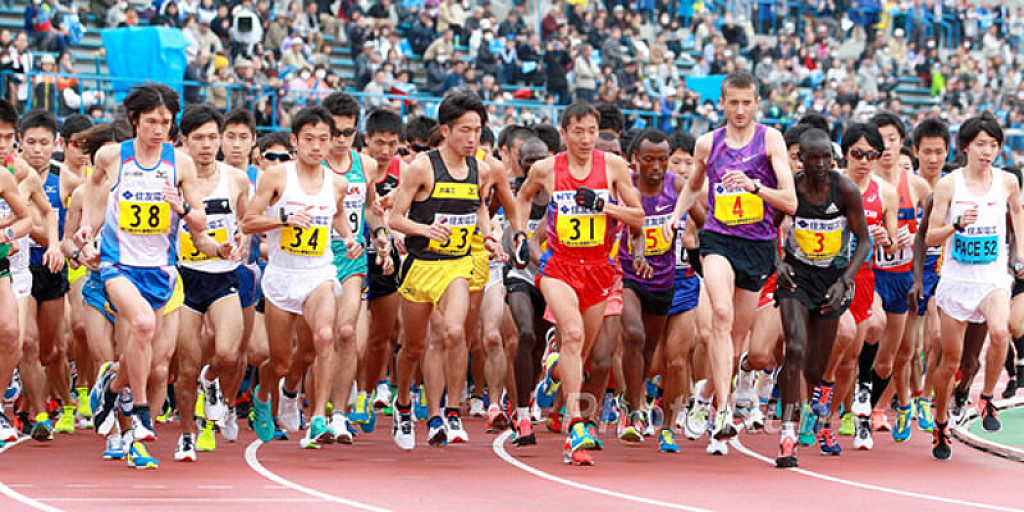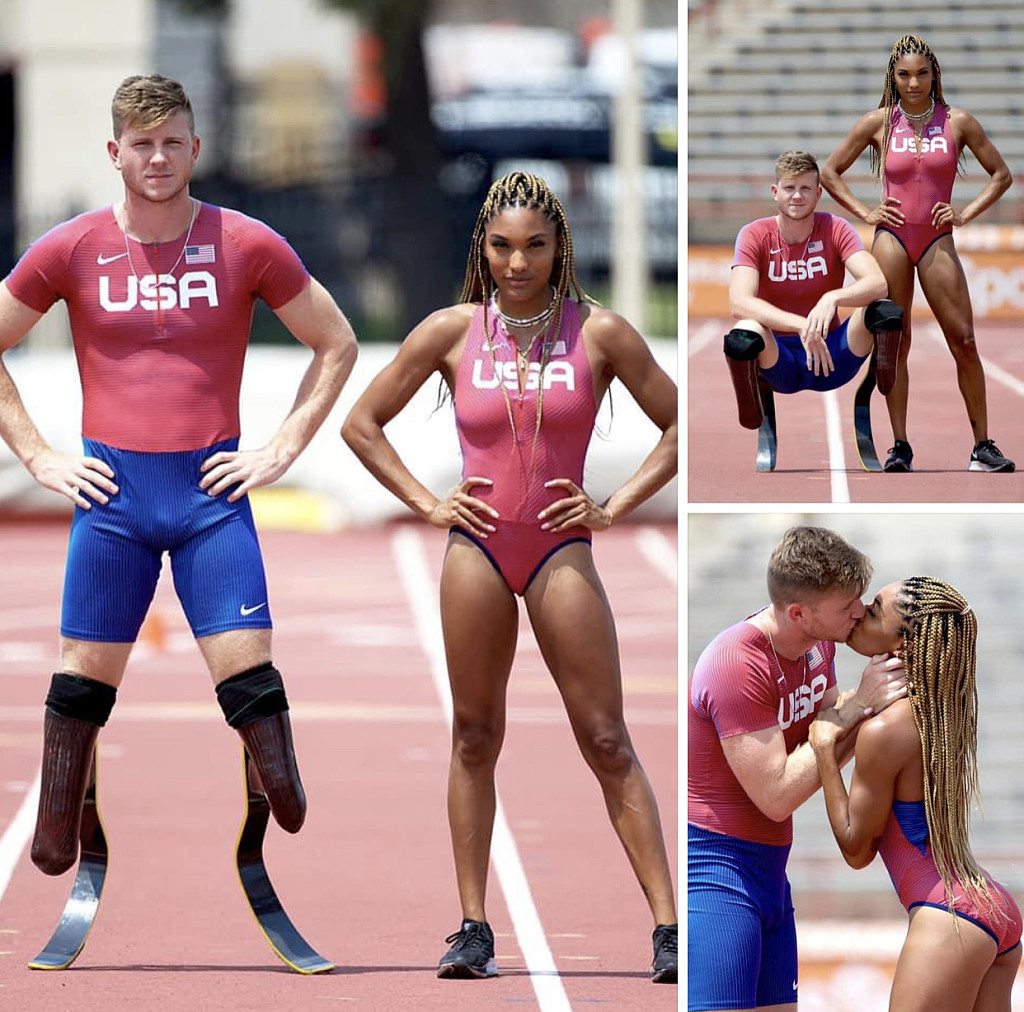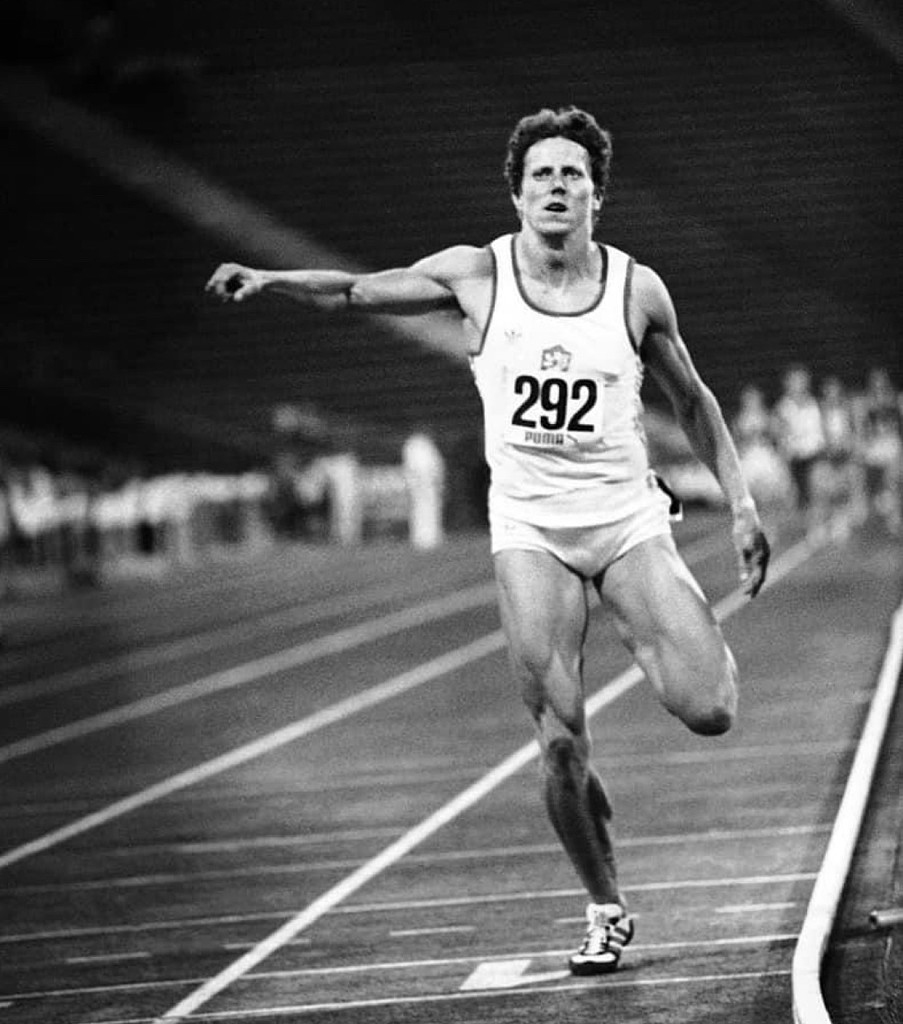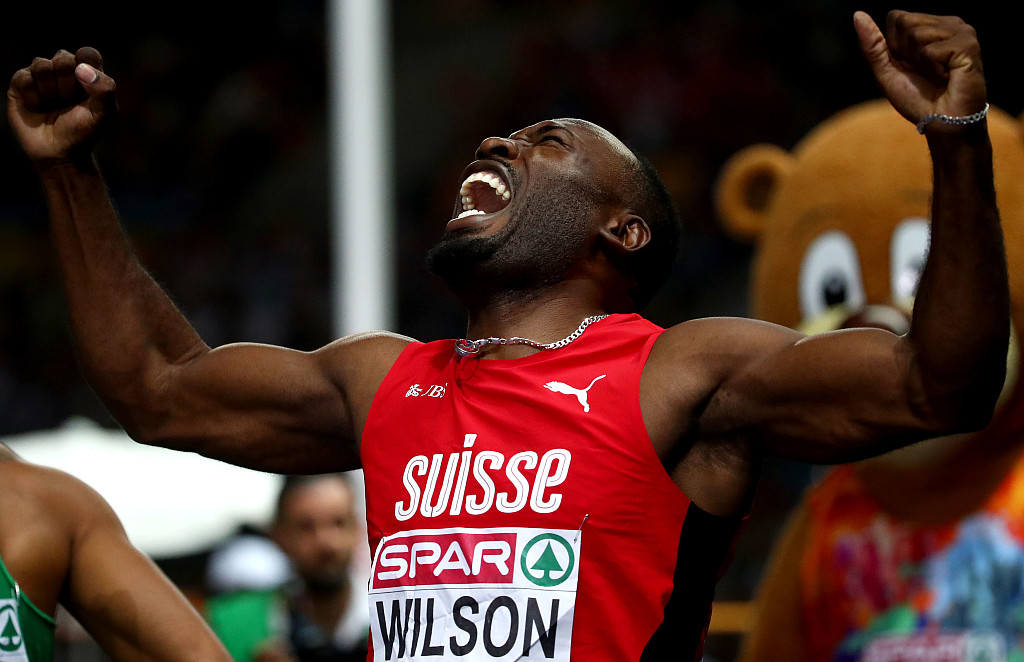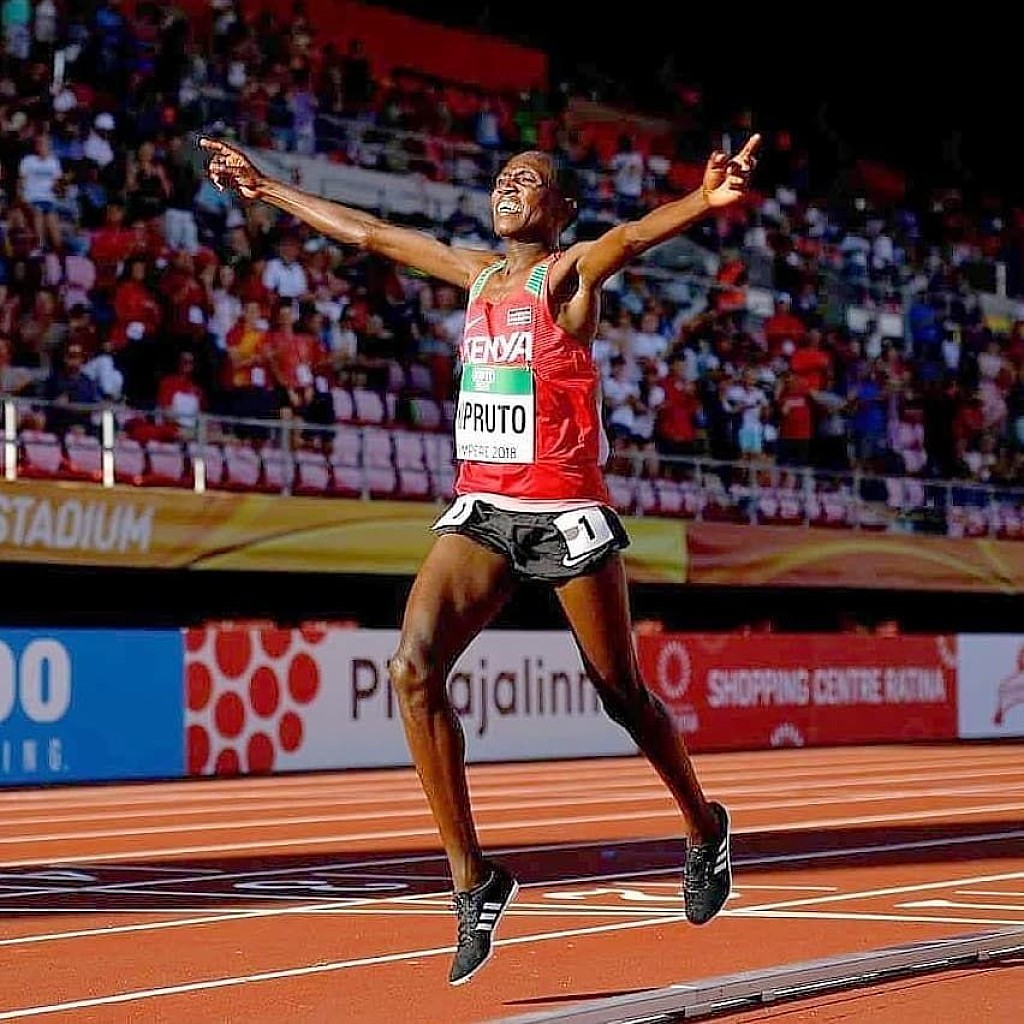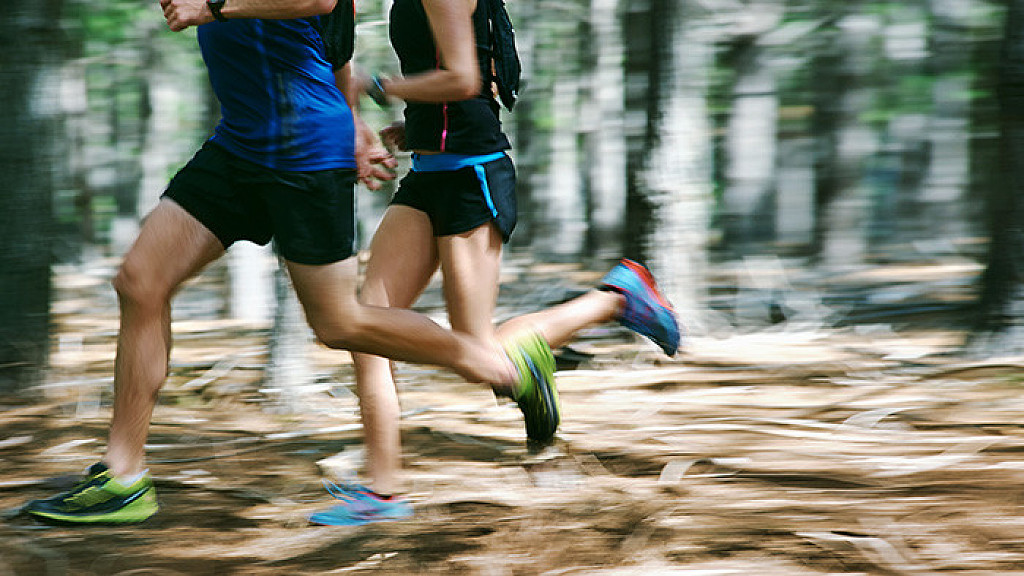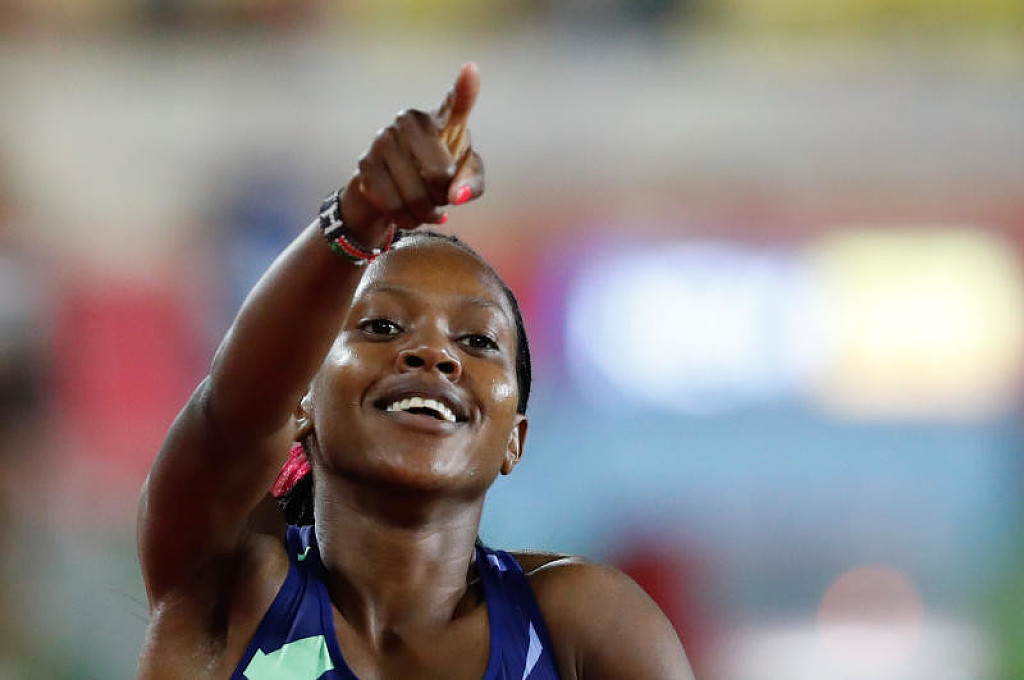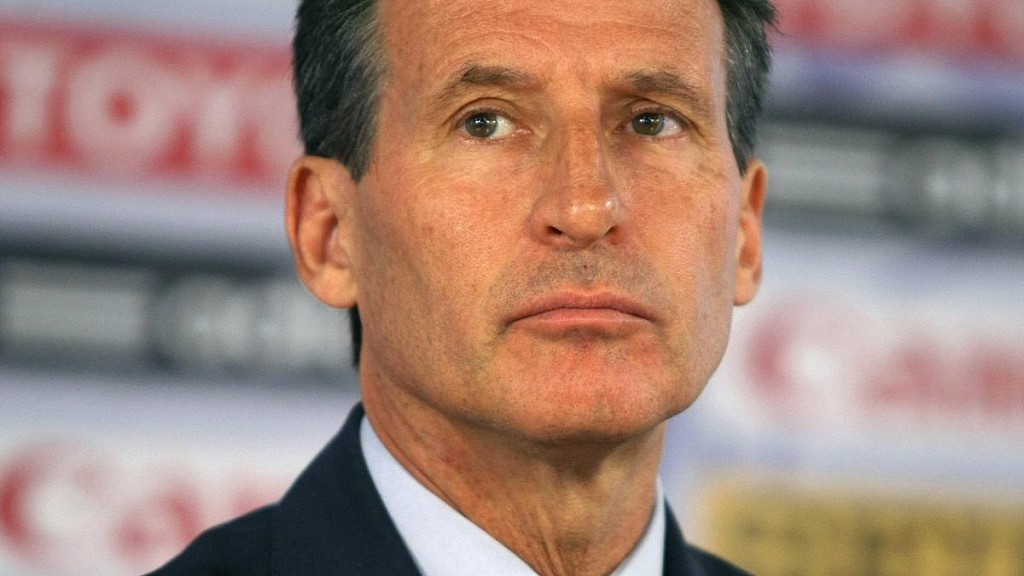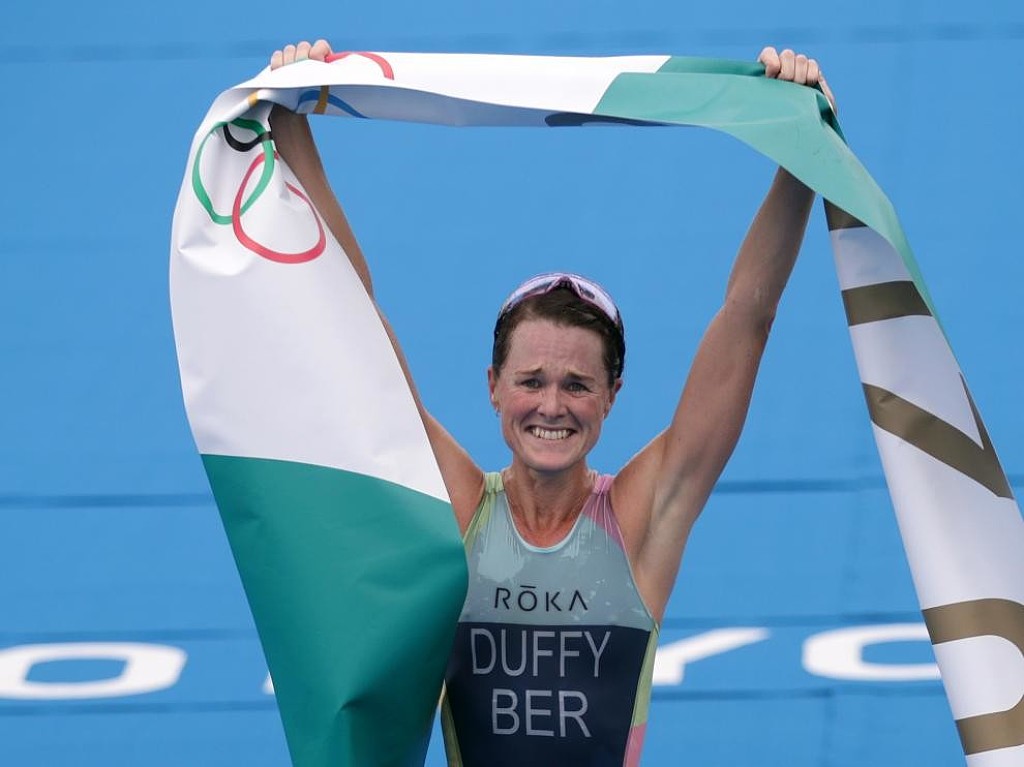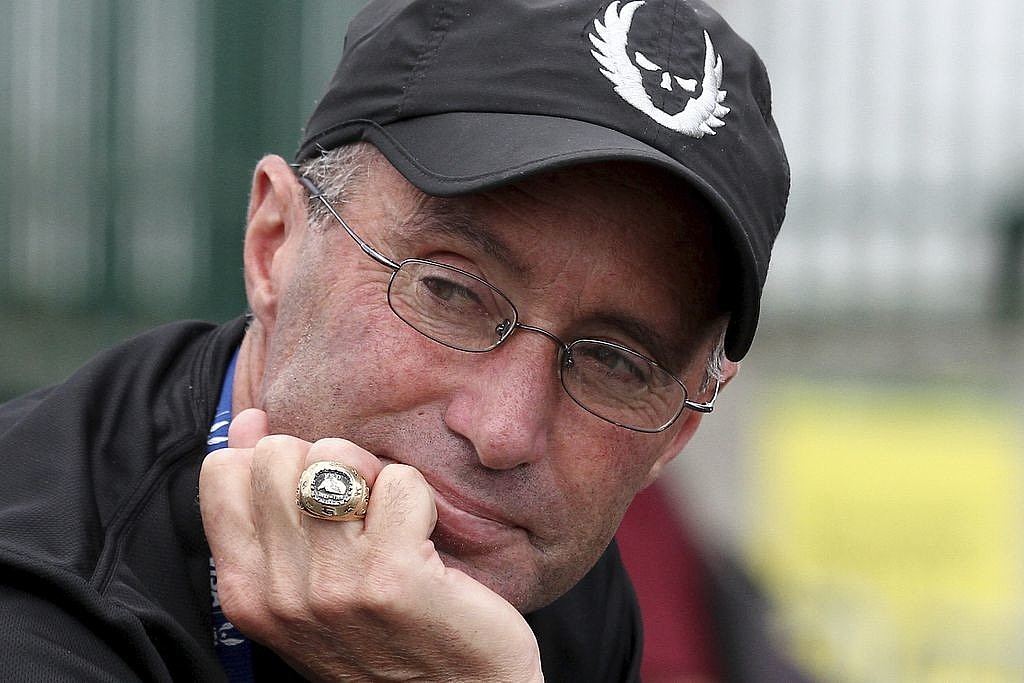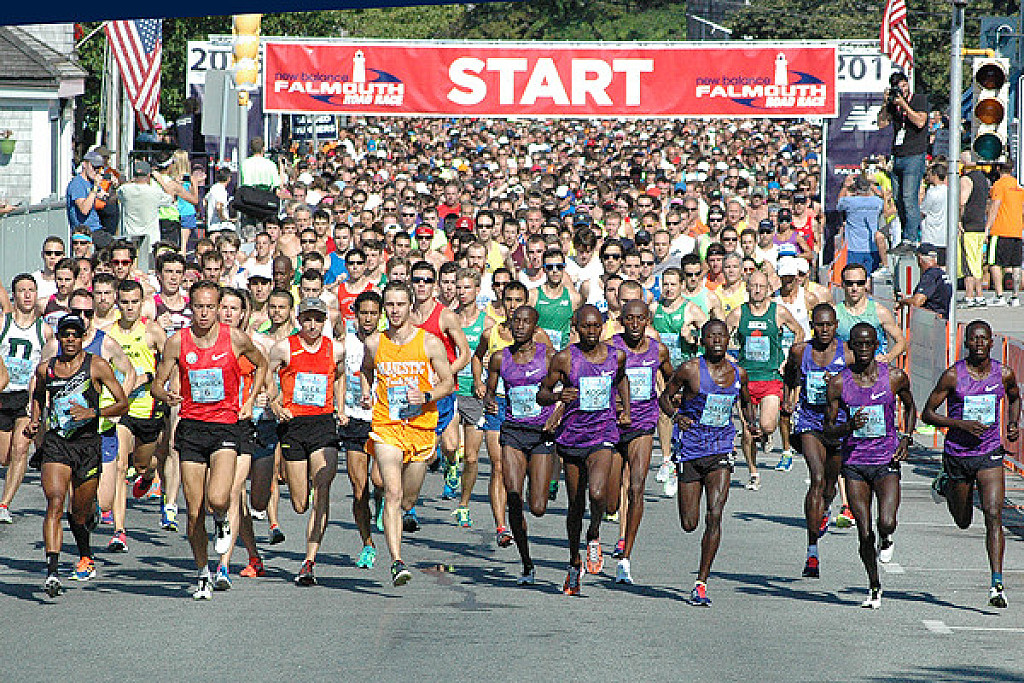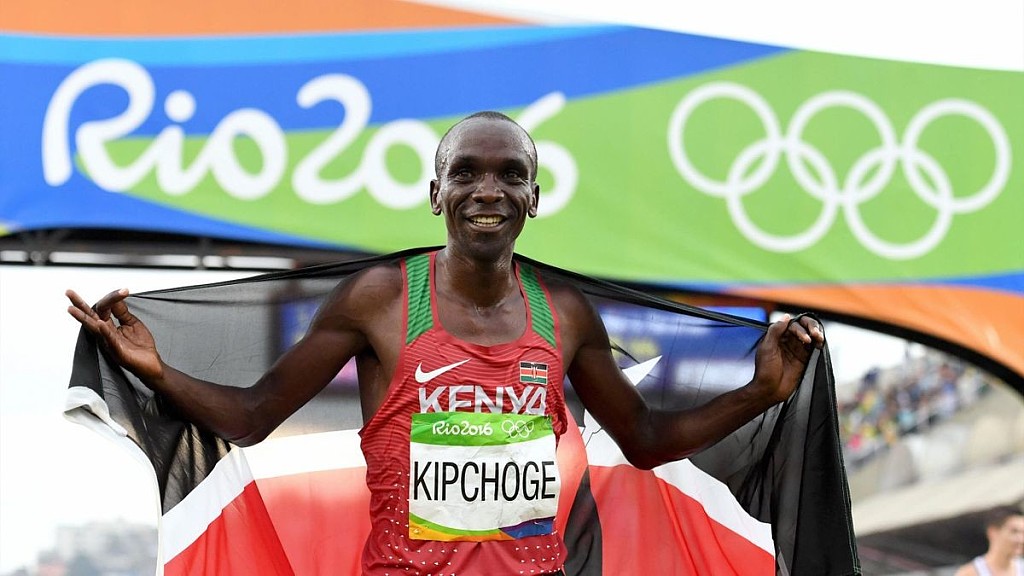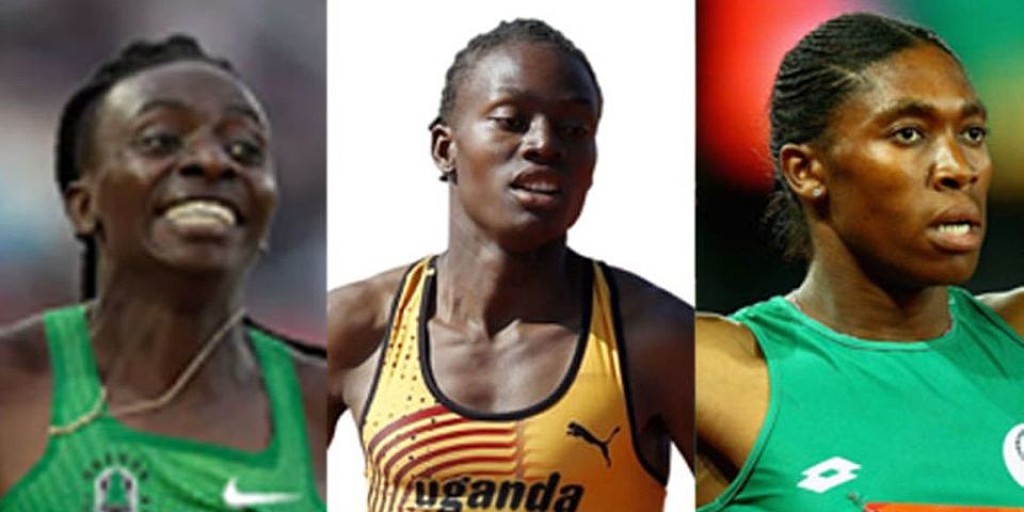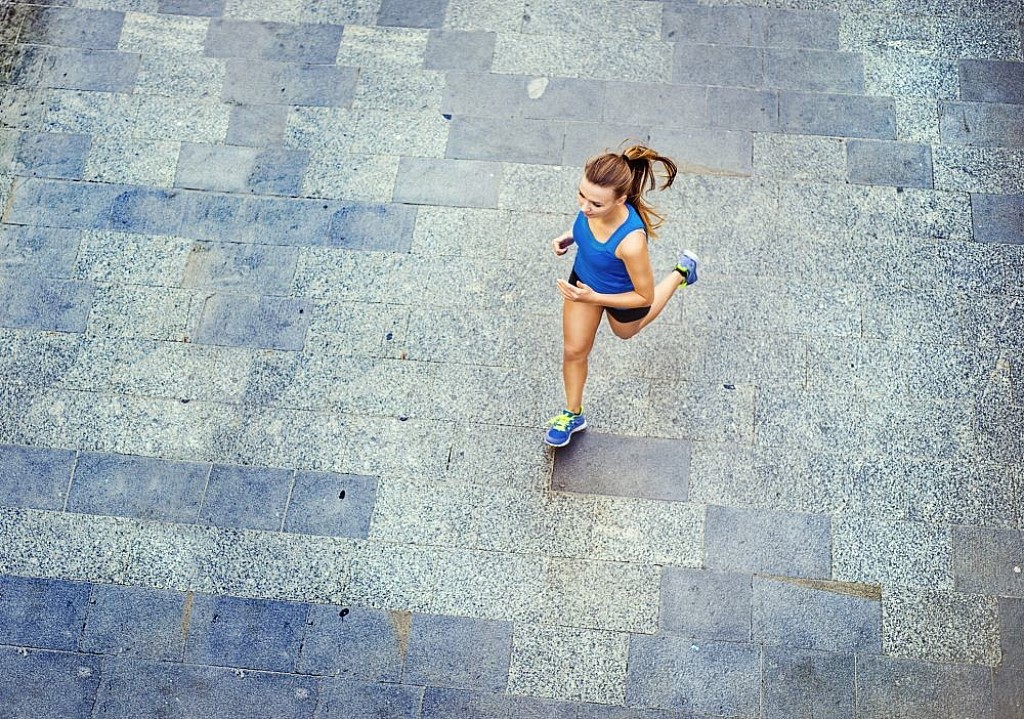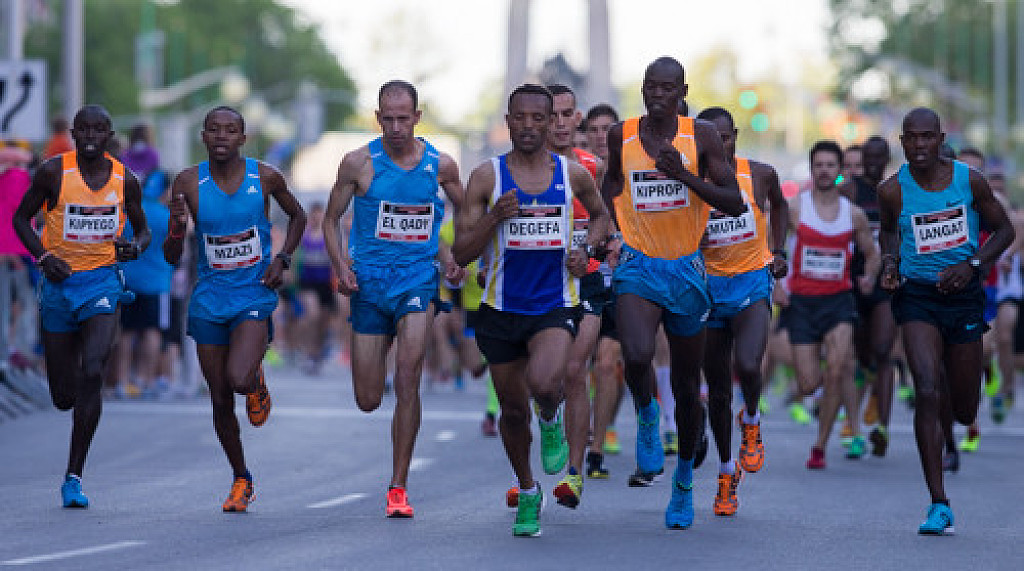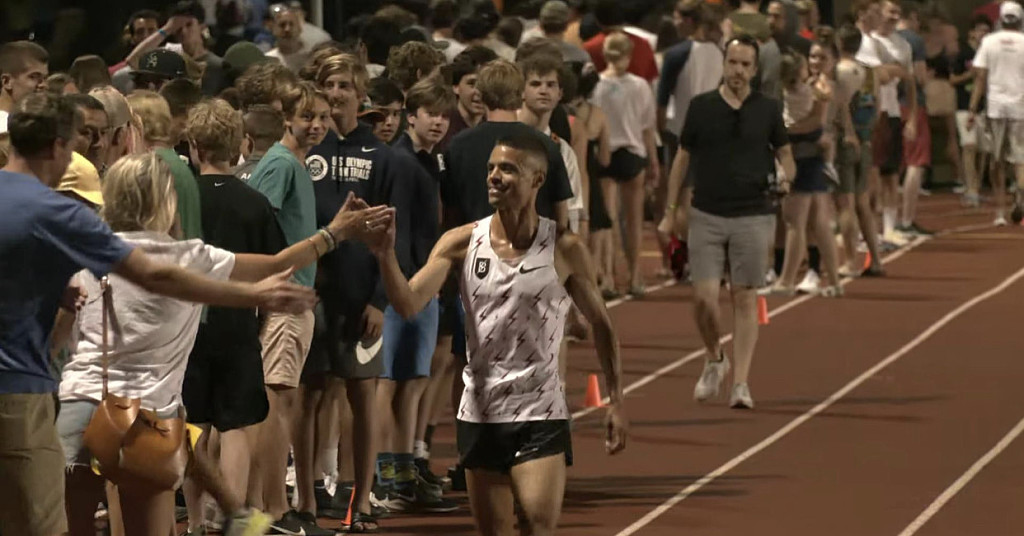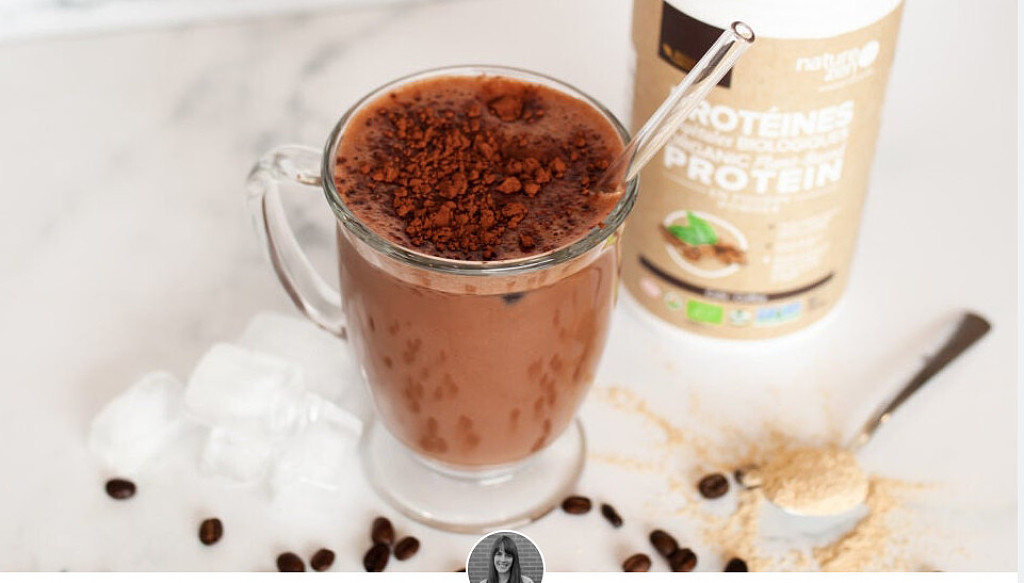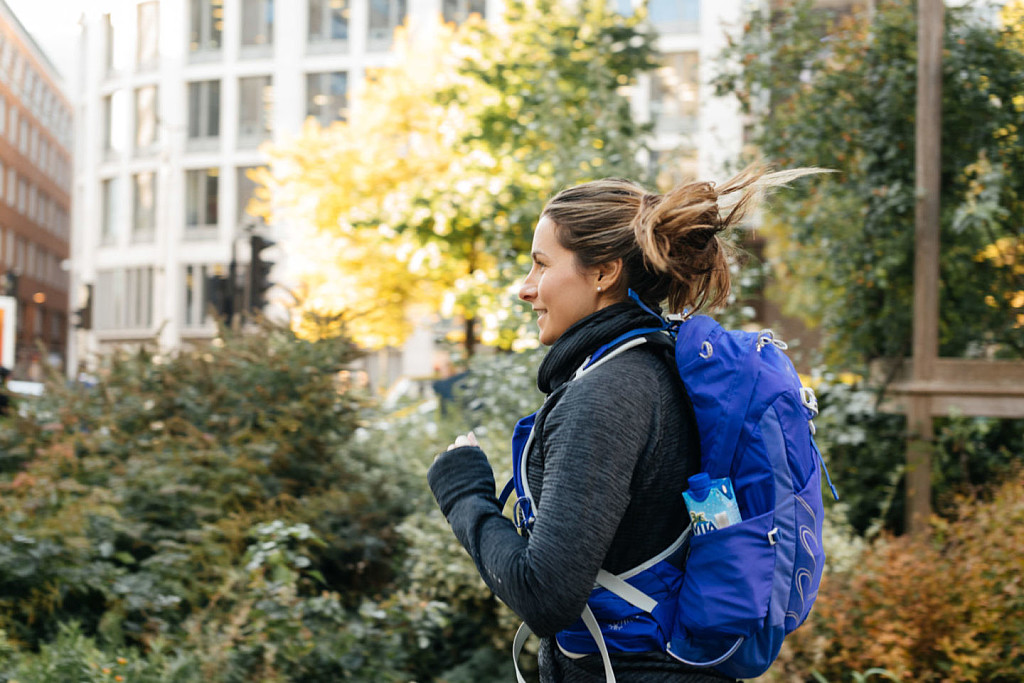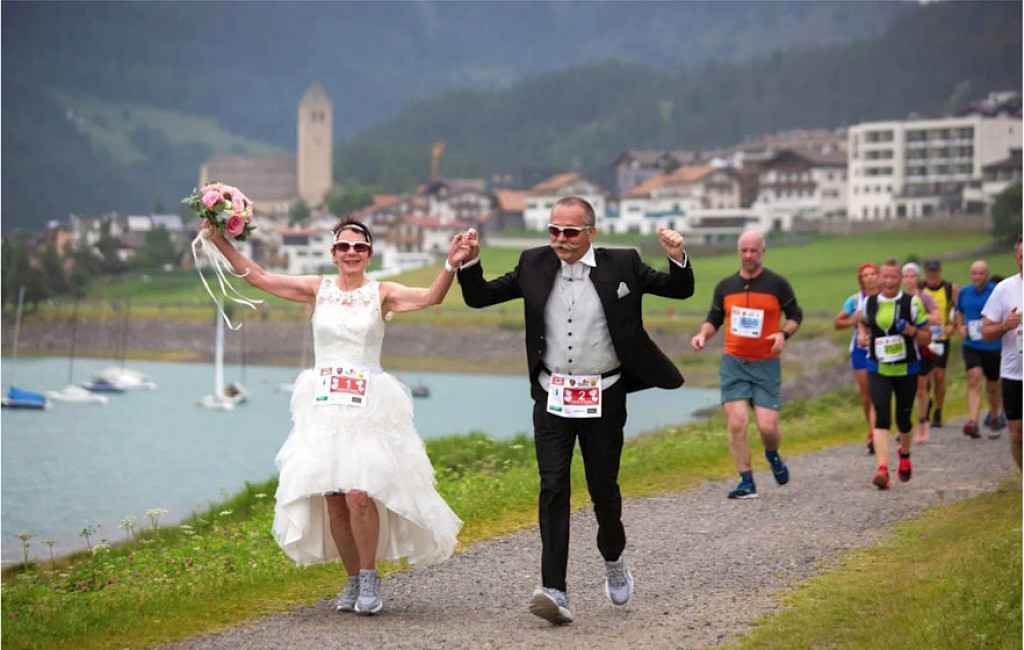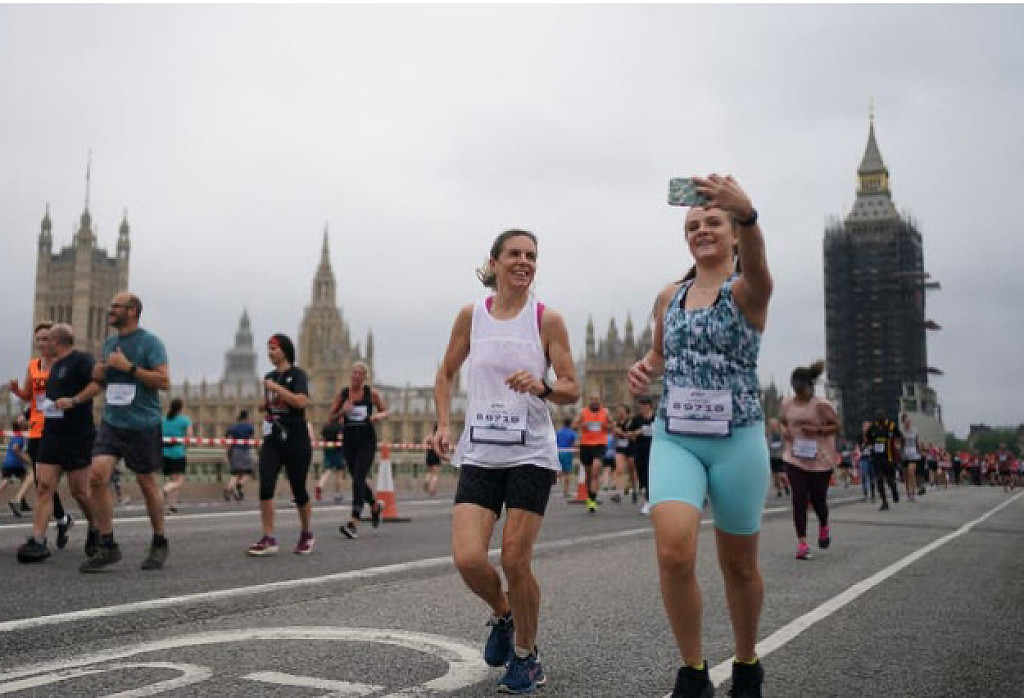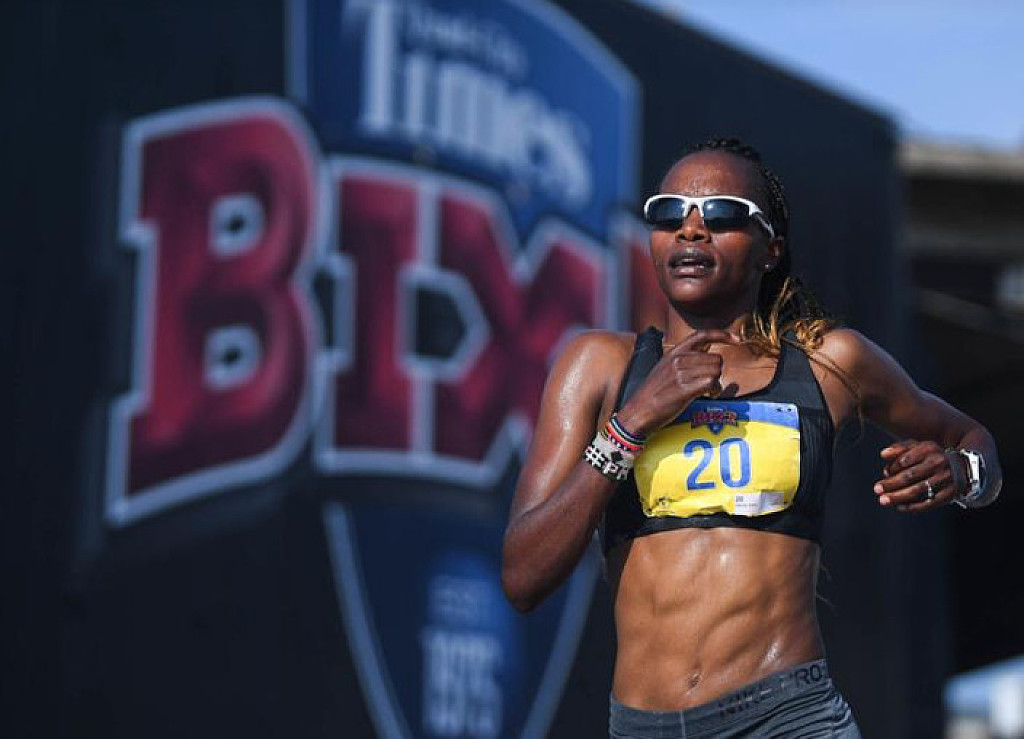Running News Daily
Running News Daily is edited by Bob Anderson in Mountain View, California USA and team in Thika Kenya, La Piedad Mexico, Bend Oregon, Chandler Arizona and Monforte da Beira Portugal. Send your news items to bob@mybestruns.com Advertising opportunities available. Over one million readers and growing. Train the Kenyan Way at KATA Running Retreat Kenya. (Kenyan Athletics Training Academy) in Thika Kenya. Opening in june 2024 KATA Running retreat Portugal. Learn more about Bob Anderson, MBR publisher and KATA director/owner, take a look at A Long Run the movie covering Bob's 50 race challenge.
Index to Daily Posts · Sign Up For Updates · Run The World Feed
BAA will Highlight Indigenous Runners At This Year's Marathon
The Boston Athletic Association says it will celebrate Native Americans during this year's Boston Marathon, which is being held on Indigenous People's Day.
The announcement comes after members of Brookline's Select Board criticized the BAA for scheduling the race on the holiday, also known as Columbus Day.
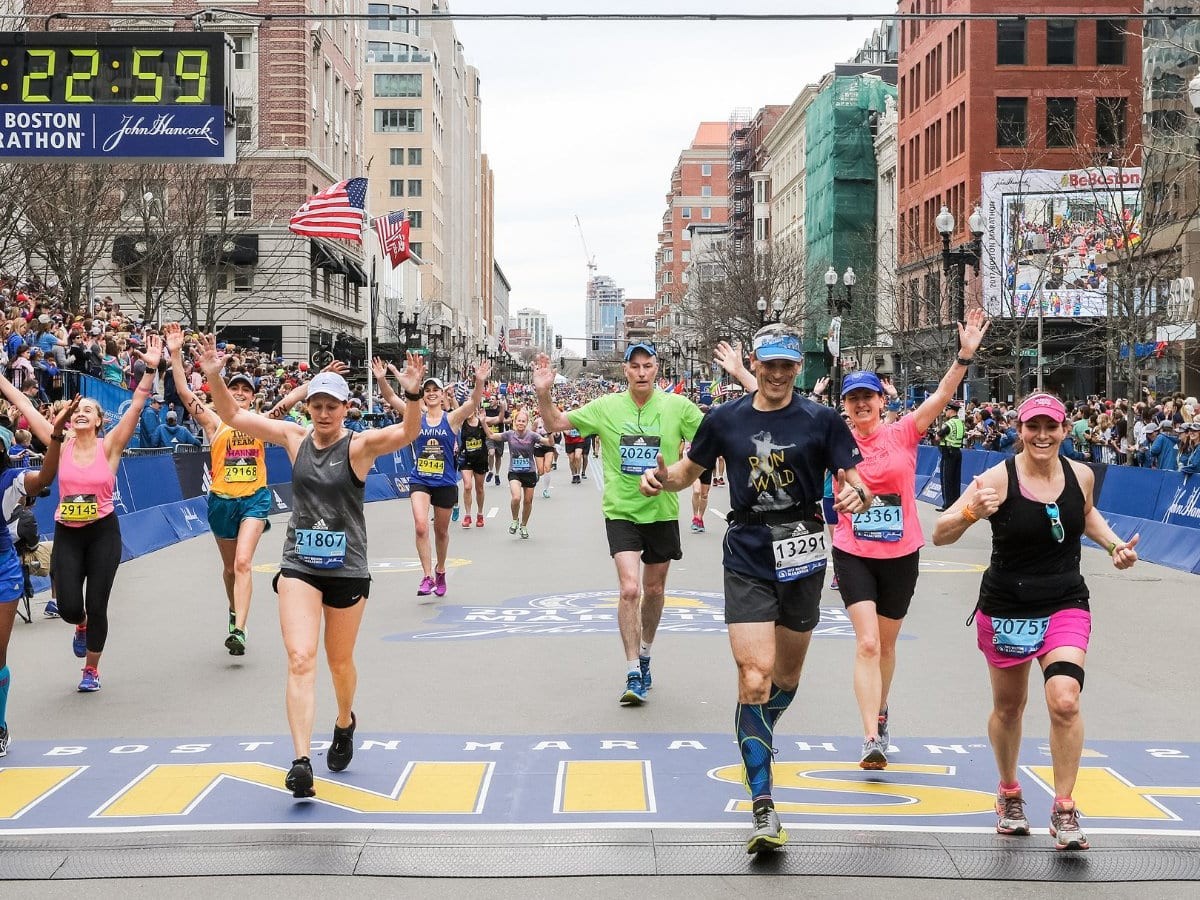
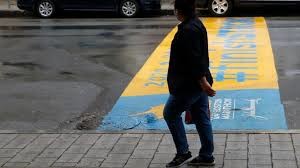
The BAA said in a statement that it will highlight indigenous people who have participated in past marathons and that it will work with Indigenous peoples' committees along the marathon route.
"As our planning to organize the road race progresses, we look forward to a continuing collaboration with many — including Indigenous Peoples groups — to best highlight the unique characteristics of this year’s October marathon," the BAA said.
(08/03/2021) ⚡AMPby Sara-Rose Brenner
Boston Marathon
Among the nation’s oldest athletic clubs, the B.A.A. was established in 1887, and, in 1896, more than half of the U.S. Olympic Team at the first modern games was composed of B.A.A. club members. The Olympic Games provided the inspiration for the first Boston Marathon, which culminated the B.A.A. Games on April 19, 1897. John J. McDermott emerged from a...
more...Athing Mu wins gold for U.S. in women’s 800 meters
Athing Mu solidified herself as one of America’s brightest stars, winning gold in the Women’s 800 final on Tuesday.
Mu crossed the finish line in 1:55.21 seconds to capture the title. American Raevyn Rogers took bronze with a time of 1:56.81 Great Britain's Keely Hodgkinson took the silver medal with a time of 1:55.88.
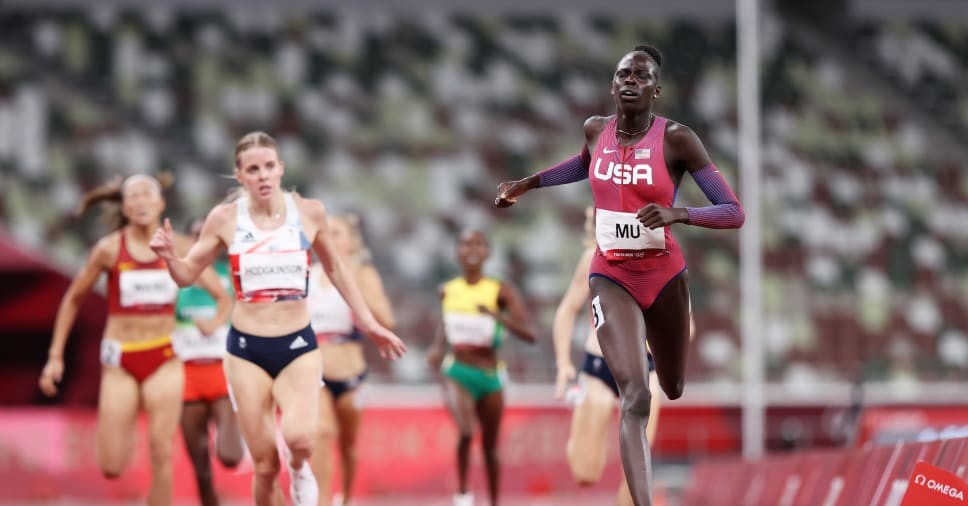
The 19-year-old Trenton, N.J. native whose parents came to the U.S. from Sudan, became the youngest American woman to win an individual Olympic track and field gold medal since Wyomia Tyus in the 100m at the 1964 Tokyo Olympics.
Mu dominated the competition from the moment she stepped on the track in Tokyo. Mu posted a time of 2:01.10 in Round 1 and 1:58.07 in the semifinal, finishing first in both heats.
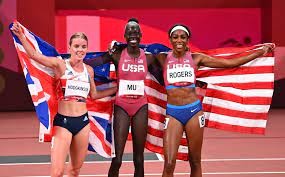
She entered Tokyo as the gold medal favorite and set multiple collegiate indoor and outdoor records in the 800m, 400m and 4x400m relay as a freshman at Texas A&M and turned pro shortly before the Olympic trials in June.
Mu will now have her name written in the history books forever as an Olympic champion.
(08/03/2021) ⚡AMPby James Belt
Tokyo 2020 Olympic Games
Fifty-six years after having organized the Olympic Games, the Japanese capital will be hosting a Summer edition for the second time, originally scheduled from July 24 to August 9, 2020, the games were postponed due to coronavirus outbreak, the postponed Tokyo Olympics will be held from July 23 to August 8 in 2021, according to the International Olympic Committee decision. ...
more...Norway´s Karsten Warholm breaks the 400m hurdles world record at the Tokyo Olympic Games
Nearly two and a half hours have passed since Karsten Warholm blasted across the finish line of the Olympic 400m hurdles final and the sporting world is still trying to grasp what it had witnessed at Tokyo's National Stadium on Tuesday (3) afternoon.
Thirty-three days ago, the Norwegian broke the world record in the event which had stood for nearly 29 years, clocking 46.70. This morning he won the most anticipated face-off of the 2020 Olympic Games by obliterating that mark with an unfathomable 45.94* performance to rip another 0.76 from his own world record.
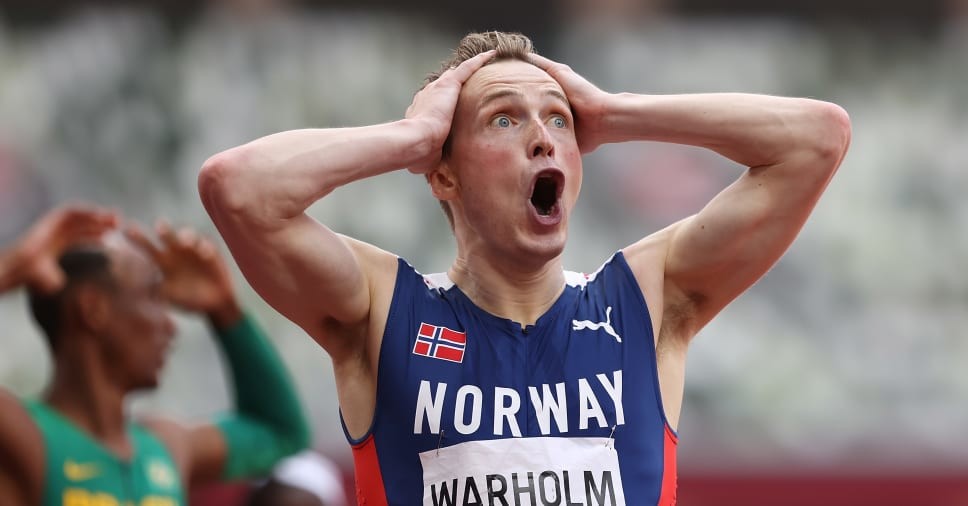
Adequate superlatives don't yet exist to describe the magnitude of what the 25-year-old has just accomplished – world records over one lap of the track simply don't get smashed by the margin that Warholm managed to concoct this morning. For now, calling this the finest race in athletics history will have to suffice.
Indeed, all the more astounding is that Warholm had Rai Benjamin, his chief rival, for company for nearly those entire 45.94 seconds. Benjamin crossed the line in 46.17, itself an extraordinary performance that would have shattered the previous world record. Illustrating the race’s extraordinary depth, Alison dos Santos of Brazil finished a well-beaten third in 46.72, a performance that would have broken the world record just over a month ago.
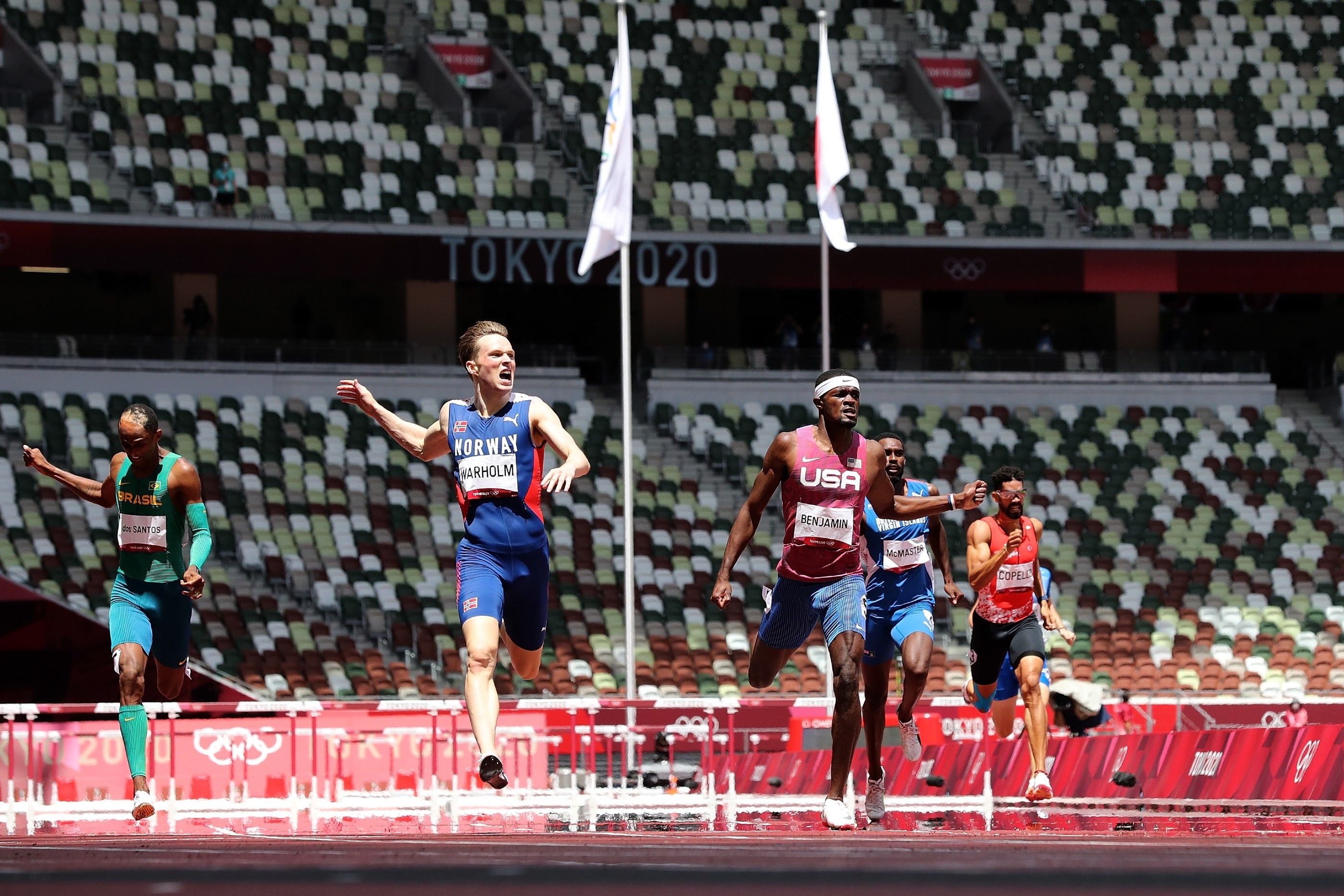
Nearly three decades had passed before someone managed to chip 0.08 from Kevin Young's legendary mark set at the 1992 Olympics. Today's performance eclipsed that by nearly a full second, blasting the record into sub-46 territory, something utterly incomprehensible – until today.
Even Warholm looked at the scoreboard in disbelief as he powered down after crossing the line, his jaw dropping, eyes popping. The only obvious reaction was to rip open his singlet and let out a series of roars.
“It's so crazy,” Warholm said. “This is by far the biggest moment of my life.”
To the former, Benjamin concurred.
“I don’t think Usain Bolt’s 9.5 was better than this,” he said, referring to Usain Bolt’s 9.58 100m world record set in 2009.
The pair – Benjamin in lane five, Warholm in six – set off on an aggressive pace, marking clear distance on the field by the second hurdle. Warholm chiseled together a visible advantage by the third barrier and carried a clear lead into the final bend. But Benjamin didn't panic.
Warholm led as the pair entered the final straight, but wasn't gaining ground as they approached hurdle nine. Benjamin managed to chip away at the lead and nearly caught Warholm at the final hurdle, but that surge cost him, leaving him drained as he landed, unable to respond as Warholm began to pull away.
(08/03/2021) ⚡AMPby World Athletics
Tokyo 2020 Olympic Games
Fifty-six years after having organized the Olympic Games, the Japanese capital will be hosting a Summer edition for the second time, originally scheduled from July 24 to August 9, 2020, the games were postponed due to coronavirus outbreak, the postponed Tokyo Olympics will be held from July 23 to August 8 in 2021, according to the International Olympic Committee decision. ...
more...Runner’s nutrition highlights from the ACSM annual meeting
The American College of Sports Medicine (www.ACSM.org) is a professional organization with more than 17,400 members who are doctors, dietitians, psychologists, exercise physiologists, and other health professionals who work with athletic people. At ACSM’s 2021 Annual Meeting in June, members shared their knowledge and latest research. Here are just a few sports nutrition highlights that might be of interest to runners.
• Male cyclists often have weaker bones than runners, in part because they are not doing weight-bearing exercise. Bone loss has also been seen in NCAA male basketball players—as much as 6% bone loss in a year. Why? The decline might be related to calcium lost in sweat. Hence, runners who sweat heavily might be wise to consume more calcium-rich foods. Chocolate milk for a recovery drink?
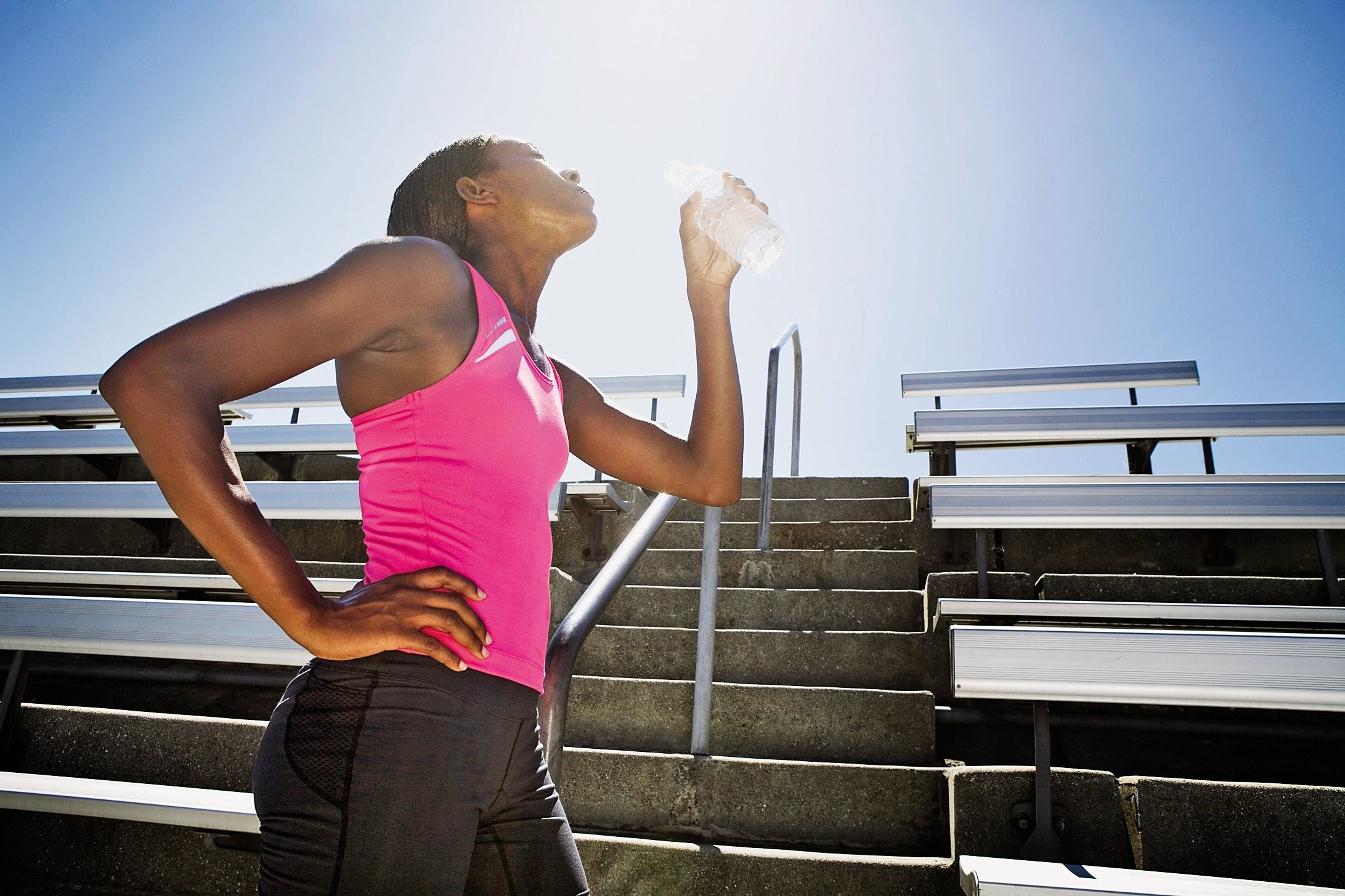
• Weight-conscious runners who are Intermittent Fasting commonly skip breakfast. Breakfast skippers tend to be less physically active; they do not lose more body fat than breakfast eaters. No harm in fueling up for an active day!
• Whether you are a collegiate athlete, a CrossFit fan, or a gym rat, you can experience similar changes in body fat. No one exercise or exercise setting is superior to another. Hard work creates the desired results, regardless of where you train.
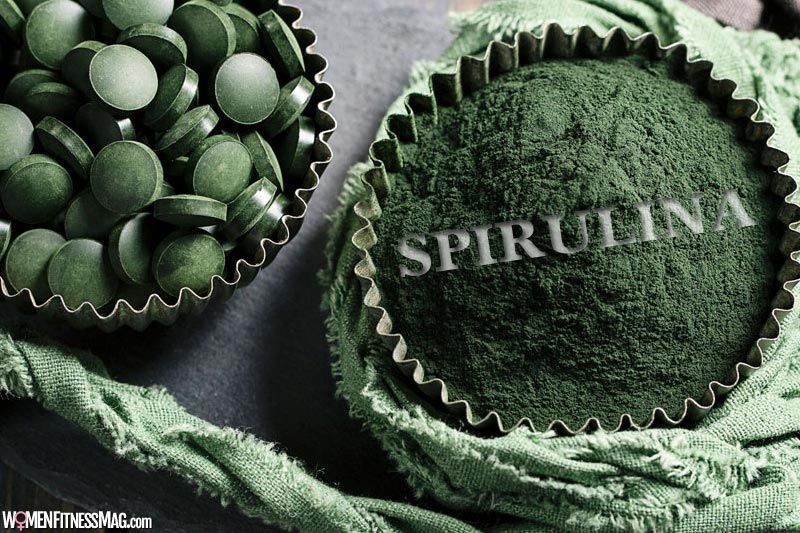
• Global warming means outdoor runners will be spending more time exercising in the heat—and that can take its toll on performance. To beat the heat, try pre-cooling your body by draping a towel dipped in ice water around your neck. You can also put ice packs on your thighs for 20 minutes. Dropping your body temperature pre-run can help you perform better during subsequent exercise.
• To reduce heat stress, up can also cool yourself from the inside out by consuming ice slurries before and during your run.
• Elementary school children at a soccer camp trained for two hours in the morning and again in the afternoon. In the morning, the fluid station was set up beside the pitch. The kids drank too little. In the afternoon, the kids each brought a personal water bottle inside the pitch. They drank enough to replace sweat losses. That simple change helped safeguard these 2nd and 3rd graders. All summer athletes should have water readily available.
• Even national-level male soccer players can struggle to consume enough fluids. On Day One of urine testing, 90% of the players were significantly dehydrated. None were well hydrated. Continuously monitoring hydration status nudged the players to drink more fluids. If you are exercising in the heat, be sure to drink enough so that your first morning urine is not dark and smelly!
• Parents: Keep your eyes open for eating disorders in your young athletes. Among 2,109 middle school runners (1,252 boys; 857 girls), 1.5% reported a clinical history of eating disorder, or they met the criteria for elevated dietary restraint. Compared to the “normal” eaters, the restrained eaters were more likely to skip meals (68% vs 6%), follow a vegetarian diet (55% vs 13%) and use dietary supplements (84% vs 25%). They also reported running slower and recovering slower. Youth athletes should be taught to focus on fueling to grow and perform—and stop skimping on food to be lighter or leaner.
• Spirulina is a popular supplement that has been shown to have antioxidant and performance enhancing properties. A study that involves muscle-damaging exercise suggests spirulina supplementation (6 grams/day) did not offer any benefits in terms of muscle performance or recovery from muscle damage.
•Not all athletes respond to ergogenic (energy-enhancing) sports supplements in the same way. A study with beta-alanine suggests differences in benefits were related more to sleep habits, motivation, nutrition, and training schedules – and less to the supplement itself. Hence, athletes are more likely to respond positively to a supplement if they create supportive lifestyles. No amount of supplements will compensate for an erosive lifestyle.
• To my dismay, nutrition is not always the winning edge. In the past five years, numerous track & field world records have been broken—not because of better nutrition but rather a new style of shoes that reduces effort. Regardless, I recommend you keep eating wisely and fueling well!
(08/02/2021) ⚡AMPby Colorado Runner
Kenya´s Olympic Steeple Streak Broken by Soufiane El Bakkali of Morroco
Two-time world medalist Soufiane El Bakkali of Morocco, fourth at the Rio Games, found an extra gear near the final water jump to claim men’s steeplechase gold, becoming the first non-Kenyan to win the event since 1980.
El-Bakkali won in 8 minutes, 8.90 seconds on a wet track at the Olympic Stadium in Tokyo. He finished well clear of Lamecha Girma of Ethiopia, who took the silver.
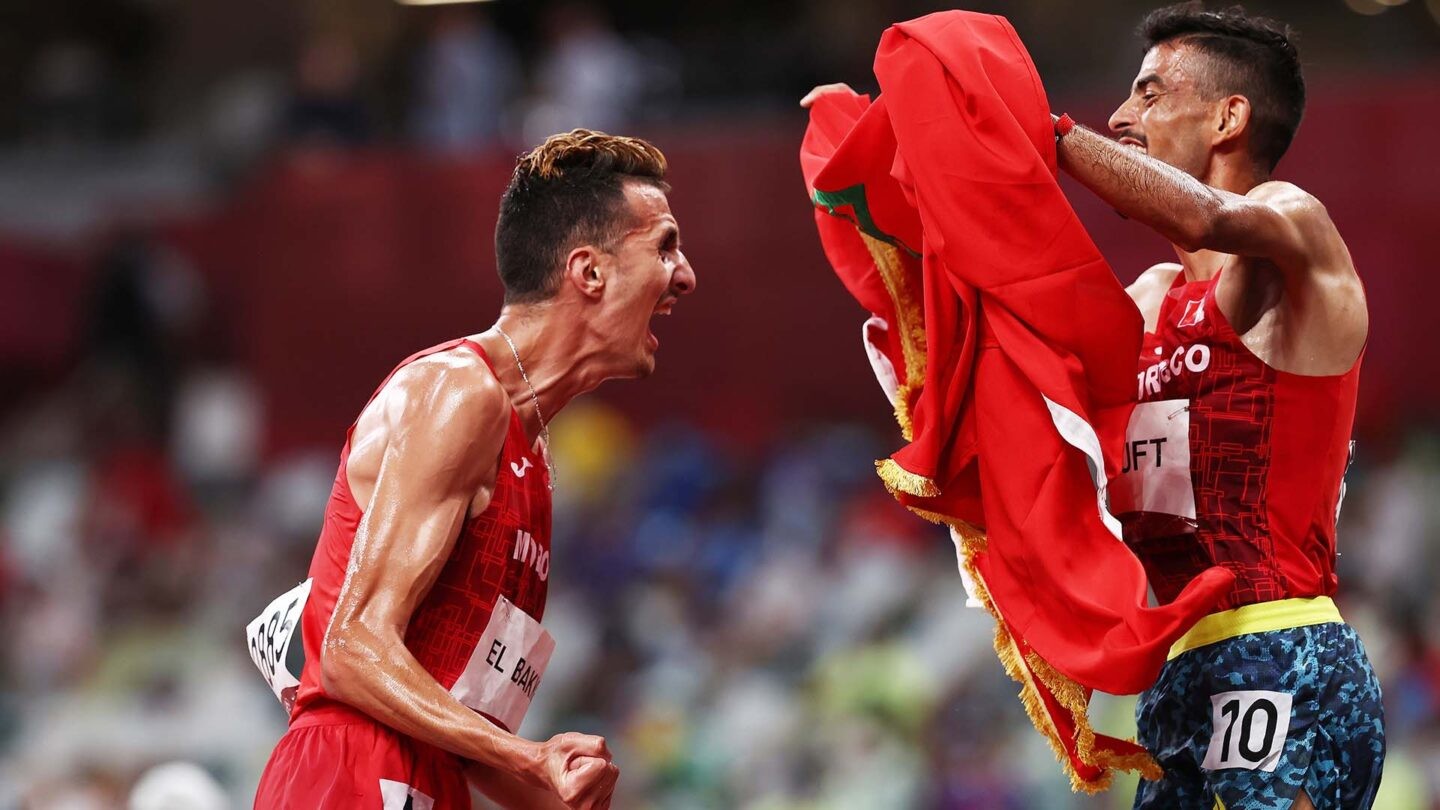
Benjamin Kigen claimed a bronze for Kenya after Ethiopia’s Getnet Wale, who was third heading to the final straight, fell. Wale struggled back to his feet and clung on for fourth.
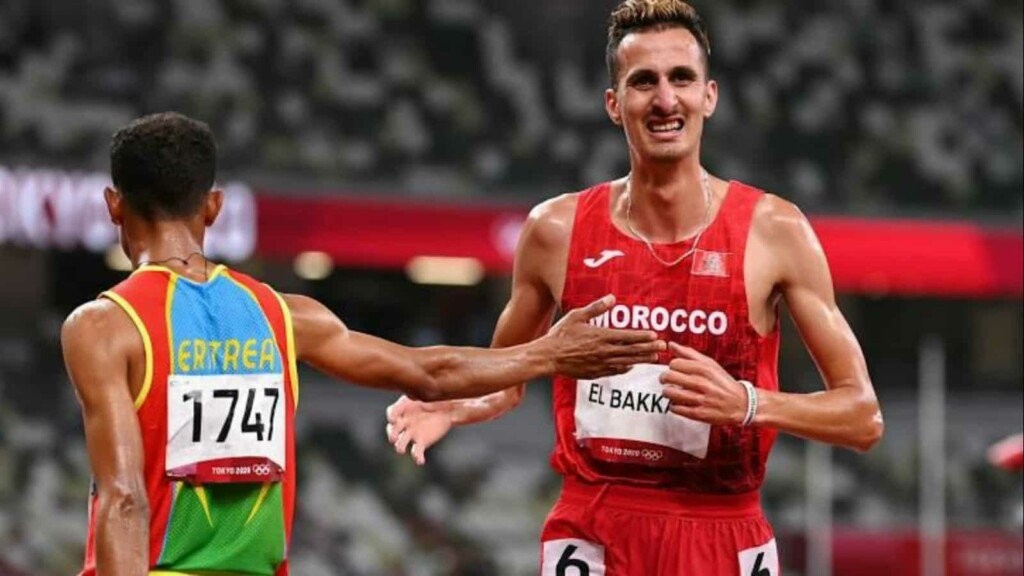
The 25-year-old el-Bakkali was fourth at the last Olympics in Rio de Janeiro and on the podium at the last two world championships, but this was his first major title.
Kenya’s Conseslus Kipruto, the leading star of the steeplechase, didn’t defend his Olympic title in Tokyo after failing to make the Kenyan team at the national trials.
(08/02/2021) ⚡AMPby NBC Sports
Tokyo 2020 Olympic Games
Fifty-six years after having organized the Olympic Games, the Japanese capital will be hosting a Summer edition for the second time, originally scheduled from July 24 to August 9, 2020, the games were postponed due to coronavirus outbreak, the postponed Tokyo Olympics will be held from July 23 to August 8 in 2021, according to the International Olympic Committee decision. ...
more...Siffan Hassan has won at the 5,000 meters and now looks to the 1,500 and 10,000
Six races in eight days on the Tokyo track? No problem, says Sifan Hassan, who overcame a Monday morning fall in the 1500m heats to win 5000m gold in the evening.
How about 24,500 meters of Olympic racing in the matter of eight days?
The Netherlands’ Sifan Hassan has said she’ll try it, competing in each of the 1500m, 5000m, and 10,000m races at Tokyo 2020, a line-up rarely seen – especially in the hot conditions athletics runners are facing at these Games.
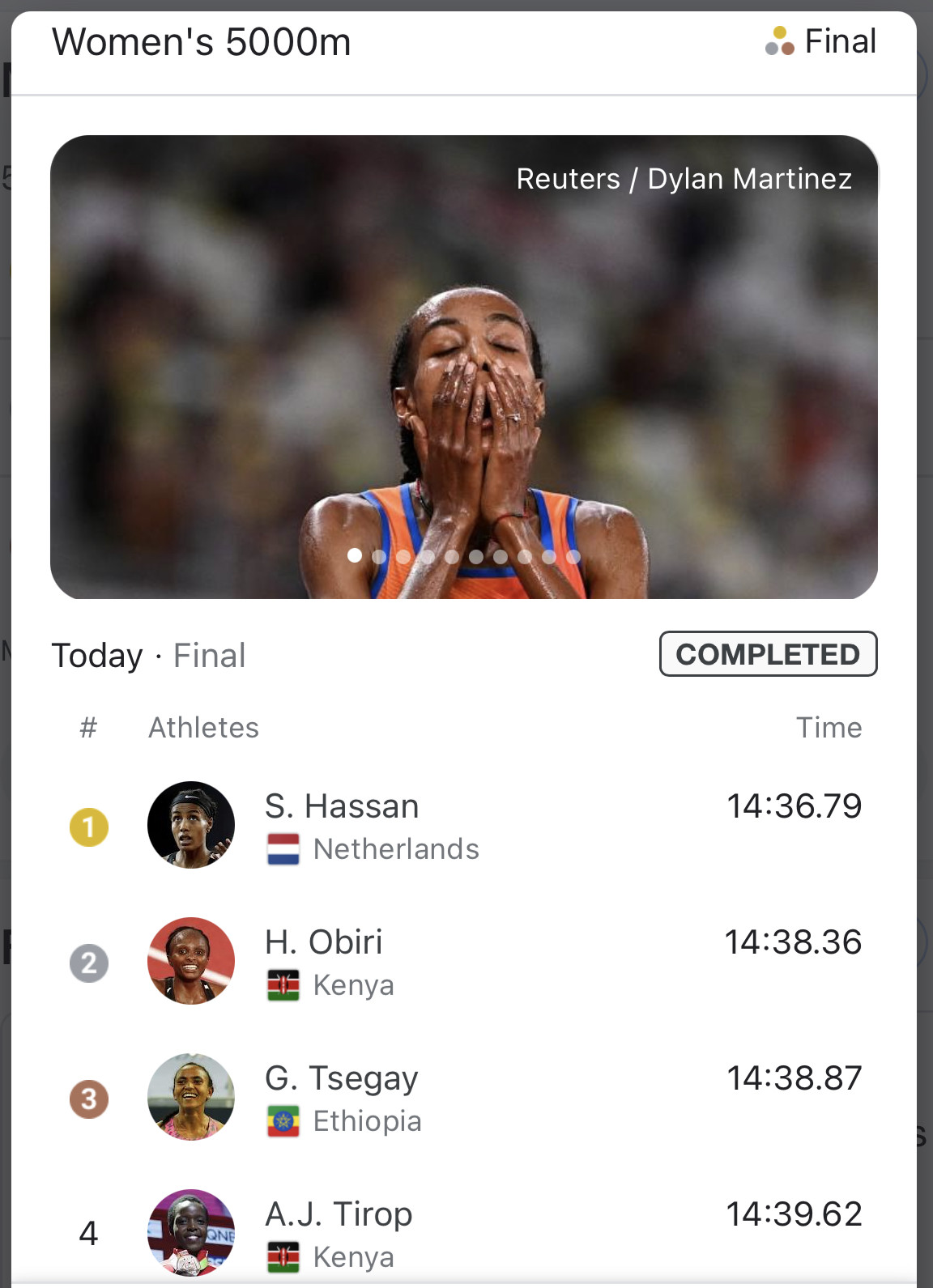
“For me it is crucial to follow my heart,” said Hassan in a press release. “Doing that is far more important than gold medals. That keeps me motivated and it keeps me enjoying this beautiful sport.”
Having already run on Friday (July 30) to qualify for the 5000m final, Hassan fell with a lap to go in Monday morning's 1500m first round, but picked herself up to win the heat!
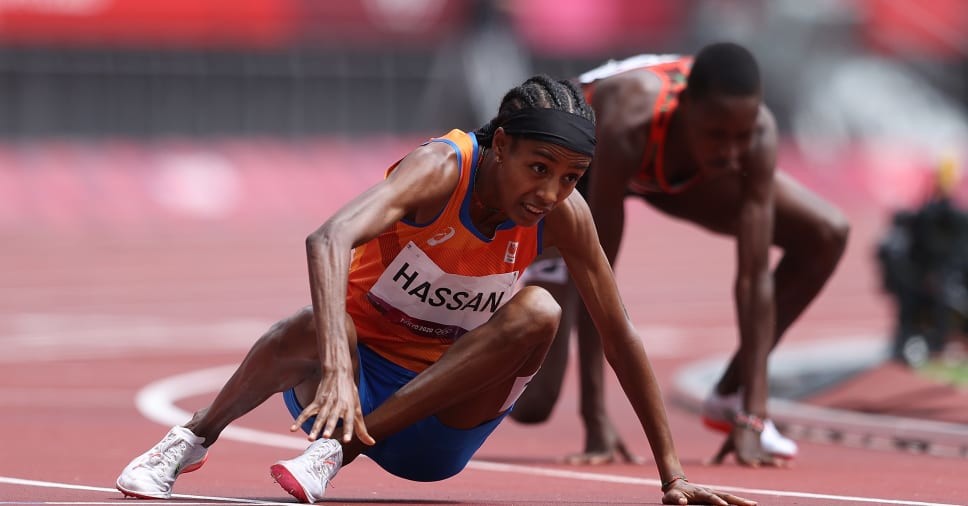
Just 12 hours later, Hassan produced her famed finishing kick to take her first global title over 5000m and her first Olympic medal.
That may have been the hardest of three with the mile world record holder completing a 1500m-10,000m double at the 2019 World Championships.
See her full schedule below – and find out what other similar feats have been attempted in athletics in Games past, as you get to know the distance running star.
Born in Ethiopia in 1993, Hassan arrived in the Netherlands as a 15-year-old refugee in 2008. She split her time between running and studying to become a nurse.
She became a Dutch citizen in late 2013, which allowed her to represent the Netherlands in competition.
As early as 2011, Hassan began making her mark on the international stage, winning the Eindhoven Half Marathon that year. In 2013, she won the 3000m at the Ostrava Golden Spike meeting in June.
At the 2014 European Championships in Zurich, Hassan took gold in the 1500m and a year later, she won bronze in the 1500m at the World Championships in Beijing, joining Dafne Schippers as the only Dutch athletes to win medals at the Worlds.
She had clearly established herself as one to watch ahead of Rio 2016, though injuries hampered her build-up to those Games, where she went out in the heats in the 800m but reached the final of the 1500m, where she finished fifth behind Kenya’s gold medalist Faith Kipyegon.
Has anyone tried such an Olympic programme before? Let’s compare it with two great long-distance feats at Olympic Games.
According to The Guardian, Paavo Nurmi went for four at Paris 1924: Nurmi won the men's 1500m, 5000m, and 3000m team event – as well as two cross-country events – but “Finnish officials feared for his health and refused to let him race the 10,000m.”
The 1500, 3000 and 5000 happened over a span of just five days.
At Helsinki 1952, Czechoslovakia’s Emil Zatopek won the 5000m, 10,000m, and marathon (42km) – all in Olympic records. Those four races (a semi and a final for the 5000), took place over eight days.
After Rio, Hassan joined Alberto Salazar’s training group in Oregon, keeping her focus largely on the 1500m. She was fifth again (behind Kipyegon) in the 1500m at the 2017 World Championships in London and took bronze in the 5000m with another Kenyan, Hellen Obiri, winning gold.
In 2019, after a quiet season to start, she set a new mile world record at the Monaco Diamond League in 4:12.33.
At the World Championships in Doha, she entered the 10,000m having only ran the race competitively just once before. But Hassan closed down Letesenbet Gidey before sprinting clear on the last lap to take her first global title.
A week later, she showed her versatility by winning the 1500m to complete a unique double at Worlds.
After worlds, it was announced that her coach, Salazar, would be suspended from athletics due to doping allegations. Hassan denied any knowledge of wrongdoing.
She continued to perform at the top level after his suspension: She set the aforementioned mile world record in 2019, then ran the fourth fastest 10,000m ever before setting a new world record at that distance in June of 2021. (That record was broken two days later, by Gidey.)
Hassan will almost certainly fight it out with Gidey for gold in the 10,000, but the Dutch runner’s famed finishing kick gives her a great chance of adding the Olympic title to her world title.
Here’s a breakdown of Hassan’s potential schedule, having already advance through into the final of the 5000m on Monday night (Aug 2).
Fri 30 July 19:00 JST - 5000m semi-finals – Finished 1st, to reach final.
Mon 2 August 09:47 JST - 1500m round 1 - Finished 1st in heat despite falling, to reach semi-finals.
Mon 2 August 21:40 JST - 5000m final
Wed 4 August around 17:00 JST - 1500m semi-finals.
Fri 6 August 21:50 JST - 1500m final (if she qualifies)
Sat 7 August 19:45 JST - 10,000m final.
(08/02/2021) ⚡AMPTokyo 2020 Olympic Games
Fifty-six years after having organized the Olympic Games, the Japanese capital will be hosting a Summer edition for the second time, originally scheduled from July 24 to August 9, 2020, the games were postponed due to coronavirus outbreak, the postponed Tokyo Olympics will be held from July 23 to August 8 in 2021, according to the International Olympic Committee decision. ...
more...Here's everything you need to know about the Tokyo Olympics marathon
The men's Olympics marathon is traditionally held on the very last day of competition, with the women's race staged a day earlier.
Both events will be starting early in the morning to avoid the heat, with the women running on Saturday, August 7 and the men racing on Sunday, August 8.
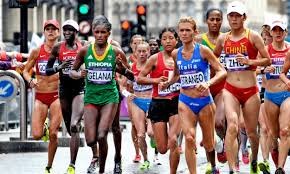
Here's everything you need to know about the Tokyo Olympics marathon.
WHEN IS THE TOKYO OLYMPICS MARATHON?
The women's race will be held on Saturday, August 7.
The men's race will be run on Sunday, August 8.
WHO IS RUNNING THE OLYMPIC MARATHON?
There are a number of high-profile runners who won't feature in Tokyo, with Ethiopian legend Kenenisa Bekele topping that list.
It is still a packed field though, with defending Olympic champion and current world record holder Eliud Kipchoge set to run.
Kipchoge will be joined on a formidable Kenyan team by Lawrence Cherono and Amos Kipruto.
Ethiopia will be represented by Lelisa Desisa, Shura Kitata and Sisay Lemma, while Rio 2016 bronze medalist Galen Rupp is back representing America.
In the women's race, it's hard to go past world record-holder Brigid Kosgei of Kenya.
Kosgei will be joined by 2019 marathon world champion Ruth Chepngetich and two-time world half-marathon champion Peres Jepchirchir in Kenyan colours.
The Ethiopian trio of Birhane Dibaba, Roza Dereje and Zeineba Yimer will also be in the mix and are all capable of comfortably running under 2:20.
RIO 2016 OLYMPICS MARATHON WINNER
Eliud Kipchoge stormed to a memorable victory in the rain in Rio, finishing ahead of Ethiopia's Feyisa Lelisa and American Galen Rupp.
In the women's race, Kenyan Jemima Sumgong won gold in front of Eunice Kirwa and Mare Dibaba.
(08/02/2021) ⚡AMPby Brendand Brandford
Tokyo 2020 Olympic Games
Fifty-six years after having organized the Olympic Games, the Japanese capital will be hosting a Summer edition for the second time, originally scheduled from July 24 to August 9, 2020, the games were postponed due to coronavirus outbreak, the postponed Tokyo Olympics will be held from July 23 to August 8 in 2021, according to the International Olympic Committee decision. ...
more...The Truth About Alcohol And Endurance Sports
Just like Sunday brunch with friends and happy hour with coworkers, the post-run drink has become a uniting ritual for runners. An Instagram search for hashtags #willrunforbeer and #runforwine reveals thousands of photos of smiling, sweaty runners-many of them women-downing frosty pints of beer or clutching super-sized glasses of wine. Promotion for everything from casual neighborhood brewery runs and Rose 5Ks to large-scale destination races like the Napa-to-Sonoma Wine Country Half Marathon only amplify the message: alcohol is a justifiable reward for hard-run miles, and alcohol and exercise go hand-in-hand for many.
Many of the races, like the Zooma series and Disney Princess Half Marathon Weekend, explicitly bill themselves as girls' weekend getaways, complete with luxury accommodations, elaborate swag bags, and post-event parties with free flowing wine, beer, and other libations. In addition, much of the running merchandise targeted to women is branded with catchy, alcohol-related slogans like "Run All the Miles, Drink all the Wine" and "Will Run for Beer." Not to mention all the other ways alcohol and exercise are becoming entwined: think beer yoga and wine hikes; FitVine's collab with Barry's Bootcamp; Sunday sip and spins with mimosa bars post-spin class.

But just as women are closing the gender gap in road race participation, comprising just over 60% of all race finishers in 2019, recent studies also show that women are closing the gender gap when it comes to alcohol consumption-and not in a good way. According to a 2019 study, women in their late teens and early 20s now report drinking and getting drunk at higher rates than their male peers, and pandemic-related anxiety, depression and stress have only exacerbated unhealthy drinking patterns for many.
And while for most people, a celebratory drink with friends after a group run or at the finish line is no more harmful than a sugar doughnut or indulgent brunch, how did alcohol-a mood-altering drug-become such an integral part of a sport that promotes health and wellness?
Racing as an experience
Just as running's second wave in the late 1990s and early 2000s dramatically increased women's participation in the sport, it also increased demand for destination and experiential races. From the launch of the pioneering Rock 'n' Roll series in the late 1990s to the women-centric Zooma and Disney Princess events that followed in the early 2000s, races became bigger and bolder, with on-course live music, branded merchandise, elaborate medals, and themed post-race parties serving everything from hot chocolate and cheese to bacon, pancakes, and of course, alcohol.
These unique race experiences appeal to seasoned runners like Cara Turano of Portland.
"I used to be really happy with a cool medal or t-shirt, but you can only have so many medals and shirts," she explains. "Perks like finishing in a beer garden or bringing home wine glasses is a much more memorable experience."
Turano ran the Bordeaux Marathon a few years ago to celebrate her 35th birthday and honor her mom's passing.
"The race included 24 wine stops over 26.2 miles, and it was the most amazing, festive, and supportive experience with 10,000 runners from around the world, all in costume, running pretty slowly through rolling vineyards in the gorgeous South of France," she recalls, adding that destination races are "a great way to combine a passion for running with one for travel."
Similarly, Nina Santus, a board member of Athens Road Runners in Georgia, frequently travels to races, choosing an experience based on personal interests or connections to a specific cause.
"I ran the Marine Corps Marathon because my brother was in the Marine Corps," she explains. "I'm also a big wine person, so if I can find a race where I can run and see the vineyards and enjoy food and drink afterward, I will do it." Santus plans to run the Marathon du Medoc next fall and has run alcohol-centric races like the Dirty Spokes Chateau Elan Muscadine Run and the Ales for Trails Terrapin Beer 5K, closer to home.
"I don't participate in beer miles where you have to chug things or get sick or be drunk, but I do support the idea of food and beverage to help bring more folks out for camaraderie and the sport of running," she continues.
For race director Tes Sobomehin Marshall, founder of Run Social Atlanta, that camaraderie is baked into her company's mission. With runs and races that launch or end near local businesses ranging from breweries and restaurants to physical therapy studios, athletic-wear stores, and entertainment-focused venues like Top Golf, the company markets itself to "both the competitive runner and the 'I just want a shirt and a beer' person," explains Marshall.
When she first started organizing races in 2012, Marshall realized "people were coming and spending 30 minutes running the race, and then another two to three hours socializing after." She finds her laid-back, social, and neighborhood-centric approach to racing "more accessible to people who wouldn't otherwise run and more fun for people who've been running for a while."
Atlantan Audrey Ward, who started running earlier this year, appreciates low-key, social races.
"As a newer runner, just getting my shoes on and out the door can be intimidating," she says. "Having a good time with people who just like to run (and maybe to cheers with afterward) takes the pressure off what can be a super-competitive sport."
According to Santus, the 300-400 member Athens Road Runners keeps its events approachable to make runners like Ward feel included.
In addition to Saturday morning training runs and Wednesday morning track workouts, the group regularly runs to local breweries or restaurants with events branded as "Taco Tuesday" and also gathers informally for popsicles, beer, or fizzy waters.
The social activities are designed to make "everyone feel welcome, no matter their pace," and to "break down the illusion that all runners are snobby and fast," she explains.
Terri Huggins, a New Jersey-based writer and fitness instructor, understands that alcohol can be a powerful incentive to attract newcomers who may be intimidated by an unfamiliar sport or activity.
Whether a gym class or a road race, "including alcohol really helps with engagement, and one could argue that someone drinking after an event is far better than someone not working out at all," she says
But as road races ramp up again at the same time women report drinking more alcohol to cope with pandemic-related stressors like balancing work with child-rearing, caring for sick relatives, and a massive exodus from the workforce, should organizers moderate drink-related messaging?
Tracy Green, a sub three-hour marathoner from Louisville who took an extended break from drinking alcohol last year, says yes.
"We know thinking of exercise as punishment or as a response to negative body image can be mentally unhealthy, and we know that alcohol can make issues like depression and anxiety worse-so coupling those two things together at a race is probably not the best thing we could be doing for mental health," she explains.
And while Huggins imbibes on occasion, she says that "in a time when so many people are unaware of what it means to drink in moderation, people in the fitness industry have an obligation to educate their participants on how alcohol can affect recovery, sleep, and metabolism."
The experts agree.
According to Dr. George F. Koob, director of the National Institute on Alcohol Abuse and Alcoholism, for "people who are exhausted from running, mildly dehydrated, and have empty stomachs, one serving of alcohol could be much riskier than it seems"-especially if driving home after an event.
Even if booze is an integral part of your racing group or event, Koob suggests being mindful that many people "turn to exercise as part of recovery from an alcohol use disorder," and that "these folks might be uncomfortable or left out if other runners celebrate the finish of a race with alcohol."
Keeping alcohol in a separate area of an expo or finish line celebration is one way to offer libations without explicitly excluding those who don't drink, says Back on My Feet CEO Katy Sherratt. And since alcohol is hyper-present at road races, it can provide a "real-world scenario" for those with addictions to maintain sobriety, as long as they have a strong support network.
And even those who do drink alcohol on occasion may opt to skip the post-race beer in favor of healthier beverages, like recovery shakes and smoothies, kombucha, and sparkling water.
"Give me a fancy, fizzy mineral water after a hot race instead of a beer any day," says Green.
Professional runner and Olympian Molly Seidel enjoys non-alcoholic beers from Connecticut-based Athletic Brewing Company after a hard training session.
"I love that it's hoppy and actually tastes like an IPA, plus I get some good carbs out of it without alcohol impacting my training," she says.
The rapid growth in the non-alcoholic beer and spirits market, combined with growing interest in booze-free social movements like Dry January and Sober Curious, could be a unique opportunity for the racing industry to temper its alcohol-centric messaging.
And yes, a beer at the finish line is great, but as Dr. Koob puts it, "shouldn't completing the race be reward enough?"
(08/02/2021) ⚡AMPby Trail Runner Magazine
Suspicious Fires Reported Along Olympic Marathon Course
A fire was discovered in Sapporo's Odori Park, start and finish point of the Tokyo Olympics women's and men's marathons. Smoke was seen coming from a stump in the park. Three days ago, another stump was found burning suspiciously in Nakajima Park near the marathon course's southernmost point.
Police received a call reporting the burning stump at around 10:00 a.m. on July 29. One of the people who helped put the fire out said, "The smoke was heavy and the fire wouldn't go out even when we poured water on it." Afterward the stump, located behind a public restroom in the Odori Park, appeared charred and blackened.

Several cigarette butts were found at the site, which is to host the Tokyo Olympic Games marathons on Aug. 7 and 8. On the evening of July 26 the other suspicious fire occurred outside the Hokkaido Prefectural Museum of Literature along the marathon course in Nakajima Park. A tree stump next to the sidewalk in front of the museum was found to be burning.
(08/02/2021) ⚡AMPJacobs stuns with Olympic 100m win as no one saw this coming
Italy’s Lamont Marcell Jacobs, a former long jumper appearing in his first Olympics, stunned the field on Sunday (1) to claim the first men’s 100m gold medal of the post-Usain Bolt era.
Overlooked as a serious medal contender, the 26-year-old Jacobs clocked a European record of 9.80 to win Italy’s first ever Olympic 100m gold and claim the unofficial title of the world’s fastest man.
The Italian pulled in front after 60 meters and glanced to his right as he crossed the line in front of the USA's Fred Kerley, who took silver in a personal best 9.84, and Canada’s Andre De Grasse, who earned his second consecutive bronze in a PB of 9.89.
Three other runners also ran sub-10 seconds in the final: South Africa’s Akani Simbine finished fourth in 9.93, the USA's Ronnie Baker was fifth in 9.95 and China’s Su Bingtian was sixth in 9.98.
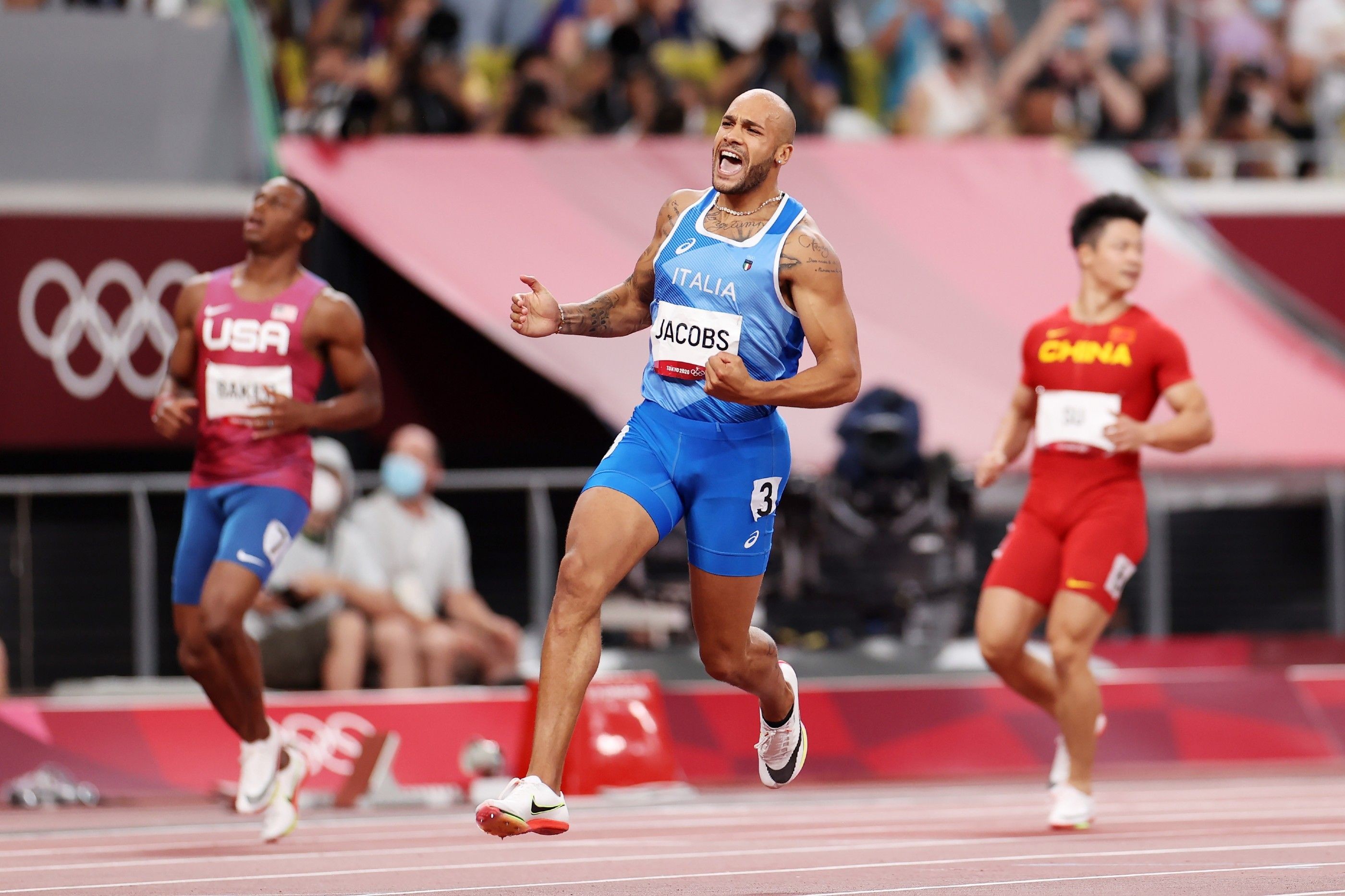
The pre-Olympic favorite, US champion and world-leader Trayvon Bromell, failed to qualify for the final.
In a race with no obvious favourites, Jacobs was still a major surprise.
The bald-headed, barrel-chested Italian did not come completely out of nowhere. He is the European indoor 60m champion and broke the Italian 100m record in May with a time of 9.95. But he chose the right time and place to announce himself on the world’s biggest stage.
“It’s a dream, it’s fantastic,” Jacobs said. “Maybe tomorrow I can imagine what people are saying, but today it is incredible.”
It was the first time since 2004 that gold in the marque event was won by someone other than Bolt, the Jamaican great who swept three consecutive 100m titles in Beijing, London and Rio de Janeiro, as well as three straight 200m crowns.
Few would have predicted that the man to succeed Bolt on the top podium would be Jacobs, who became the first European to win the 100m at the Olympics since Britain’s Linford Christie in Barcelona in 1992.
Even his race rivals didn’t see Jacobs as much of a threat.
“I really didn’t know anything about him,” Kerley said.
De Grasse added: “I didn't expect that. I thought my main competition would have been the Americans, but definitely he came to play. He executed. He did his thing so congrats to him."
Jacobs is the first Italian to win a sprint event since Pietro Mennea took gold in the men’s 200m in 1980. And his time? The fastest in the men’s 100m by an athlete not from the US or Jamaica.
Jacobs’ victory capped a golden night for Italy, coming minutes after another Italian, Gianmarco Tamberi, shared gold in the men’s high jump with Qatar’s Mutaz Essa Barshim. The two Italians embraced and celebrated together on the track.
“Being here together is something spectacular," Jacobs said. “I believe in him and I believed in myself.”
Jacobs’ story may not be known by the general public: He was born in El Paso, Texas, to an American father and Italian mother. He moved to Italy with his mother when he was one-year-old. Jacobs started out as a long jumper but, after a series of injuries, he changed to the sprints.
Signs that something special was about to happen in the final came earlier during the semifinals, which produced some stunning results, including a record-breaking heat in which three men ran under 9.85.
Su blazed to victory in the third heat in an Asian record 9.83 to become the first Chinese sprinter to reach an Olympic 100m final. Baker finished second with a personal best 9.83 and Jacobs was third in a European record 9.84. For good measure, Simbine clocked 9.90 to finish fourth in that heat.
Only twice previously had three men gone inside 9.85 in the same 100m race – the Olympic final in 2012 and the 2009 World Championships final in 2009.
Kerley (9.96) and Britain’s Zharnel Hughes (9.98) won the other two semifinals. Hughes was disqualified from the final after a false start.
Bromell missed out after finishing third in his heat in 10 seconds flat. He got off to a quick start and took the early lead but never found a second gear and was passed in the final metres by Nigeria’s Enoch Adegoke and Hughes.
There were signs that Bromell was not in medal-winning form a day earlier when he finished only fourth in his first-round heat in 10.05.
It was a stunning fall for Bromell, who had made a remarkable comeback to the top of the sport after tearing his achilles during the 4x100m relay at the 2016 Rio Games and being carried off the track in a wheelchair.
After two years out of the sport, Bromell worked his way back and established himself as the world’s top 100m sprinter. He clocked a world-leading 9.77 in June, the seventh-fastest time in history, then sealed his spot in Tokyo by winning the 100m at the US Olympic Trials in 9.80.
But since then he has not been his dominant self. Bromell’s 14-race winning streak was snapped when he finished fifth in Monaco in June in 10.01, his first race in Europe since 2016. He bounced back four days later with a victory in Gateshead, England, in 9.98 but still looked far from his best.
“I want to say thank you to everyone who's been with me on this journey,” Bromell said on Twitter on Sunday after failing to reach the Olympic final. “Lord knows how much I wanted to be in that final. BUT I walk away with a smile because I know I showed many that after four years out, you can still fight and make dreams come true.”
The day also marked the end of the Olympic career of Jamaica’s 31-year-old Yohan Blake, the 2011 world 100m champion who won silver at the 2012 Olympics and is a two-time Olympic relay gold medallist. Blake finished sixth in his semi-final in 10.14.
“Definitely my last Olympics,” Blake said. “You know track is not easy. I won't be ungrateful. I've gained a lot. I'm still the second fastest man in history, no one can take that away from me.”
(08/01/2021) ⚡AMPby World Athletics
Tokyo 2020 Olympic Games
Fifty-six years after having organized the Olympic Games, the Japanese capital will be hosting a Summer edition for the second time, originally scheduled from July 24 to August 9, 2020, the games were postponed due to coronavirus outbreak, the postponed Tokyo Olympics will be held from July 23 to August 8 in 2021, according to the International Olympic Committee decision. ...
more...Poland makes history with Olympic mixed 4x400m win
Poland’s first gold medal of the Tokyo Games came with a special bonus: a place in the Olympic history books.
Kajetan Duszynski raced to the front down the final straight and powered across the line to give his country the first gold medal in the inaugural Olympic mixed 4x400 relay on Saturday (31).
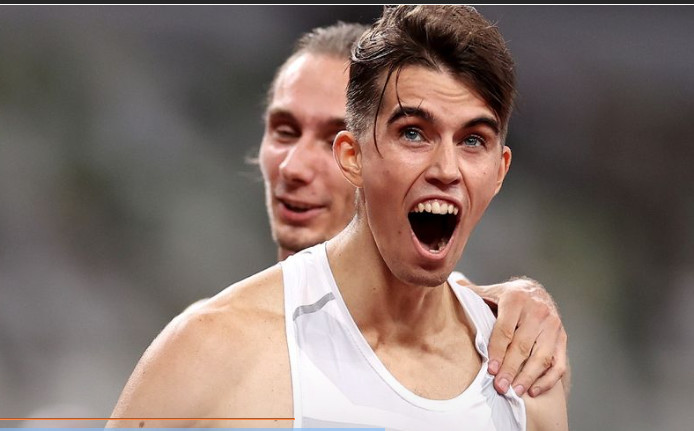

The Polish quartet of Karol Zalewski, Natalia Kaczmarek, Justyna Swiety-Ersetic and Duszynski clocked a European – and now Olympic – record of 3:09.87 to claim the title ahead of the Dominican Republic and the United States.
It was also Poland’s second Olympic gold in an athletics relay, coming 56 years after the Poles won the women’s 4x400m relay at the 1964 Games, which also happened to be held in Tokyo.
“We all believed we could manage to win the medal,” Zalewski said. “We were not sure if it was going to be gold or something else, but we knew that we could win something. We all left our hearts on the track.”
Duszynski, who ran the final leg in 44.38, held his arms outsretched wide as he crossed the line, then pulled his singlet over his head in celebration before being mobbed by his teammates.
"In the last 150 metres I felt I had a lot of strength still,” Dusynski said. “I'm that type of endurance athlete. It is my strength to run the first 200 metres slowly and then to attack towards the finish line. So I knew that I could make it. It's my strategy and it worked for me."
The Dominican Republic quartet of Lidio Andres Feliz, Marileidy Paulino, Anabel Medina Ventura and Alexander Oganda claimed the silver, with Paulino clocking a 48.7 split for her second leg. The bronze went to the US team of Trevor Stewart, Kendall Ellis, Kaylin Whitney and Vernon Norwood.
Oganda outleaned Norwood at the line to clinch the silver in 3:10.21, just 0.1 ahead of the US.
“It is so exciting to come here and run the first mixed relay at the Olympic Games, and to come out with a medal feels great,” Ellis said. “It feels like a win for us."
The race capped an eventful 24 hours for the US and Dominican teams. They had been disqualified after the qualifying rounds on Friday but were reinstated on appeal in time for the final.
The USA replaced their lineup from the heats, which was made up of Lynna Irby, Taylor Manson, Bryce Deadmon and Elija Godwin. The members of Saturday’s team said the controversy over the disqualification and reinstatement should not take away from their bronze-medal performance.
“It was events outside our control and we as a team stand behind our teammates and the United States, who we are proud to represent and bring home a medal for us,” Whitney said.
The mixed relay made its Olympic debut two years after being contested at the World Athletics Championships for the first time in Doha.
While teams can choose any order they want for the relay, all teams in Tokyo opted for the conventional order of man-woman-woman-man.
The Dominicans built up a large lead on the third lap until 21-year-old Dutch 400m and 400m hurdles star Femke Bol reeled them in going into the anchor leg.
Duszynski timed his kick perfectly, surging to the front after the final turn and pulling away down the home stretch. Norwood moved into second place and seemed poised to secure the silver for the US but was edged out by Oganda on the lean.
The US team did not include Allyson Felix, who had helped the USA win the mixed relay in Doha and was eligible to run the event in Tokyo.
It means that Felix, competing in her fifth Olympics at the age of 35, will have to wait a bit longer to bid for her 10th career medal. That would make her the most decorated woman in Olympic athletics history and equal Carl Lewis for the most medals by a US track and field athlete.
Felix, who holds six gold and three bronze medals, will run in the 400m and possibly the women's 4x400m relay.
(08/01/2021) ⚡AMPby World Athletics
Tokyo 2020 Olympic Games
Fifty-six years after having organized the Olympic Games, the Japanese capital will be hosting a Summer edition for the second time, originally scheduled from July 24 to August 9, 2020, the games were postponed due to coronavirus outbreak, the postponed Tokyo Olympics will be held from July 23 to August 8 in 2021, according to the International Olympic Committee decision. ...
more...Projection mapping light show makes Olympic debut in Tokyo
The women’s 100m final saw the introduction of a projection mapping light show to set the stage for one of the highlights of the Tokyo Olympic Games on Saturday night (31).
The technology made a successful debut in the Khalifa Stadium at the World Athletics Championships in Doha in 2019, where a delegation from the Tokyo 2020 Organising Committee (TOGOG) and the Olympic Broadcasting Service (OBS) first saw the spectacle in action and agreed to work on a similar light show for the Olympic Games.

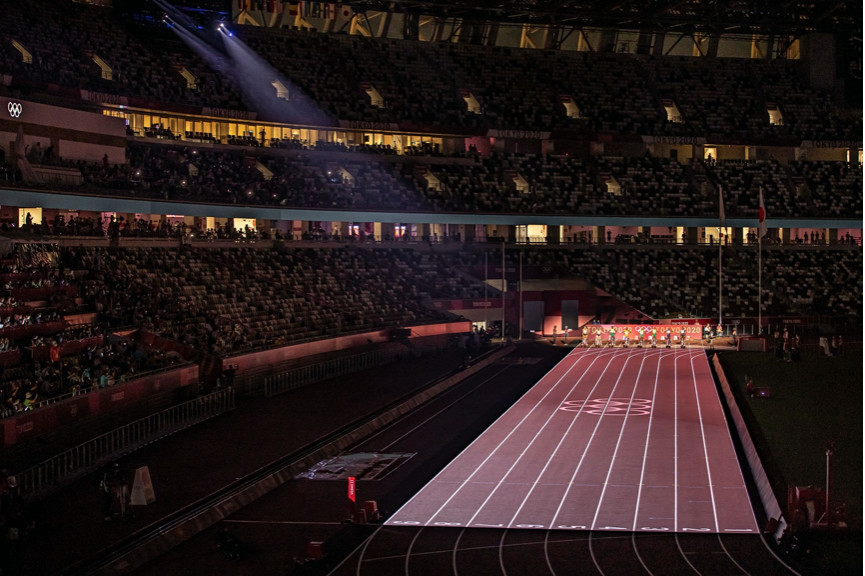
However, the logistics of the Tokyo stadium and the programme of events mean that the light show is only viable for the women’s and men’s 100m finals.
The show, used to create anticipation for the race and to introduce the eight finalists, is projected on to the 100m track using 12 projectors, the same ones that were in place for Tokyo 2020’s spectacular Opening Ceremony.
It creates 3D images of the world, zooming in to the Tokyo skyline, and then the name of each athlete in the final is projected on the track when he or she is introduced.
World Athletics Event Presentation Manager Florian Weber said it took 20 hours of rehearsal to get the impressive introduction for the women’s 100m just right.
"We’ve created a Hollywood-style introduction for our athletes because they are the stars of our show and they deserve this kind of attention," he said.
"We’re also in the business of entertaining the fans and this is one of the tools we can use to grab their attention.
"But we can only do it in a modern stadium like this one that has the technology we need, including the ability to turn the lights up and down in an instant."
Weber said it was a logistically complicated process because the full stadium had to be plunged into darkness, including the huge electronic screens and back of house lights, in order to get the full effect.
Broadcasters have been provided with desk lamps to allow them to continue to see their commentary notes when the lights go out.
The athletes are briefed in the call room about the process beforehand and are taken out on to the track eight minutes before the start.
They are given four minutes to do a last warm up before they are marshalled behind their starting blocks.
The stadium lights are turned down three minutes and 30 seconds before the start and the light show begins.
"That’s the same time that a usual track race introduction takes, so the athletes are not being held any longer than they would be normally," Weber said.
Weber explained that each stadium projector had to be recalibrated each day, taking a technician two to three hours, as changes in temperatures between day and night created expansion and contraction in the projector housings and they moved slightly each day.
"We’re very thankful to the OBS and TOCOG, especially Sport Presentation Director Keisuke Goto, for supporting this innovation," he said.
(08/01/2021) ⚡AMPby World Athletics
Jamaican Elaine Thompson-Herah takes stunning Olympic gold in women’s 100m
Elaine Thompson-Herah produced a stunning sprinting performance to take gold in the women’s 100m at the Tokyo Olympics.
The Jamaican, who won the blue riband event at Rio in 2016, held off her compatriots Shelly-Ann Fraser-Pryce, who took silver, and Shericka Jackson, who won bronze, to take victory in 10.61sec, breaking Florence Griffith Joyner’s 33-year-old Olympic record.
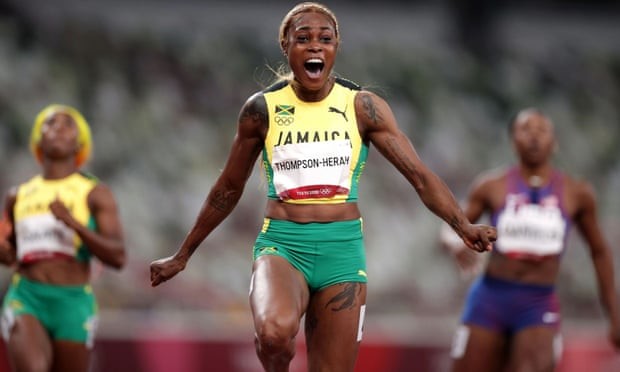
Fraser-Pryce was quickest out of the blocks but could not hold off her compatriot in the second half of the race, with Thompson-Herah powering through and creating enough of a gap to her rivals that she was able to celebrate before crossing the line.
“I’ve been injured so much. I’m grateful I could get back on the track, and get back out on the track this year to retain the title,” said Thompson-Herah. “I knew I had it in me but obviously I’ve had my ups and downs with injuries. I’ve been keeping faith all this time. It is amazing.”
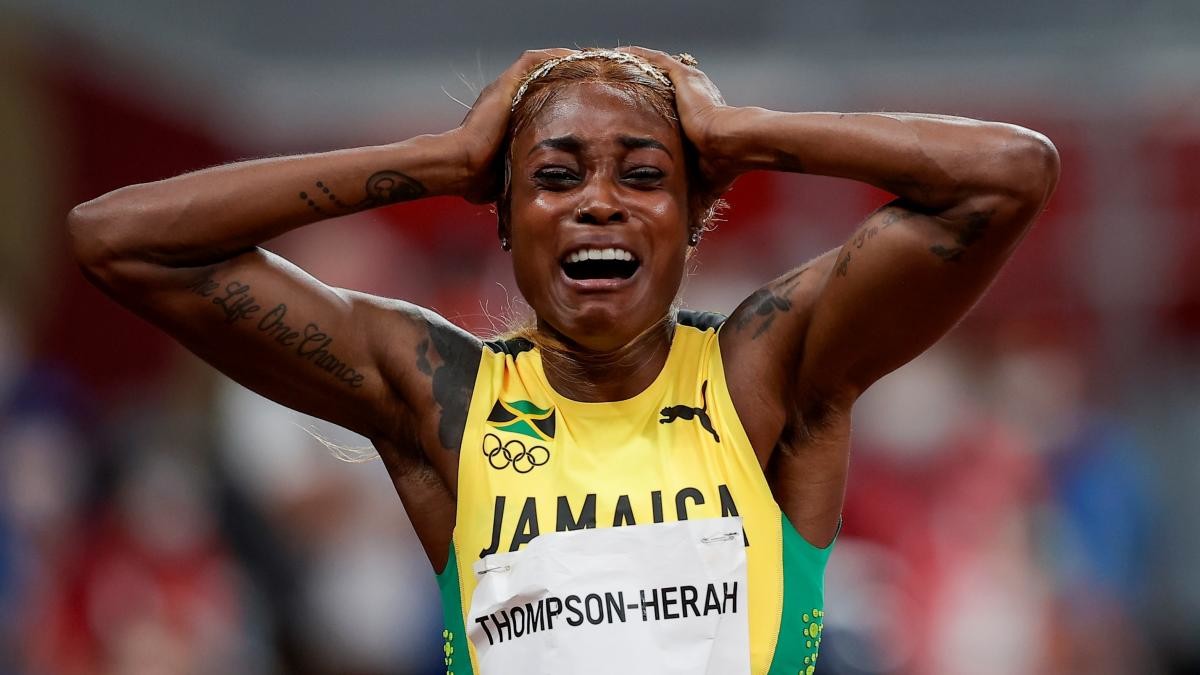
In all, six women ran under 11 seconds, making the race one of the fastest in history. Marie-Josée Ta Lou of the Ivory Coast was fourth behind the three Jamaican sprinters, with the Swiss duo of Ajla Del Ponte and Mujinga Kambundji fifth and sixth.
“I had a stumble and I never recovered from it,” Fraser-Pryce, the champion in 2008 and 2012, told the BBC. “As a mother, in my fourth Olympic Games, to be able to stand again on the podium is a tremendous honor.”
(07/31/2021) ⚡AMPby The Guardian Sport
Tokyo 2020 Olympic Games
Fifty-six years after having organized the Olympic Games, the Japanese capital will be hosting a Summer edition for the second time, originally scheduled from July 24 to August 9, 2020, the games were postponed due to coronavirus outbreak, the postponed Tokyo Olympics will be held from July 23 to August 8 in 2021, according to the International Olympic Committee decision. ...
more...The big benefits of bananas for runners
Eating good simple foods like a banana is an ultimate fueling option. Bananas are not only delicious, but also extremely nutritious, that’s why many runners and athletes use bananas for pre-race, race fueling and post-training refueling. Bananas are full of healthy carbohydrates, vitamins and potassium. Bananas are a balanced blend of nutrients that help restoring tired muscles, and give us energy boost even for our brain. Bananas also provide 15% of your daily vitamin B6 daily recommended intake to tune up the nervous system, which makes our body very happy.
Nutrients in Bananas:
Potassium (essential mineral)
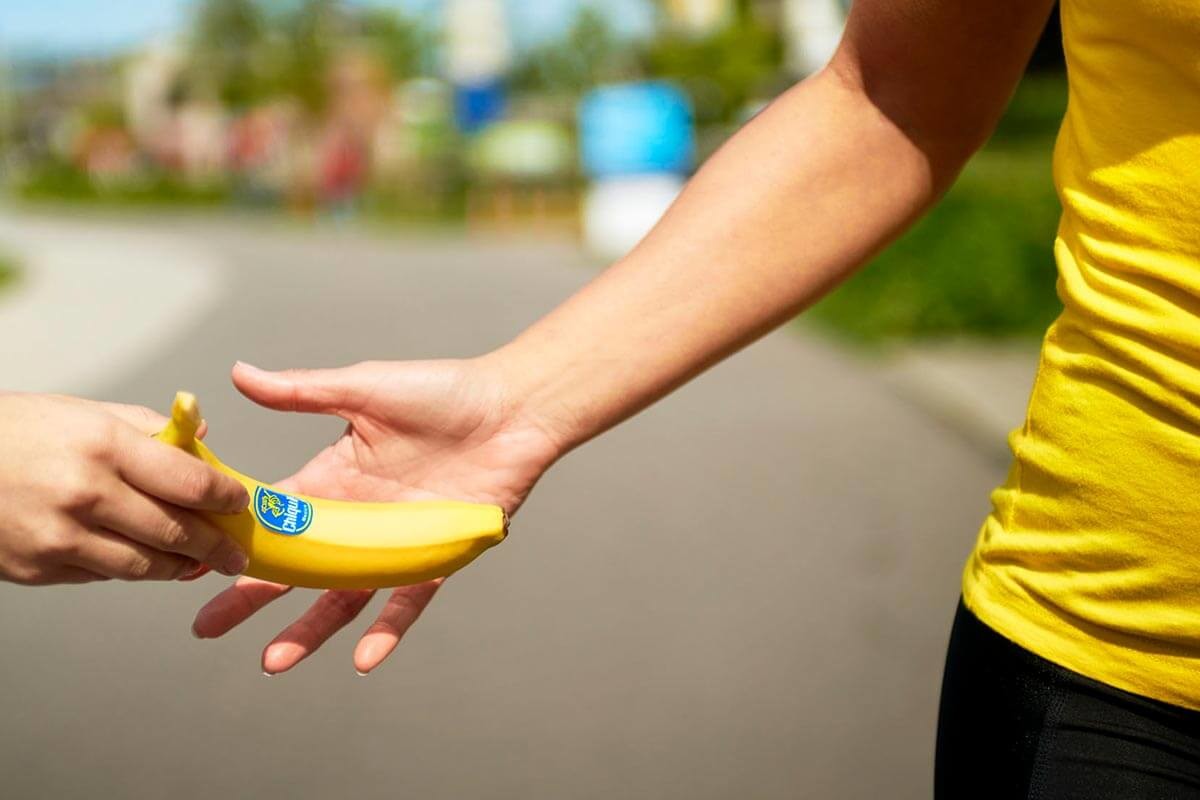
Vitamin B
Vitamin C
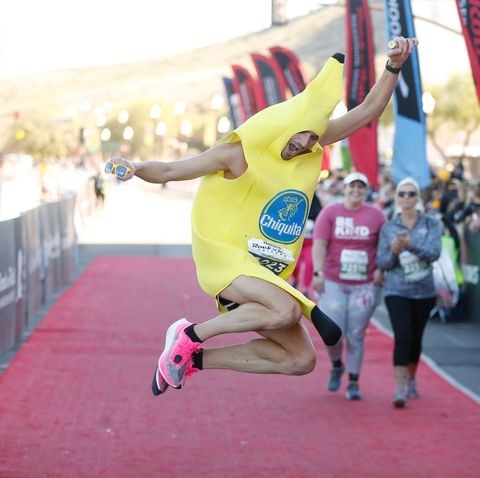
Carbohydrates
Low Glycemic Index (GI)- More slowly digested, absorbed and metabolized which causes slower rise of blood glucose, and insulin levels (no sugar spike)
Fiber
Antioxidants
If you like bananas, you should eat them, especially on training and racing days.
Why do Runners Need These Nutrients?
Potassium
Potassium is a mineral and electrolyte that isn’t produced naturally by the body. As runners, we need potassium to support the blood pressure and heart rhythm. If runners consume bananas, it will help to keep a regular heart rate and blood flow while running.
Vitamin B
Vitamin B is a water-soluble delicate vitamin, when our body is depleted of vitamin B it causes a lack of energy. Because vitamin B is delicate, fresh bananas will have higher levels of vitamin B than cooked bananas. Vitamin B helps the body process carbohydrates, proteins, and fats that our body needs for fueling while running and recovery.
Vitamin C
Vitamin C is essential for runners, running creates many microtears in the body’s muscles, and vitamin C helps healing those microtears. For runners, it maintains the connective tissue healthy, and prevents infections so you can keep running long-distance with no issues. It also helps to prevent many other infectious diseases. Vitamin C is also more efficient when absorbed from fresh foods, eating fresh bananas will provide higher levels of vitamin C.
Carbohydrates
Carbs are a great source of sugars and starches, essential for good energy. Runners need a lot of energy and carb fueling. Bananas contain fructose, a simple carbohydrate that provides a faster release of energy which is digested and processed more quickly in the body, but from bananas we still don’t get sugar spikes. Complex carbohydrates are very healthy, but it takes longer to process and digest than simple carbs. For pre-run and during a run simple carbs are more efficient to provide energy, digested more easily and don’t cause stomach issues like complex carbs during a run. The body processes bananas faster, allowing to fuel the body during the run and refuel post-run. Average size and ripeness bananas contain about 23g of carbs, similar to one gel.
Low GI (glycemic index)
Bananas are low on GI scale, less than 55 is considered low and bananas have a glycemic index value of 51. Foods with a low GI scale cause blood sugar to rise gradually, not quickly after eating them. Bananas will provide no sugar highs and lows as your body processes the food. A consistent level of sugar is better for runners as it provides a constant source of fuel rather than sugar spikes, which causes our body to crash.
Fiber
Fiber is the part of the bananas that can’t be digested or absorbed by the body, but it helps to support gut health and keep our digestive system regular. This type of natural fiber doesn’t cause any stomach issues during a run.
Antioxidants
Antioxidants help to stop and prevent oxidation. Oxidation is a common chemical reaction (it happens when our cells extract energy from food), in which atoms or molecules lose electrons. Losing electrons causes imbalance as they have to be connected in pairs. When a molecule has uneven electrons, it will roam through the body, looking to grab electrons to even up the numbers and rebalance the cells. Antioxidants neutralize free radicals by providing their own electrons without becoming free radicals themselves, so they don’t have to go find electrons to rebalance the cells. When eating bananas, the body processes carbohydrates for energy and at the same time, antioxidants balance the electrons.
That is why runners should eat bananas if they like that nutritious fruit to provide healthy, easy to digest, and body stabilizing energy.
Eat Well, Train Well, Run Strong!
(07/31/2021) ⚡AMPby TGR Trail Running
Too Much Caffeine Could Weaken Your Bones Over Time, New Research Suggests
If you drink coffee and consume caffeine in other ways, it’s worth monitoring your intake.
Higher doses of caffeine—around 800 mg or more per day—may up your risk of developing osteoporosis, new research suggests.
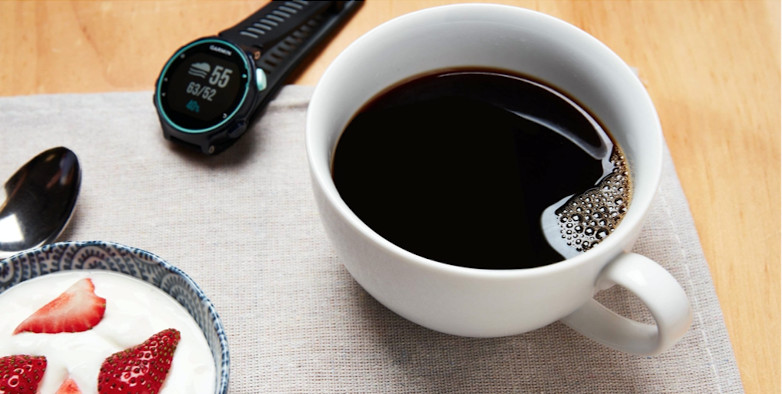
The FDA recommends 400 mg of caffeine per day as a generally safe amount—this includes caffeine from sources such as coffee, energy drinks, and preworkout mixes.
If you drink coffee all day or you take caffeine pills for athletic performance benefits, you may want to track the amount of caffeine you’re consuming. Higher doses of caffeine may up your risk of developing osteoporosis, according to a study in the British Journal of Pharmacology.
Researchers looked at 24 people, half of whom chewed a non-caffeinated gum and the other chewing a caffeinated version, and over the course of six hours, they got fresh gum several times. The latter group ended up consuming about 800 mg of caffeine—that’s the equivalent of eight cups of coffee.
That group saw a significant increase in terms of calcium in their urine—about 77 percent more at the end of six hours than when they started. High amounts of calcium output indicate that the kidneys are releasing the mineral faster than the body can replace it.
That led the researchers to conclude that over the long term, this could put those in the caffeinated group at a much higher risk of bone density issues and, potentially, a greater risk of developing osteoporosis, which causes your bones to become weak and brittle. This is an issue that tends to impact older adults most, since we lose bone density naturally as we age, but the researchers concluded that athletes could be at risk as well if they’re using caffeine for performance enhancement.
For example, although eight cups of coffee is excessive, many energy drinks have between 300 to 400 mg in one can, and some 2-ounce energy shots can have that much as well. Supplements with caffeine, such as preworkout mixes, can range between 150 to 300 mg per serving. That means it may be possible to get to 800 mg and even above without draining the coffee pot, said Kristin Gillespie, R.D., dietitian and nutritional counselor based in Virginia Beach, Virginia.
“When consumed in moderation, the effect of caffeine is fairly modest,” she told Runner’s World. “Where we get into trouble is with those higher amounts, so cutting back would be your best option.”
The FDA recommends 400 mg of caffeine per day as generally safe, and even with that amount, Gillespie suggested making sure you consume adequate calcium and vitamin D, which are both critical for maintaining bone health.
“Ideally, this would come from your diet, but if you struggle with getting adequate amounts, consider incorporating a supplement,” she said. “Also, exercising regularly is a vital part of bone health, so that can balance out higher amounts of caffeine.” (It’s worth noting, consult a registered dietitian or medical professional before adding any supplements into your diet.)
(07/31/2021) ⚡AMPby Runner’s World
Elite Runners Spend More Time in the Air Than Even Those Who Are Highly Trained, New Research Says
What you can do to optimize your own running efficiency.
New research highlights a difference between the strides of elite runners and highly trained sub-elite runners—Elite runners stay in the air longer because they have more bounce in their stride.
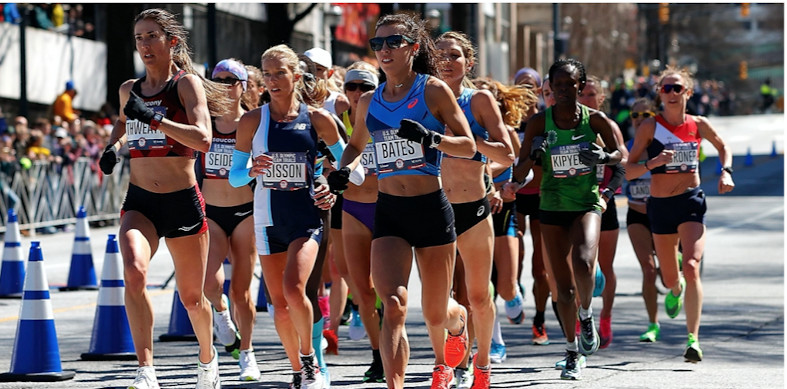
To refine your own running efficiency, researchers suggest running more hills, doing more speedwork, including more plyometrics drills and strength training in your cross training, and running on diverse surfaces.
Elite runners are rightfully lauded for their speed, but their performance comes not only from forward momentum. A new study in Scientific Reports suggests they also have much more bounce than other runners, even those who are highly trained.
Researchers had 10 sub-4 minute milers and 10 highly trained non-elite participants run on a treadmill outfitted with a pressure plate under the belt, which indicated the amount of time they spent in the air compared to in contact with the ground.
They found that elite runners are in the air longer than non-elite runners, but it’s not because they’re pushing off from the ground at an angle. Instead, they bounce upward.
The study’s lead author, Geoff Burns, Ph.D., a sport science postdoctoral research fellow at the Performance Research Lab at the University of Michigan, told Runner’s World the takeaway here is that elite runners have conditioned their bodies to behave as “stiffer” mechanical systems.
“They were like pogo sticks that were slightly more upright with stiffer springs,” he said. “They had a quicker, more efficient relationship with the ground.” This is similar to how many types of animals run, he added, because it tends to require less energy.
Burns—an elite runner himself, who has represented the United States at world championships in the 50K and 100K distances—added that runners who try to emulate this stiffness in their stride consciously should approach with caution. It’s not a matter of changing your stride to get more air; the whole body needs to work together in a specific way, rather than just a few parts of it. For example, suddenly bouncing more could create more tension in your lower body muscles, and that might lead to an overuse injury.
That said, the research results can be helpful to those who want to keep refining their running efficiency.
“Do things in training that stress the system as a whole, and challenge it to rearrange its spring-like behavior,” he suggested. That includes:
Running up and down hills
Running on different surfaces
Wear different shoes to modulate body stiffness
Do sprints, intervals, or fartlek training to modify speed
Try plyometric drills, which can naturally induce stiffer behavior
Cross train with resistance training
“These are all methods that elite runners do in a regimented fashion, so incorporating some of those elements may help casual runners enhance their own relationship with the ground,” he sai
(07/31/2021) ⚡AMPby Runner’s World
Canadian marathoner stuck in quarantine one week before race
On Friday, July 23, Canadian marathoner Dayna Pidhoresky set out on her Olympic journey from Canada to Japan. After arriving in Tokyo, she travelled with her coach, Josh Seifarth, to join Team Canada’s training camp in Gifu.
On Tuesday, July 27, they received a call from Athletics Canada, who had been notified by Japanese authorities that they had been in contact with someone who tested positive for COVID-19 on their flight to Japan.
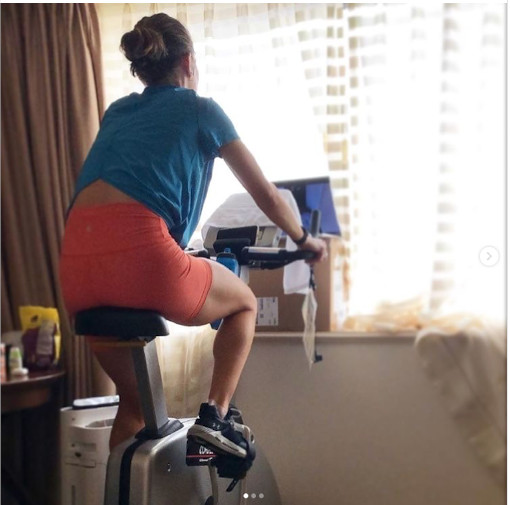
Both Pidhoresky and Seifarth were immediately required to isolate in their hotel room. Athletes are tested twice a day, and so far their tests have returned negative. They are both also fully vaccinated, but that fact does not carry any weight at these Olympics.
Getting to the start line hasn’t been easy for Pidhoresky, as the runner dealt with an injury to her soleus (calf muscle) in 2o2o. She has been training well leading up to the Games, but while isolating in her hotel room, so far she has not been able to run, or to receive any treatment or physiotherapy.
Athletics Canada says it’s doing everything it can to help Pidhoresky compete in the Olympic marathon. A joint statement from the Canadian Olympic Committee and Athletics Canada said: “The COC and Athletics Canada have worked closely with local prefecture officials and the Canadian embassy to resolve the situation involving Dayna.
She will be able to train again leading up to the women’s marathon event at Tokyo 2020. We would also like to thank the City of Gifu which has been wonderful hosts. Team Canada remains committed to following the guidelines outlined in the Tokyo 2020 Playbook and the Japanese Government’s regulations.”
Pidhoresky requested, and was given, a stationary bike to use in her room, and Seifarth has given her multiple cycling workouts each day to maintain her endurance.
“We are one week away from the start of the women’s marathon and Dayna has not been given any timeline for release date,” says Seifarth. “It is more than likely she will only get to run once or twice in the days leading up the race.”
It’s expected that the other two Canadian women marathoners, Malindi Elmore and Natasha Wodak, will travel from Gifu to Sapporo on Saturday. Pidhoresky and Seifarth will travel on the same day, but will remain in isolation.
(07/31/2021) ⚡AMP
by Running Magazine
Curious about race walking? Here's how to give it a try
Every four years, race walking tends to cause a stir among the general public at the summer Olympic games. Maybe it’s the unusual movement, or the fact that ‘walking’ is in the title of the event. What the public doesn’t understand is how similar race walking is to running – and that most race walkers were runners before getting into the sport. Race walking (like running) is a foot race, but it diffs from running in that one foot must be on the ground at all times.
Boston marathoner, race-walking coach and host of “The Running Dad Podcast” Noel Paine spoke to us about the sport and how to get started. “Most race walkers come into the sport from running, as a less impactful activity on the body,” he says. “Some of the similarities it has to running is the mileage you have to put in to become faster and to build your technique.” Technique is the key, he adds: “Your technique limits how fast you can go. If you have good technique, the sky’s the limit, therefore, focusing on your technique early on is important.”
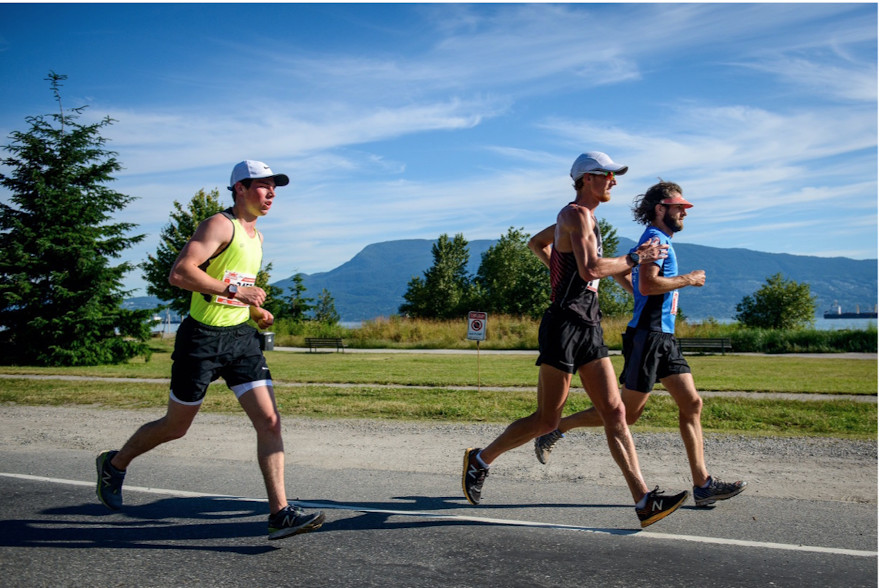
What is the ideal race-walking technique? Here are a few pointers.
Keep your legs straight, striding through your hips and torso
Avoid leaning too far forward or sitting back
Keep your body posture relaxed, and try to walk tall
Engage your abdominal muscles and keep them firm. Most of your power will come from your core
Over time, you can work on your cadence and try to increase your strides per minute as you improve. “Try race walking 1 km on your next run, and time yourself…while ‘staying legal,’” says Paine. Canadian Olympian and fourth-place finisher in Rio 2016, Evan Dunfee has been a big role model for Paine. They became friends in 2018 and have shared knowledge and tips.
The race walking at Tokyo 2020 will begin in Sapporo on Aug. 5 with the 20 km event, followed by the 50 km event on Aug. 6, with our Canadian contingent consisting of Evan Dunfee and Mathieu Bilodeau. You can follow every second of the race walking events at Tokyo 2020 on CBC Gem or cbc.ca/olympics.
(07/31/2021) ⚡AMPby Running Magazine
Luxury' race will be among most expensive on earth
Ultramarathon competitors are used to "roughing it" in races, sometimes sleeping in bivvy bags at the side of muddy trails or even running through several nights.
They set themselves incredible long-distance challenges, often running through remote and difficult terrain.
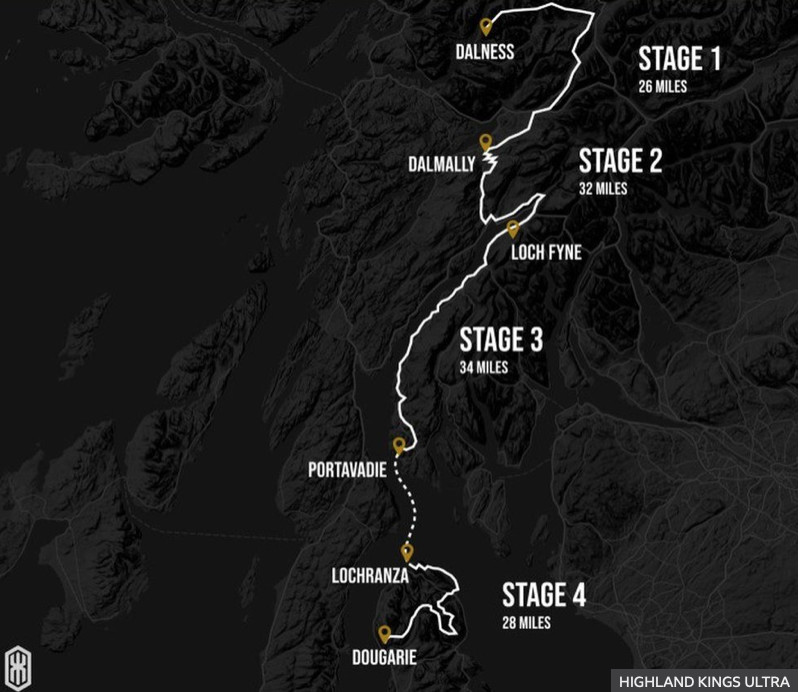

But now a new ultramarathon race is being launched which gives them luxury few could afford - including butlers, hydrotherapy pools, speed boats and Michelin-star chefs.
Highland Kings Ultra, a four-day camping race covering 120 miles on the west coast of Scotland, costs £15,499 per person to enter.
In contrast, the 95-mile West Highland Way Race costs just £120.
The organisers of the Highland Kings Ultra are calling it "the most exclusive, luxury ultra-run experience on the planet".
Race director Rebecca Silva told BBC Scotland the idea was for the runners to "race like a warrior but recover like a king".
She said: "The luxury element makes it very different to other races.
"It's aimed at professionals, who can afford it, who want a sense of adventure but want an element of luxury off the beaten track, in the wild and not in the typical places people explore."
The organisers of the Highland Kings Ultra are calling it "the most exclusive, luxury ultra-run experience on the planet".
Race director Rebecca Silva told BBC Scotland the idea was for the runners to "race like a warrior but recover like a king".
She said: "The luxury element makes it very different to other races.
"It's aimed at professionals, who can afford it, who want a sense of adventure but want an element of luxury off the beaten track, in the wild and not in the typical places people explore."
The race starts in Dalness in Glencoe, with a mountainous marathon to Dalmally in Argyll and Bute, two miles east of the tip of Loch Awe.
This is followed by 32 miles through hilly forest terrain to Loch Fyne, then 34 miles to Portavadie on the west coast of the Cowal peninsula, and finishing with 28 miles on the Isle of Arran.
Competitors then spend a night in a luxury campsite, followed by a gala dinner with explorer Sir Ranulph Fiennes.
The event is being run by outdoor adventure business Primal Adventures, led by an ex-forces Ayrshire man, Matt Smith, and managing director Rebecca Silva.
Ms Silva said: "We were asked by a group of French clients to organise a luxury running trip from the Isle of Aran to Inverness in 2018 and that planted the seed because the event was so successful.
"We have been arranging primal bush craft and adventure courses for years, so this has been an extension of that."
Ian Beattie, chairman of Scottish Athletics and race director of the 95-mile West Highland Way ultramarathon race, said he had never heard of a more expensive race.
"It will be interesting to see if there is demand for this event," he said.
"There is an element of criticism for commercial races, but people will decide what they want."
He said ultramarathon races organised by running groups and/or experienced runners were much cheaper because of the number of volunteers involved.
He added: "My advice would be to join a local running club as there are always qualified coaches there and people with a wealth of experience and knowledge."
(07/31/2021) ⚡AMP
by BBC
Less than three seconds was the difference between America’s Grant Fisher winning an Olympic medal in the 10000m in Tokyo
USA's Grant Fisher finished fifth in the 10,000 meters Friday with a time of 27:46.39. Jacob Kiplimo of Uganda won the bronze medal in 27:43.88.
Selemon Barega of Ethiopa won the gold medal with a time of 27:43.22, running the final lap in 53.94 seconds to nip Joshua Cheptegei of Uganda, who clocked 27:43.63.
"We did what we could to prepare,” Fisher, a former NCAA champion at Stanford, said, “but nothing prepares you like being out there. It’s physical, it’s choppy, guys are making moves.”
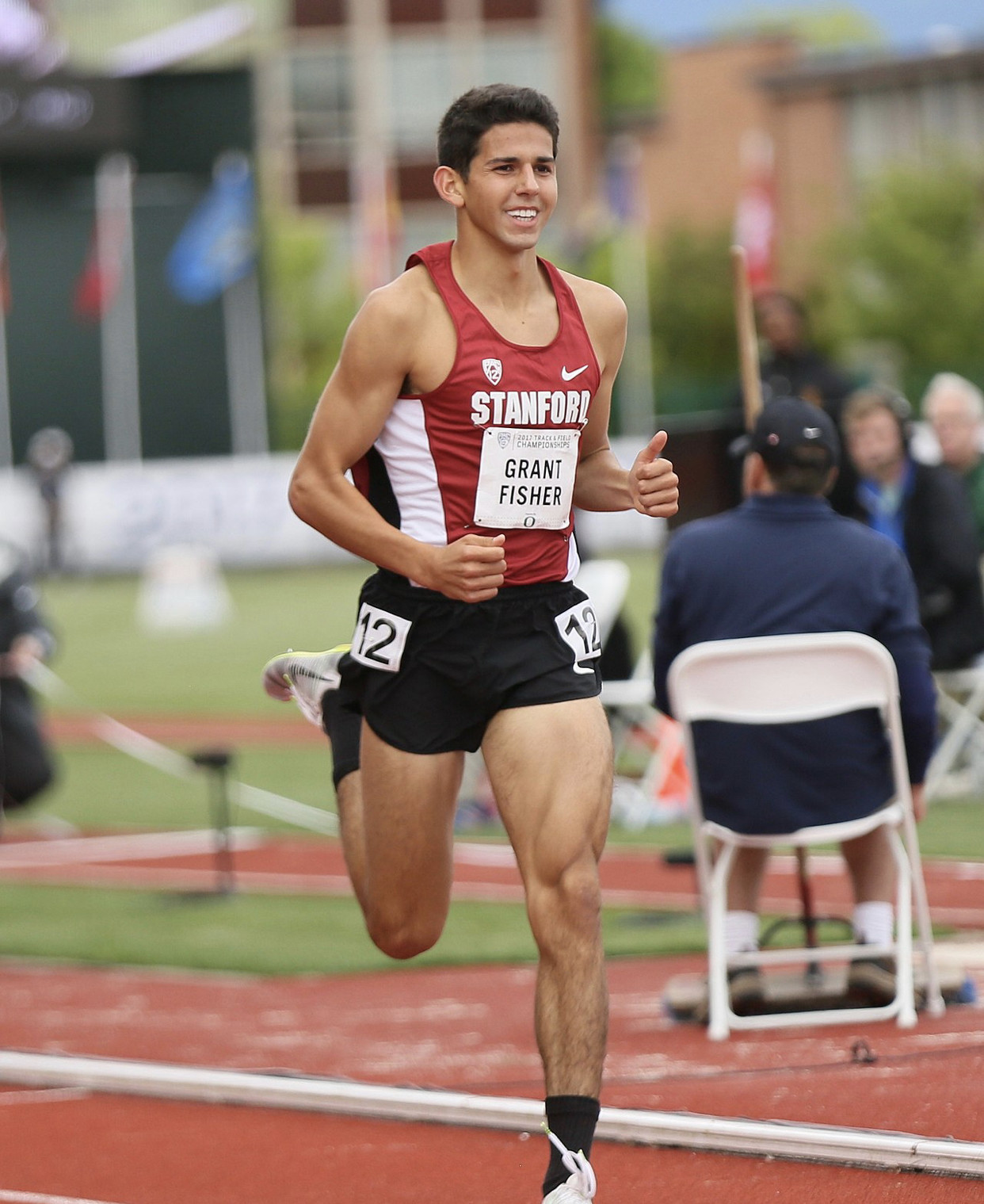
It was also hot, not to mention humid.
Fisher, competing in just his third official 10K, was able to stay within striking distance of the top runners going into the last lap, then unleashed a strong finishing kick to move up to fifth in 27:46.39. Cheptegei (27:43.63) and Kiplimo (27:43.88) took the silver and bronze medals, while Kincaid was 15th in 28:11.01, followed one spot later by Klecker in 28:14.18.
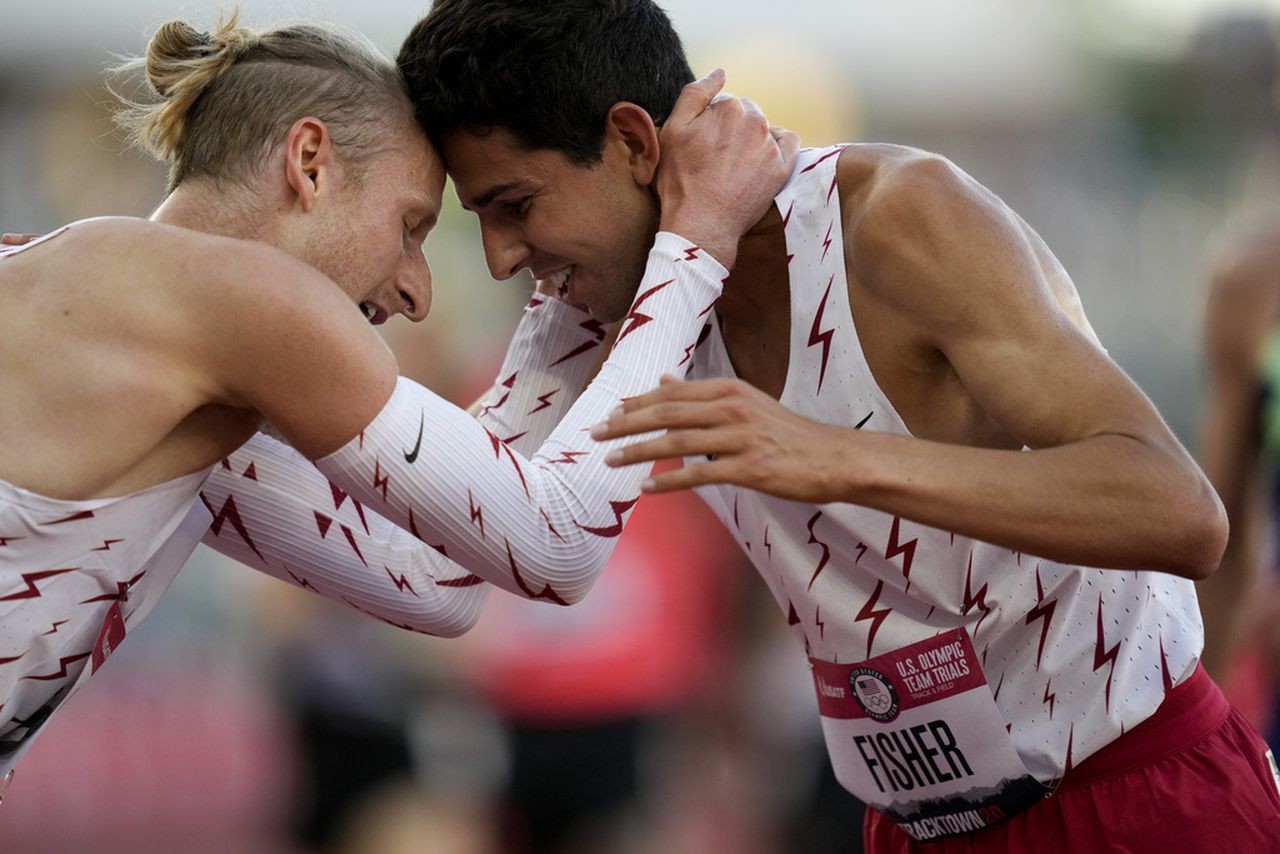
"I was just trying to race without fear, put myself in there and give myself a shot at the end,” Fisher, 24, said. “I was really happy with it. That whole thing, it never felt good. I bet even the guys that were 1-2-3 didn’t feel good in that race. I hope, because I felt that way.”
Despite the fifth-place finish, Fisher’s medal hopes are not over.
He’ll be competing in the 5,000 meters – his signature event – next week in Tokyo. The preliminaries are Tuesday, Aug. 3 and the final is Friday, Aug. 6.
Fisher, 24, is a 2015 graduate of Grand Blanc High School, where he was a two-time state and national cross country champion. In track and field, he became the seventh high school runner to break the four-minute barrier in the mile when he recorded a time of 3:59.38 in his final mile race as a senior.
At Stanford, he was a 2017 NCAA outdoor champion in the 5,000 meters. He was a 12-time college All-American.
(07/30/2021) ⚡AMPTokyo 2020 Olympic Games
Fifty-six years after having organized the Olympic Games, the Japanese capital will be hosting a Summer edition for the second time, originally scheduled from July 24 to August 9, 2020, the games were postponed due to coronavirus outbreak, the postponed Tokyo Olympics will be held from July 23 to August 8 in 2021, according to the International Olympic Committee decision. ...
more...Ten track and field nigerians banned from Olympics for missed doping tests protest in Tokyo
Nigerian athletes protested in Tokyo on Friday after they were disqualified from the Olympics for failing to meet anti-doping testing requirements, reports said.
Ten would-be Olympians were banned from competing in the track and field competition after Nigerian sports officials allegedly failed to properly register them for three mandatory out-of-competition tests, Nigeria’s Premium Times reported.
The Ministry of Sports and the Athletics Federation of Nigeria said the athletes’ tests did not meet collection and analysis standards and the Athletics Integrity Unit, which handles the anti-doping program for the sport, said the athletes didn’t meet the testing requirements, the outlet reported.
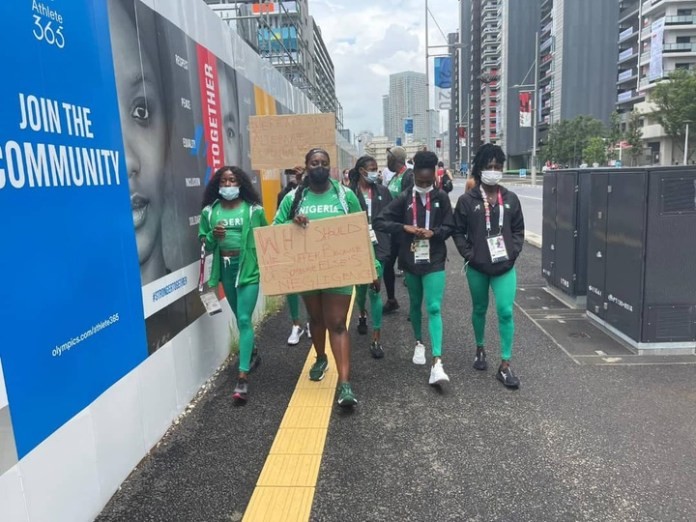
“The AFN bears responsibility for any lapses that may have occurred during the process and reassures Nigerians that our performances will not be negatively impacted,” the AFN said in response.
“All our athletes resident in Nigeria and who qualified for the Olympic Games completed the three mandatory tests. Most of our top athletes resident in the USA also completed their tests. However, a few athletes in the American collegiate system were tested but those tests were deemed not to have complied with… sample collection and analysis standards.”
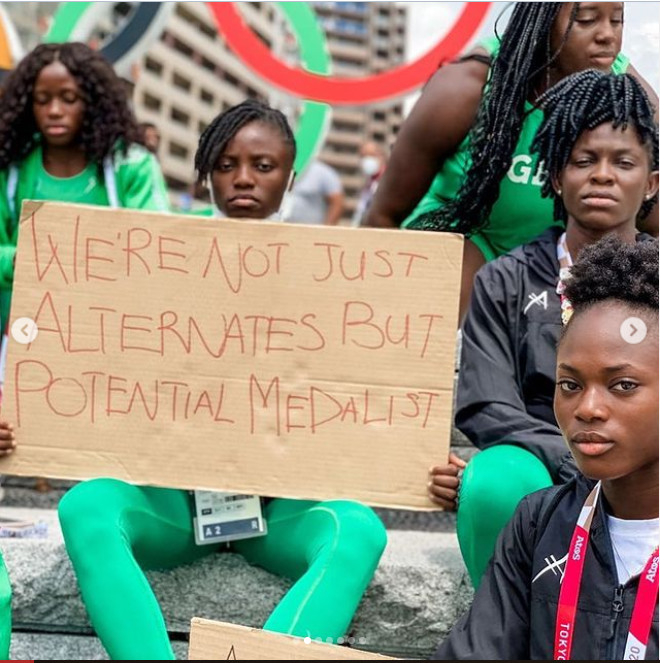
But the star runners claim the snafu wasn’t their fault and held signs with messages like “Why should we suffer for someone else’s negligence” and “We are not just alternates but potential medalists.”
The 2020 Olympics is the first time since 2012 that Nigerians have two athletes competing in the semifinals of the 100m women’s race after runners Blessing Okagbare and Nzubechi Grace Nwokocha made the cut in pre-qualifying events.
The AFN noted no Nigerian athlete tested positive for prohibited substances.
(07/30/2021) ⚡AMPby Gabrielle Fonrouge
Tokyo 2020 Olympic Games
Fifty-six years after having organized the Olympic Games, the Japanese capital will be hosting a Summer edition for the second time, originally scheduled from July 24 to August 9, 2020, the games were postponed due to coronavirus outbreak, the postponed Tokyo Olympics will be held from July 23 to August 8 in 2021, according to the International Olympic Committee decision. ...
more...The most common mistakes that slow you down on a run
If you’ve already fallen in love with running, then you know how great it can be to lace up and really pick up the pace.
Here, experts weigh in on the biggest mistakes you could be making that slow down your run.
1.- YOU’RE BOUNDING TOO HIGH
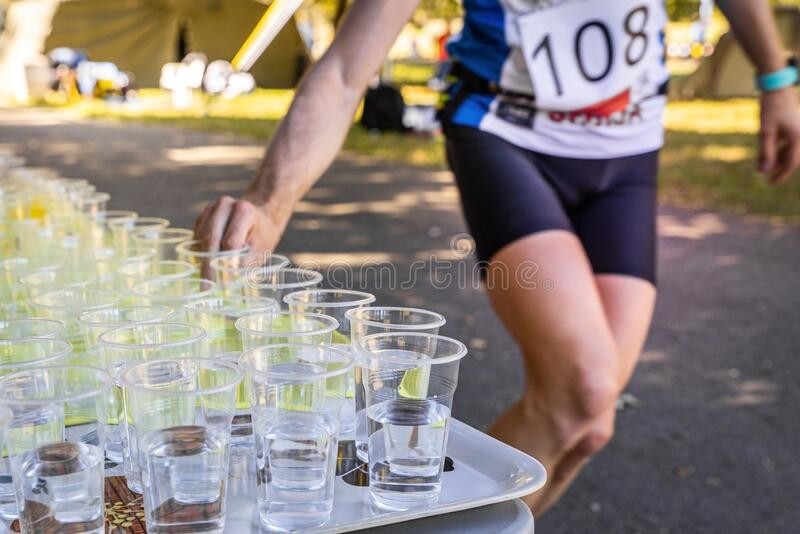
Your stride says a lot about you. The goal of your run should be to propel you forward, not upward. Any extra upward movement could be slowing down your pace and ultimately, an injury risk. “I see a lot of runners who are too bouncy in their motion,” says Rachel DeBusk, a Seattle-based RRCA run coach. “If you think this is you, think about running under a low ceiling, about 2 inches above your head.”
Another movement fixer? Try looking at a stable object in the distance as you run. If it’s bouncing, so are you, says DeBusk.
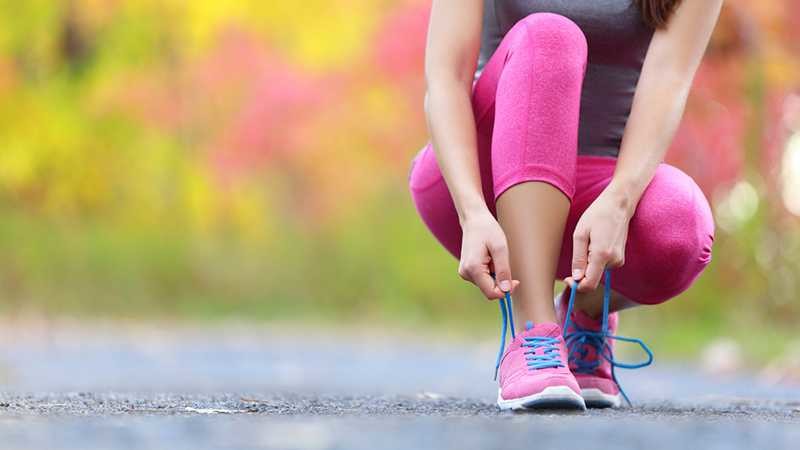
2.- GOING OUT TOO FAST
Unless you’re specifically running for tempo pace, your goal should be to run the second half faster than the first half, says Amanda Dale, certified sports nutritionist and endurance coach. “This not only ensures that you have enough energy in the tank to actually finish the workout, but it trains your body to work harder through fatigue — a great skill to have come race day.”
3.- YOU’RE NOT WEARING THE RIGHT CLOTHES
Wearing full tights on a scorching hot day or a loose-fitting T-shirt that catches a lot of drag? Be smart about the garb you lean into when you’re heading out for your morning miles.
“Clothing might seem like a second thought, but it can have a huge impact on your run,” says Alexandra Weissner, RRCA-certified running coach and co-founder of bRUNch Running. “This can be anything from too-short shorts without using something like Vaseline or BodyGlide in those spots that chafe to a pair of running tights that won’t stay up.”
Weissner suggests finding the picks that work for you, and then snagging them in multiple colorways.
4.- YOU’RE MOVING YOUR TORSO TOO MUCH
“Plain and simple: It’s wasted motion,” says DeBusk. “It both slows you down and tires you out.”
To visualize the optimal core stability for a faster run, DeBusk suggests the following exercise: Put yourself in a plank and bend one knee backward 90 degrees, toward the sky. Pulse that foot 2–3 inches toward the sky without letting the raised knee drop and keeping the core completely still. “That trains the body to keep the torso still and efficient during a run,” she says.
5.- YOU’RE NOT PROPERLY HYDRATED
Dehydration can slow you down majorly. This holds especially true for morning runners, who want to get up and out as soon as their alarms go off. “After sleeping for 7–8 hours your body needs to be replenished,” says Cortney Logan, an RRCA-certified run coach. “While you should down a glass of water after getting out of bed, this might not often be enough.” Runners need to know proper hydration.
Logan’s go-to is the three-beverage approach: a glass of water, an electrolyte beverage and a cup of coffee. “Water will help flush those muscles, electrolytes help combat dehydration from your good night’s rest, and coffee has caffeine that gives you that desirable jolt.”
6.- YOU’RE WEARING THE WRONG SHOES
Being in the wrong kind of shoes can be painful and stop a runner in their tracks. “Make sure to get fitted for your running shoes at a specialty shop,” suggests Jonathan Poston, USATF Level II endurance coach. “Test them out for shorter distances before going out for anything more than a few miles.”
(07/30/2021) ⚡AMPby Mapmyrun
Sydney McLaughlin wants gold at Olympics
Given its unique demands on technique, endurance, and speed, many consider the 400m hurdles one of the most challenging track and field events. After exploding out of the starting blocks, athletes must sprint 400m while propelling themselves up and over 10 hurdles positioned evenly around the track.
At 21 years old, Sydney McLaughlin is already the fastest woman in the history of the event as she begins her Olympic campaign on Saturday morning in Tokyo.
McLaughlin earned the world record at the US Olympic trials in Eugene, Oregon in June. Blazing hot temperatures (topping off at nearly 110 degrees Fahrenheit) resulted in a five-hour delay to one of the most anticipated races of the meet, where McLaughlin faced 2016 Olympic champion Dalilah Muhammad, the previous record-holder. But the wait was worth it for McLaughlin. She crossed the finish line in 51.90 seconds, bettering Muhammad’s record (set at the 2019 World Championships) by 0.26 seconds. Realizing her momentous accomplishment, McLaughlin’s mouth gaped as she crouched on her knees.
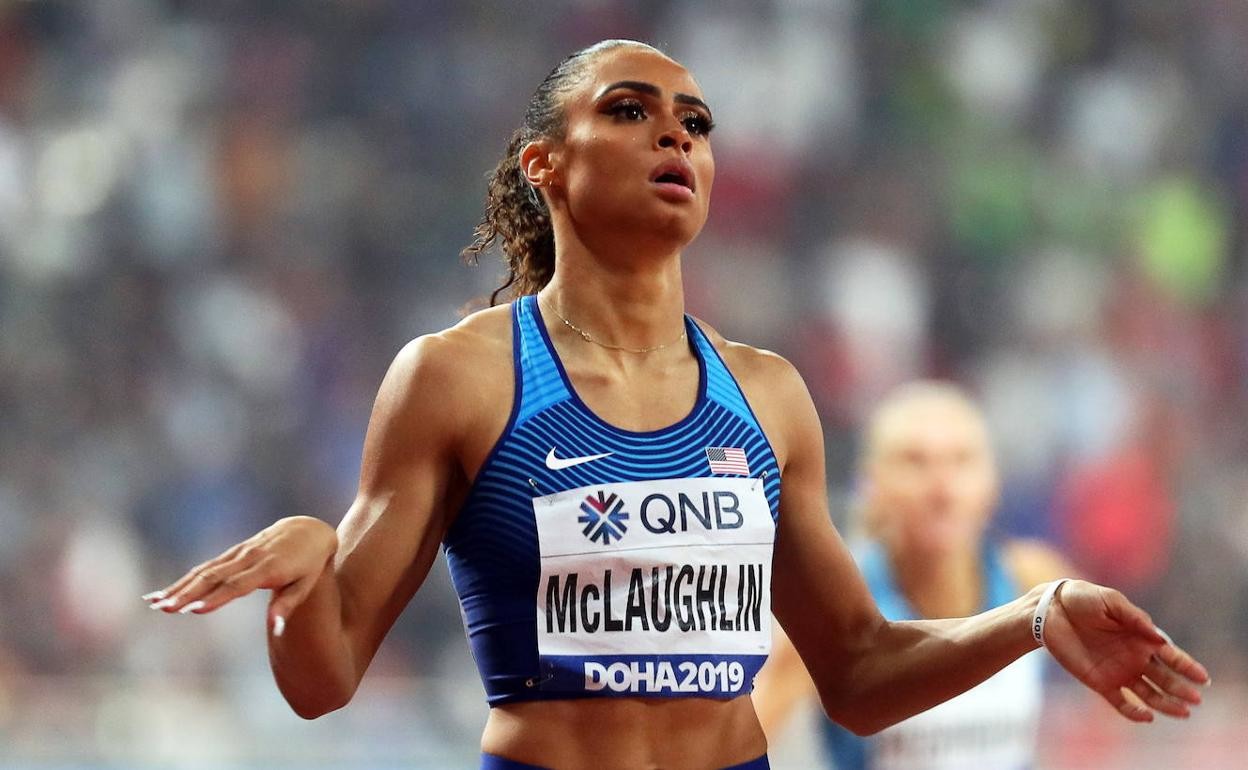
“I felt immediate excitement and overall gratefulness,” she said. “I owe it all to God, my family and my team. I’m still in disbelief, but it’s truly just faith, trusting the process, and seeing my hard work along with the gift of God being put into action.”
McLaughlin, who also holds numerous age group world records and was a two-time recipient of the Gatorade’s National Female Athlete of the Year award, will now attempt to secure another title: Olympic gold medalist. She will have the opportunity to do so in a rematch with Muhammad scheduled for 4 August. It’s a race both athletes are eagerly awaiting.
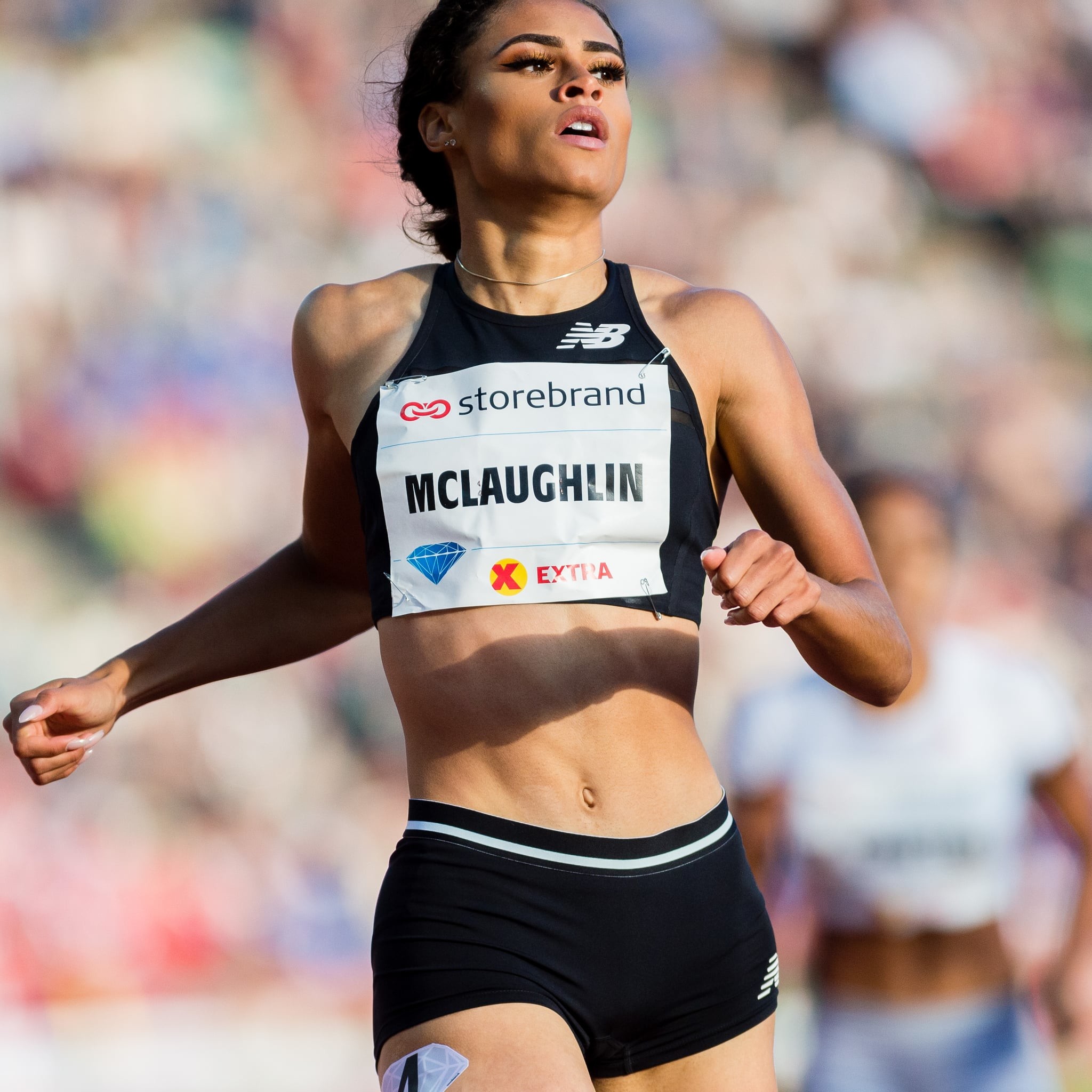
After congratulating McLaughlin on her record-breaking win, Muhammad said: “It’s going to be a battle in Tokyo for sure.”
The Tokyo Games mark McLaughlin’s second Olympic appearance. In 2016, at 16 years old, she became the youngest athlete to make the US Track and Field Olympic team since 1972.
“It’s an honor in and of itself to be able to go to the Olympics for a second time. I am so excited and grateful, and I’m definitely going to continue to focus on training and being the best I can be,” said McLaughlin, who comes from an athletic family. Her mother ran in high school, her father was a semi-finalist at the 1984 Olympic trials in the 400m, and her brother, Taylor, finished second at the 2016 Under-20 World Championships in the 400m hurdles.
In Rio de Janeiro, McLaughlin’s Olympic journey stopped in the semi-finals, where she placed fifth. This year, she is five years older, stronger and wiser, and the pandemic helped her gain a renewed focus.
“Those first couple of months being stuck in the house, I was like, ‘Who am I doing this for?’” she said.
Her outlook shifted, however, as she became more involved in her faith.
“My goals are different now,” she said. “A lot of my life was trying to prove something, which is an endless cycle that will never fulfill you. My gifts are not to glorify myself. When I stand on the podium, I give the glory to God.”
Even with this newfound meaning, training in Los Angeles during the pandemic presented its own challenges. When the city shut down, McLaughlin was forced to get creative with her workouts, which meant sneaking onto tracks and running on highway medians. She also traveled with her team to Arizona to get a month’s worth of consistent training. Despite this unconventional approach, the delayed Olympic games worked in her favor.
“The extra time for me was a blessing,” McLaughlin said.
The additional year enabled McLaughlin to make key changes, including switching to coach Bobby Kersee, the husband and former coach of Olympic gold medalist Jackie Joyner-Kersee. Kersee also trained McLaughlin’s previous coach, Olympic gold medalist Joanna Hayes, and Florence Griffith Joyner, who holds world records in the 200m and 100m races and is touted as the fastest woman of all time.
(07/30/2021) ⚡AMPby Stephanie Hoppe
Tokyo 2020 Olympic Games
Fifty-six years after having organized the Olympic Games, the Japanese capital will be hosting a Summer edition for the second time, originally scheduled from July 24 to August 9, 2020, the games were postponed due to coronavirus outbreak, the postponed Tokyo Olympics will be held from July 23 to August 8 in 2021, according to the International Olympic Committee decision. ...
more...Ethiopia’s Selemon Barega wins gold at 10,000m in Tokyo
Selemon Barega captured gold in an exciting men’s 10,000m final today in Tokyo in 27.43.22, followed by race favourite Joshua Cheptegei and Jacob Kiplimo, both of Uganda, for silver and bronze – the first medals ever won by Ugandans in this event. Canadian record holder Mohammed Ahmed threw in a surge near the end, briefly leading the tightly bunched pack, but ended up finishing sixth in the 25-lap spectacle, with a season’s best time of 27:47.76.
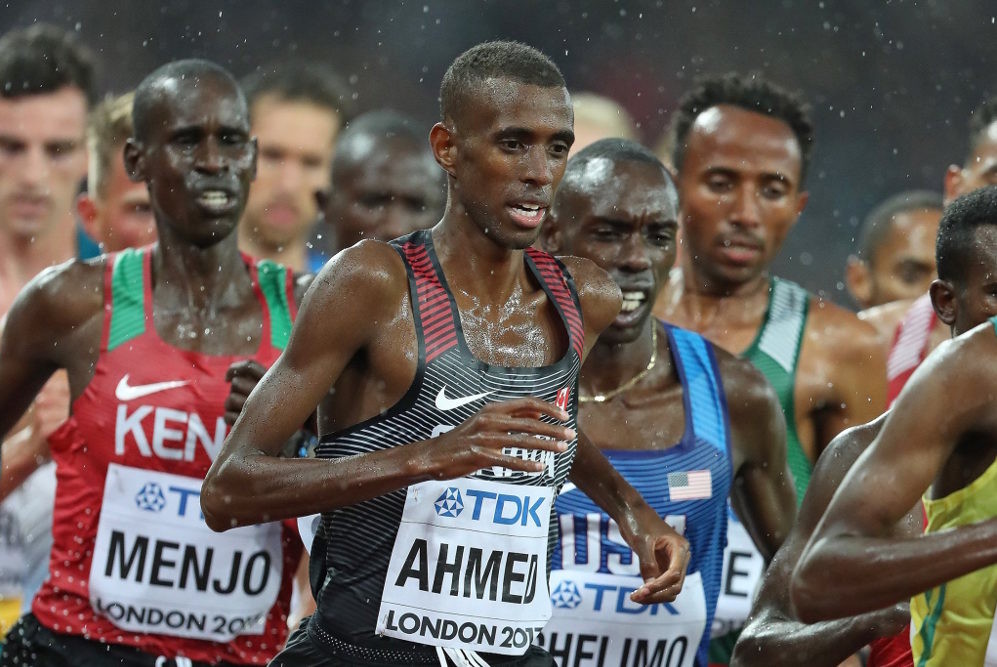
Ahmed managed to stay in contention and out of trouble early on in the race, going with Cheptegei, who took over the lead with four laps to go. With two laps to go, Ahmed took the lead, but in the end was out-kicked.
Ahmed also finished sixth in the 10,000m at the 2019 World Championships in Doha. Despite finishing off the podium, this is an incredible achievement for Canadian distance running. Ahmed grew up in St. Catharines, Ont., and ran at the University of Wisconsin. Since then, he has been training with the Bowerman Track Club in Portland, Ore., and his teammate, Woody Kincaid, finished 15th.
The 2018 Commonwealth Games silver medallist in 5,000m and 10,000m will be on the track again looking to reach the podium in the 5,000m heats on Tuesday, Aug. 3 at 7 a.m ET.
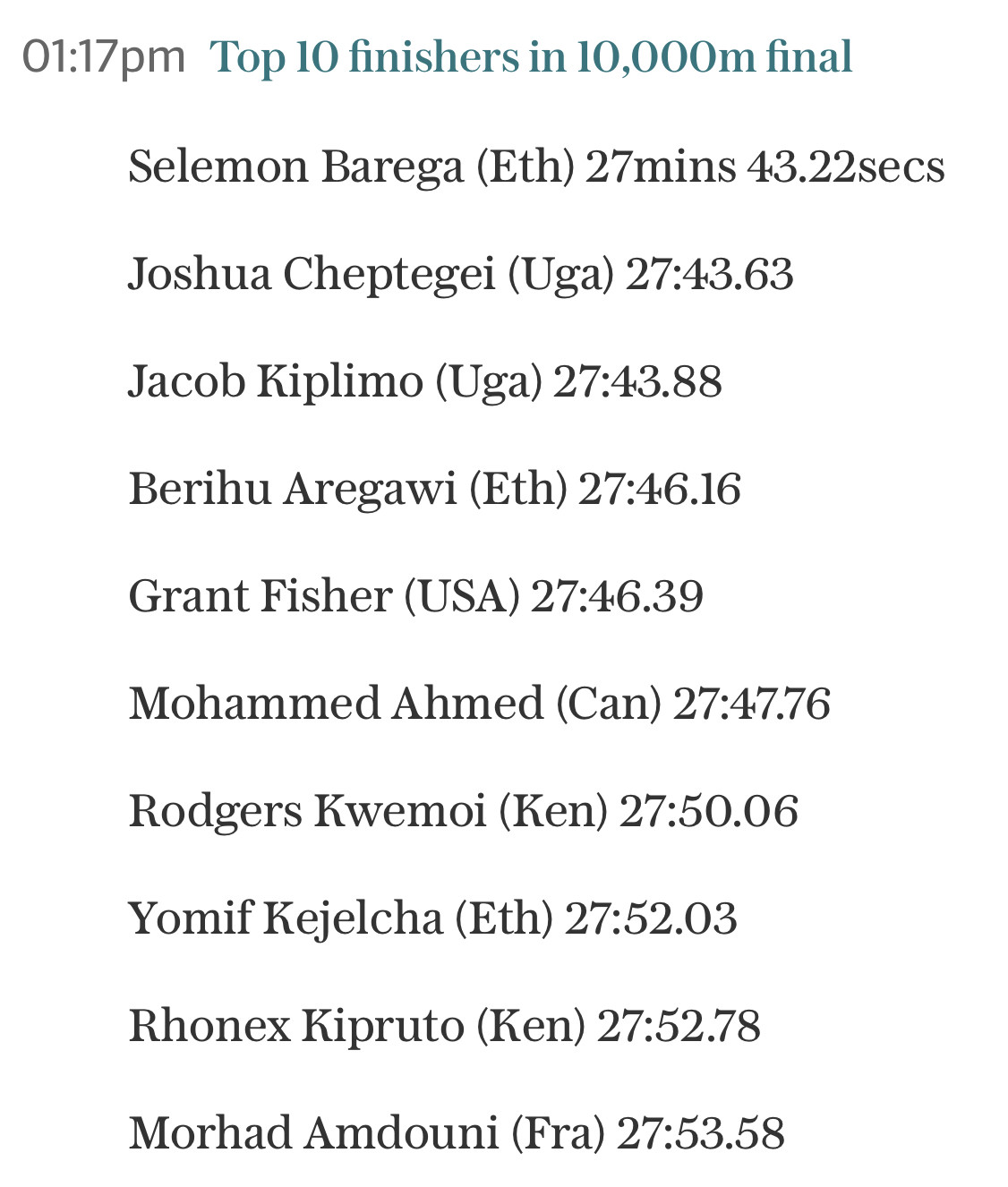
by Marley Dickinson
Tokyo 2020 Olympic Games
Fifty-six years after having organized the Olympic Games, the Japanese capital will be hosting a Summer edition for the second time, originally scheduled from July 24 to August 9, 2020, the games were postponed due to coronavirus outbreak, the postponed Tokyo Olympics will be held from July 23 to August 8 in 2021, according to the International Olympic Committee decision. ...
more...Without Jamaican Usain Bolt the 100m is suddenly a race again
The post-Usain Bolt era in the Olympic 100 meters begins this weekend as the United States seek to regain supremacy in the event they dominated for more than a century.
Jamaican Bolt won the last of three straight titles in 2016 in Rio de Janeiro and since his retirement the following year nobody has really stepped up to stamp their authority on the sport's most-watched race.
The U.S have won more golds in the event than all other nations combined, having taken 16 of the 28 Olympic titles contested, but their last success came via Justin Gatlin in 2004.
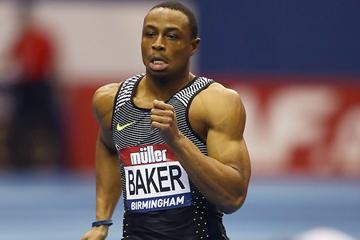
This year, though, they are back gunning to top the podium, even without the presence of banned world champion Christian Coleman.
Seven out of the eight sprinters with the fastest times in 2021 have been Americans, led by Trayvon Bromell whose 9.77 second run in Florida last month is the fastest of the year and marks him as the race favorite.

He won the U.S. trials in 9.80 to put a long and troublesome injury history behind him, but the self-described "silent killer" is not happy with the favorite tag.
"When you put yourself into that bubble, into that box, a lot of expectations come into it," he said recently. "When you start living in other people's world then you get off of your own plan."
Bromell's closest challenger is probably his compatriot Ronnie Baker, who came second to him at the U.S. trials with a time of 9.85.
Baker beat Bromell in Monaco, his second successive Diamond League win, and has run an impressive wind-aided 9.78s seconds in the past.
Unlike his compatriot, Baker is happy to blow his own trumpet. "I am one of the best runners in the world, hands down. I have been, since 2018," he said after his win in Monaco, a race that included his rivals in Tokyo.
He has also had to overcome injuries over the last few years, but he said that he was feeling confident heading into Tokyo.
"This year is probably the most technically sound I have been," he said. "I know I can run way faster than anyone."
While the U.S. sprinters, that include Fred Kerley, the 2019 400m world bronze medalist, are definitely contenders for all three medals, there are other runners coming to Tokyo with a mission, though unusually Jamaica look a touch off the pace.
Another non-American who can make some noise in Tokyo is the South African sprinter Akani Simbine who finished fifth five years ago and boasts the second fastest time of the year.
(07/29/2021) ⚡AMPby Omar Mohammed
Tokyo 2020 Olympic Games
Fifty-six years after having organized the Olympic Games, the Japanese capital will be hosting a Summer edition for the second time, originally scheduled from July 24 to August 9, 2020, the games were postponed due to coronavirus outbreak, the postponed Tokyo Olympics will be held from July 23 to August 8 in 2021, according to the International Olympic Committee decision. ...
more...The Detroit Free Press Marathon is going ahead with U.S.-only race
Detroit's cross-border marathon is staying on the U.S. side of the Detroit River this year, organizers say.
The Detroit Free Press Marathon announced that given the "fluidity" of the pandemic and restrictions at the border — and the race being less than three months away — a decision was made to proceed with a Detroit-only route.
"Running internationally is a beloved and unique component of our race, and because of that, we exhausted every opportunity and avenue, hoping that we would continue that tradition this year," the organization said on its website on Thursday.
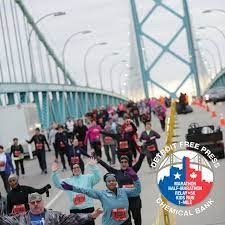
The marathon, half-marathon and marathon relay take place on Oct. 17. It's only the third time in the race's four-decade history that runners will be competing within Detroit only.
The route usually crosses the Ambassador Bridge and the Windsor-Detroit Tunnel.
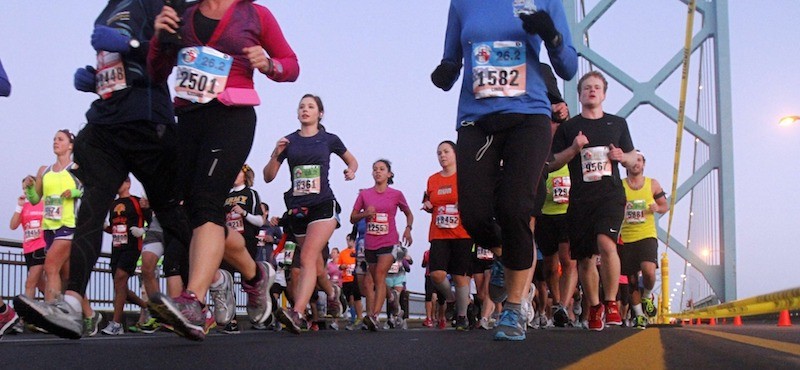
Last year's event was virtual, amid the pandemic and restrictions on non-essential travel at the border.
The Canadian federal government announced earlier this month that as of Aug. 9., U.S. citizens and permanent residents will be able to enter Canada for non-essential purposes if they're fully vaccinated.
The U.S. has yet to reciprocate to Canadians. The government recently extended the border shutdown until at least Aug. 21.
(07/29/2021) ⚡AMPby CBC News
Detroit Free Press Marathon
Our marathon course offers international appeal, traversing both downtown Detroit and Windsor, Ontario, crossing the border at both the Ambassador Bridge and Detroit-Windsor Tunnel. You will run through historic neighborhoods, around beautiful Belle Isle, and along the spectacular RiverWalk. ...
more...Want Stronger Bones? Running Builds Bone Strength
In the constant battle for health and longevity, you’ve got to take care of your bones. After all, they’re a major factor in keeping you upright and moving. Unfortunately, as you age, bone density can decrease and lead to osteoporosis. Before things get that far, there’s a lot you can do to ensure your bones stay strong for years to come.
According to the NIH Osteoporosis and Related Bone Diseases National Resource Center, weight-bearing and resistance exercises are great for your bones. This includes walking, running, climbing stairs, playing sports and lifting weights.
A study out of the University of Missouri looked at the bone density of men ages 25–60. After one year of performing high-impact exercises, the men experienced new bone growth. Basically, high-impact exercise caused the bones to adapt, become stronger and repair themselves, which included the formation of new bone tissue.
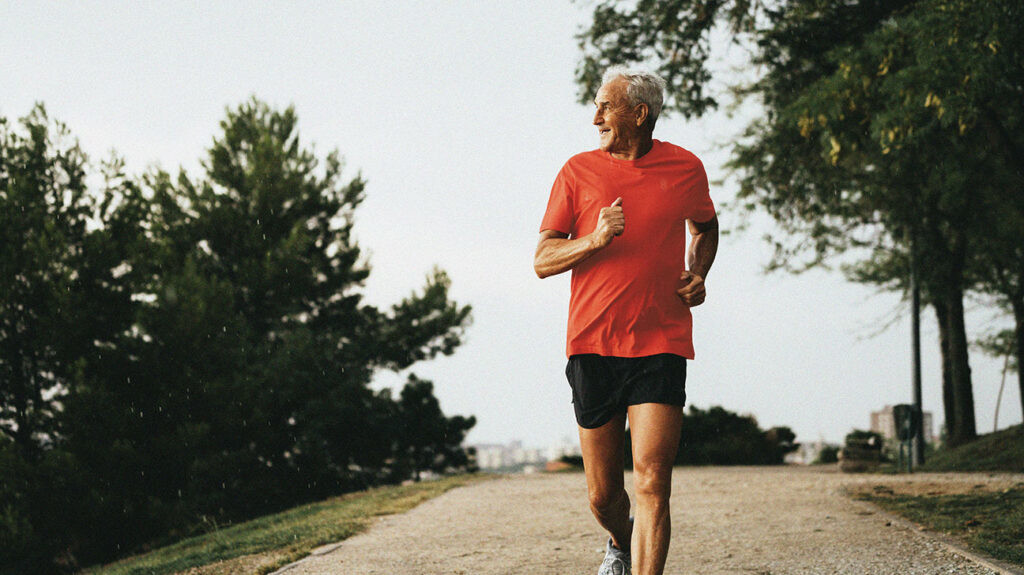
On the other hand, activities like cycling and swimming — while excellent for cardiovascular health — might not be doing your bones any favors.
Per a recent study from the Norwegian School of Sport Sciences, elite-level road cyclists had worse bone density than runners. When comparing middle-distance and long-distance runners with the cyclists, researchers noticed the cyclists had lower bone mineral density across the board — males and females alike. More than half of the cyclists were actually classified as having low overall bone density per criteria set forth by the American College of Sports Medicine.
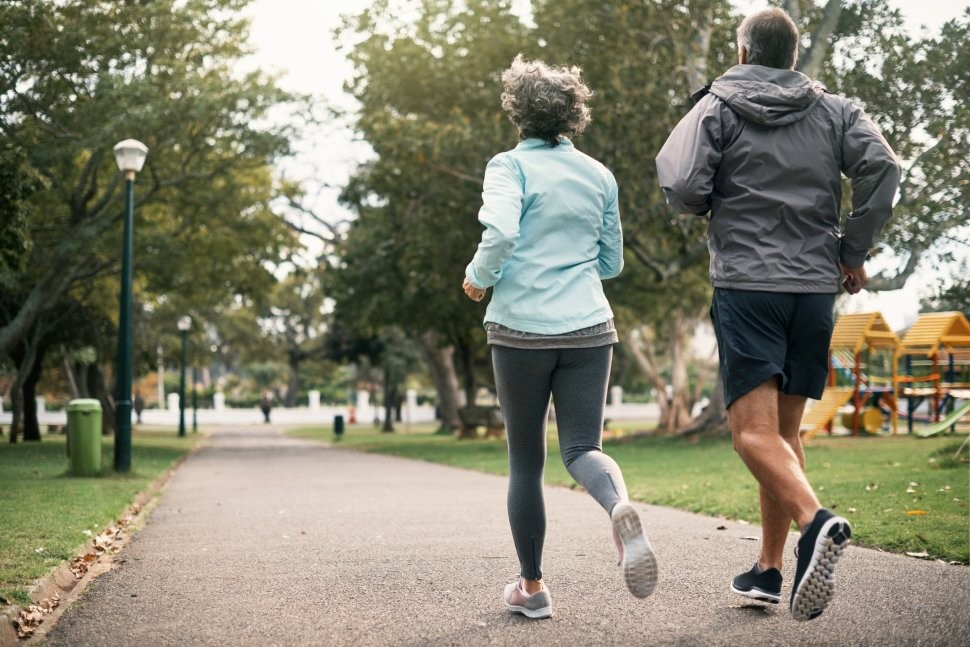
In fact, even though cycling is great for your heart and lungs, the bones in cyclists don’t show much difference from the bones of people who do not exercise. To address this problem, researchers suggest combining cycling with resistance training.
Running puts significant stress on your bones. This isn’t news to anyone who’s experienced sore knees or ankles after pounding the pavement. But as we’ve seen from the above studies, this pounding isn’t necessarily a negative thing, and it can actually be very beneficial.
Depending on your speed and gait, distance running can put up to three times your bodyweight on your bones and joints with each step. If you’re sprinting, that number can increase to seven times your body weight, according to the book “Build Your Running Body.” That adds up. If you’re overdoing it — or unlucky — such gravitational force can lead to shin splints and stress fractures. But each time your bones are subjected to this force, they also have an opportunity to change and improve.
Just as your muscles break down during exercise and then repair themselves, coming back bigger and stronger than before, so do your bones. One study even found sprinters (and tennis players) have 23% greater bone mass than people who don’t exercise. Another study found sprinters have 10–14% more bone mineral density in their hips.
The American Academy of Orthopedic Surgeons says most people begin to lose bone mass at around 40 years old. However, if you take the right steps — like going running, which involves taking many steps — you can slow that loss and even build new bone. All that extra bone comes in handy as you age.
(07/29/2021) ⚡AMPby Mapmyrun
Lake Biwa Mainichi Marathon organizers look forward
The 76th Lake Biwa Mainichi Marathon race held on February 28 this year concluded as the best edition ever held, with the establishment of a new Japanese men’s national record and the first ever performance of under 2 hours 4 minutes by an Asian athlete.
The Lake Biwa Mainichi Marathon boasted the longest history of any marathon in Japan. It has traditionally been a men-only elite race with approximately 300 entries each year. In order to catch up with the trends of the world’s major marathon races the race organizers have decided to move the race, leaving the beloved course in Otsu city in Shiga prefecture and relocating to Osaka, using the course of the present Osaka Marathon, and combining the elite race with the mass participation Osaka Marathon.
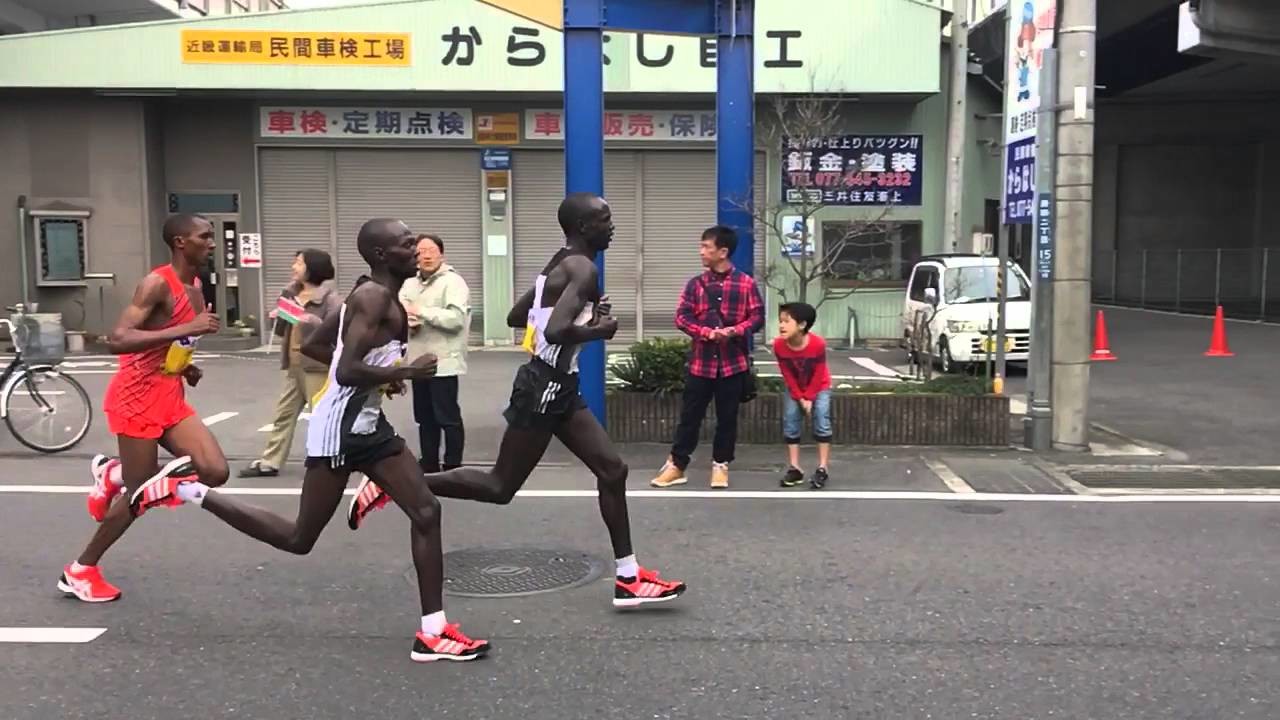
The 10th Osaka Marathon was to be held in November 2020 with 32,000 participants anticipated but had to be cancelled due to the COVID-19 pandemic. The organization of the event itself is perfect but until 2019 Osaka Marathon had not had attracted serious elite athletes.
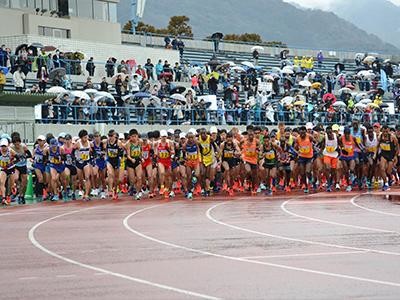
On February 27, 2022 a new event had been planned, combining the 10th Osaka Marathon and the 77th Lake Biwa Mainichi Marathon with a total of 35,000 runners provided. Because of the continuing impact of the COVID-19 virus this number has now been revised to 20,000.
The elite race level of the Lake Biwa Mainichi Marathon will be maintained on the Osaka Marathon course route. The Japan Association of Athletics Federations (JAAF), the Osaka Prefecture and the Mainichi Newspapers will be the joint organizers of the race, and NHK will continue to broadcast on TV, providing live coverage in Japan and overseas.
The invited athletes will be sufficient in quality and quantity to retain a Gold Label. The Mainichi Newspapers will remain responsible for the management of the elite athletes.
(07/29/2021) ⚡AMPby AIMS
Osaka Marathon
In 2022 the Lake Biwa Mainichi Marathon and Osaka Marathon were held together. For 2023 the name of the marathon will be Osaka and both men and women can run the race. The original male-only competition was first held in 1946 and, having taken place every year since then, it is Japan's oldest annual marathon race. The early editions of...
more...Hunter and Davis are officially melting the Internet: Hunter on Instagram - They said I’d never walk, So I learned to run instead!
#TeamUSA long jumper Tara Davis & Paralympic athlete Hunter Woodhall are officially melting the Internet!! I hope they both win gold in the #TokyoOlympicGames!! 🇺🇸 Posted Gary Allen on FB.
After two-time Paralympic medalist Hunter Woodhall ran a season-best 11.04 seconds in the 100-meter T62 sprint at the U.S. Paralympic Team Trials for Track and Field on June 18 in Minneapolis, he picked up his phone and FaceTimed his girlfriend immediately upon stepping off the track.

Tara Davis was already on the other side of the country, preparing for the long jump competition at the U.S. Olympic Team Trials in Eugene, Oregon. Woodhall and Davis, who train at the University of Arkansas and University of Texas, respectively, are accustomed to regular FaceTime calls at all moments in time to keep their long-distance relationship strong.
In Tokyo, Woodhall is expected to compete in both the 100 and 400; at the last Paralympic Games in Rio he won silver in the 200 and bronze in the 400. While he’s no longer competing at the NCAA level — he turned pro in January — he’s still training with the Arkansas team, having adjusted his schedule to peak at Trials and the Games as opposed to indoor and outdoor collegiate nationals.
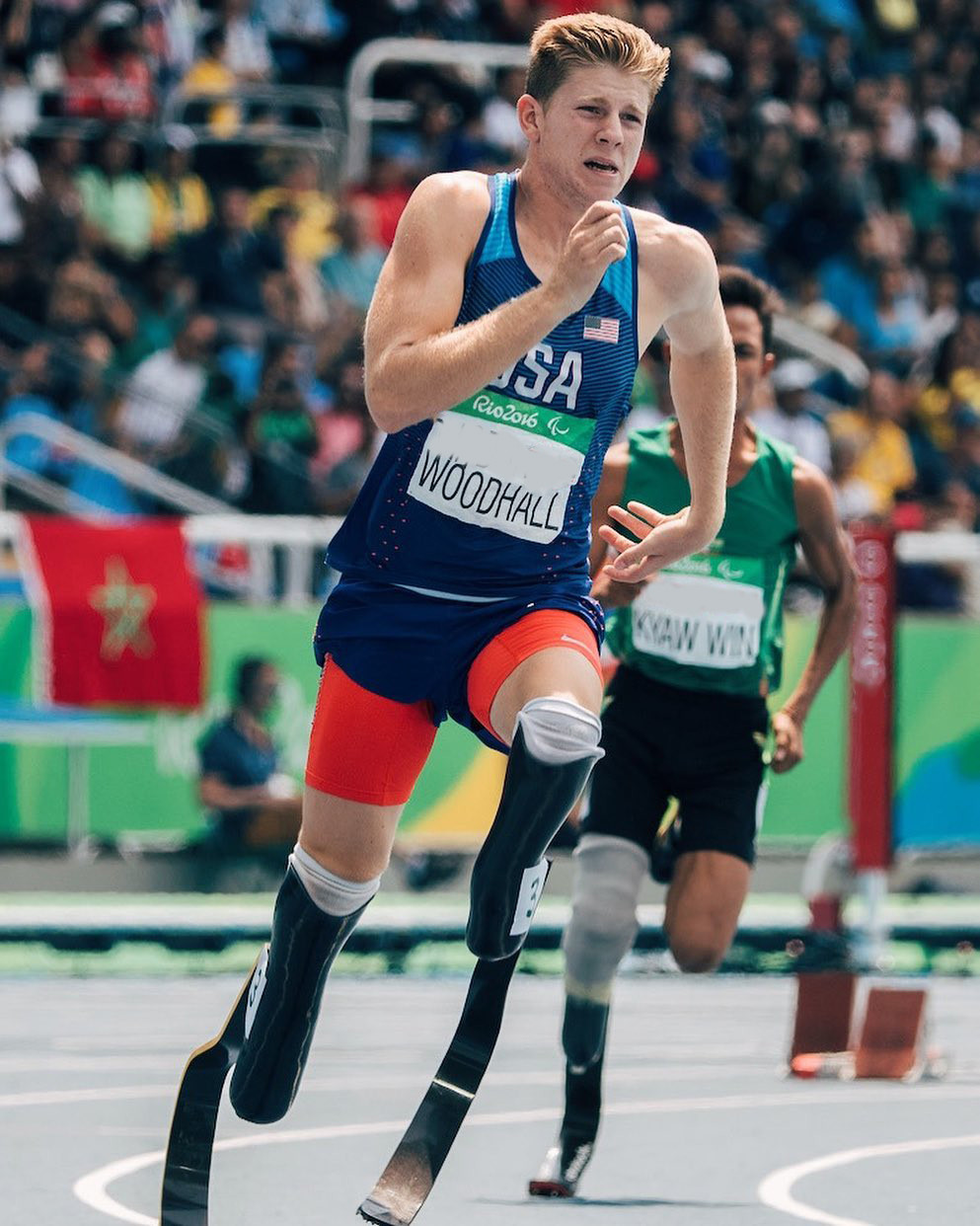
Davis was competing in her second Olympic Trials after finishing 19th in the long jump in 2016. She has held the American junior record in the event since 2017 and earlier this season broke Jackie Joyner-Kersee’s collegiate record set back in 1985.
Davis is also No. 2 at the junior level in the 60-meter hurdles.“I can't put into words how I'm feeling right now, there just are so many emotions,” Davis said to the website of the University of Texas, where she was an NCAA indoor and outdoor national champion.
“I say it all the time, I didn't think I was going to be here. I was going through so much I just didn't ever think I was going to be at the Olympic Trials. But here I am, and I was so grateful for the opportunity, and I took advantage of it.
”The couple, both 22, have been chronicling their journeys in their own YouTube channel, and Woodhall, a TikTok star who has more than three million total social followers across all his platforms, has been profiled by the likes of the New York Times and “The Ellen DeGeneres Show.
”The first double amputee track and field athlete to have earned a Division I athletic scholarship insists there will be as many reasons to follow the Para track and field athletes like himself in Tokyo, as the Olympic athletes like Davis.
“The biggest reason to tune in is because of the stories that come along with the Paralympics — things that people have had to fight through and go through just to be here,” he said.
“At the end of the day we are all humans and all in the same field. If people can come out here and compete after the things they’ve gone through and still be chasing their dreams, that shows that everyone’s on the same level.”
(07/28/2021) ⚡AMPWill this world record ever be broken? Maybe in another 100 years!
38 years ago Czech runner Jarmila Kratochvilova set the still standing world record of 1:53.28 over 800 meters for women. Is this record legitimate and will it ever be broken? Dave Ross asked on FB.
In 1983, Kratochvílová broke the 800 m world record with a time of 1:53.28. At the World Championships shortly afterwards, she set a world record of 47.99 seconds to win the 400 m.
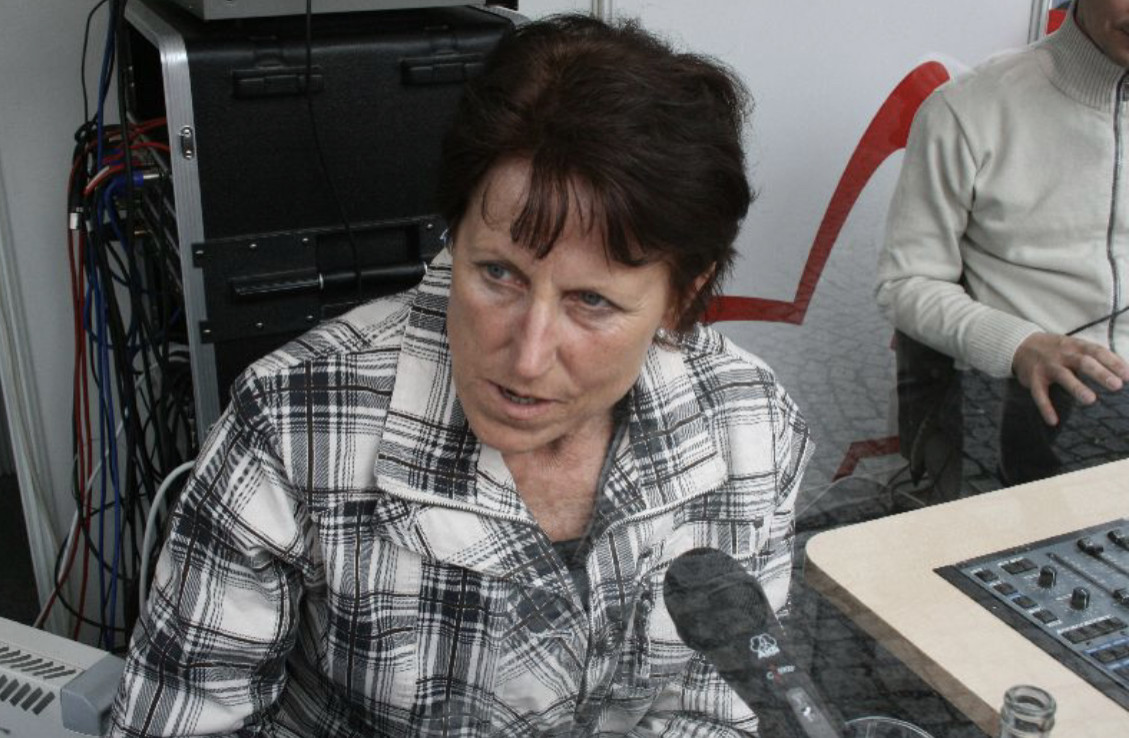
Kratochvílová's 1983 400-metre world record of 47.99 seconds stood for two years until it was broken by her great rival Marita Koch in 1985. Koch's 400-metre world record of 47.60 seconds still stands as of 2021. Koch and Kratochvílová are the only women who have broken the 48 second barrier in a 400-metre laned race.
Her 800-metre world record is the longest standing track record in men or women's athletics, and was described by 1996 Olympic champion Svetlana Masterkova as ".. very fast. It's impossible for women to run so fast. It will last for 100 years."
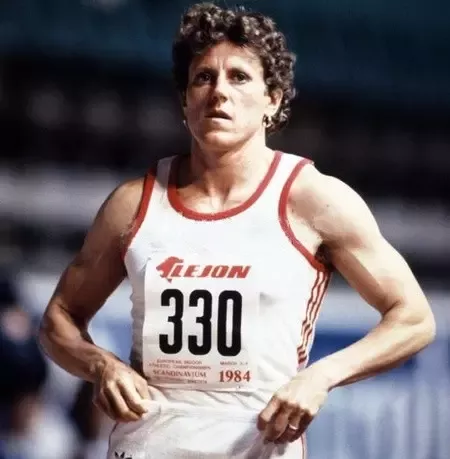
Kratochvílová was a late developer, not breaking 53 seconds for the 400 metres until she was 27, and she was 32 when she set her world records.
Her remarkably fast times and her atypical muscular physique spawned rumors of illegal drug use.
Kratochvílová has maintained her innocence, and although in 2006 the Prague newspaper Mladá fronta DNES claimed to have uncovered a doping program run by Czechoslovakia's Communist government, there was no link to Kratochvílová despite her being her country's highest profile athlete.
She and her coach of 20 years, Miroslav Kvac, maintain that it was rigorous training and high doses of vitamin B12 that account for her records, a claim treated with scepticism by several anti-doping campaigners. In 2017, she criticized a proposal by European Athletics to remove suspicion about drug-taking by voiding all world records set before 2005.
(07/28/2021) ⚡AMPOlympic Sprinter Switzerland's Alex Wilson Banned From Tokyo 2020 Denies Doping, Blames U.S. Meat
A Swiss sprinter who blamed failing an anti-doping test on meat he ate in the U.S. will not compete at the Tokyo 2020 Olympics after the Court of Arbitration for Sport (CAS) reinstated his ban on Wednesday.
Jamaica-born Alex Wilson, who was scheduled to race in the 100m and 200m, was suspended in April by the Swiss anti-doping agency after testing positive to trenbolone—a banned steroid—in an out-of-competition test back in March.
Wilson maintained he was clean and attributed the positive test to contaminated meat he ate in a Jamaican restaurant in the U.S. and successfully appealed the ban, which was lifted earlier this month by Swiss Olympic—the umbrella organization that covers Swiss sports and the Swiss Olympic Committee.
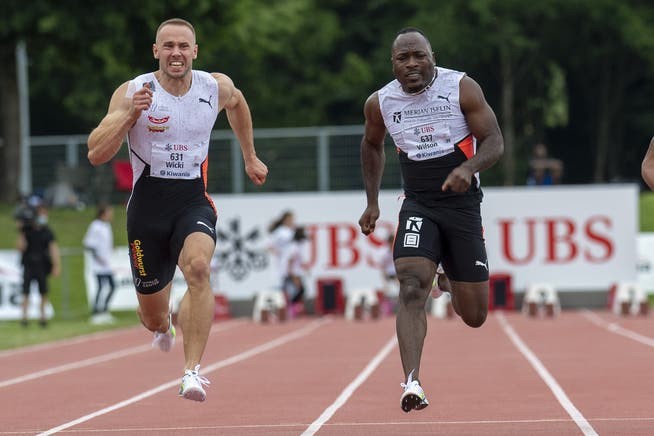
World Athletics, however, appealed the decision to CAS, which reinstated the ban.
"The Panel concluded that the provisional suspension imposed on the athlete on April 28 2021 should not have been lifted by the Disciplinary Chamber of Swiss Olympic," CAS said in a statement.
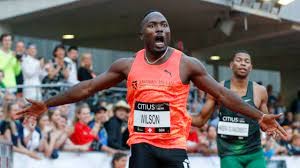
"It follows that the decision of the disciplinary chamber of Swiss Olympic dated July 2 2021 is set aside and the provisional suspension shall be reinstated with immediate effect.
"The present CAS decision does not prejudge in any way the decision which will be rendered by Swiss Olympic later on, once the disciplinary proceedings will have been completed."
In an official response following the ruling by CAS, Swiss Olympic said it regretted the incident.
"Swiss Olympic very much regrets this case and would be very disappointed if the offense was confirmed," the statement read.
"Swiss Olympic is convinced that the fight against doping must be conducted with all consistency."
The bronze medalist in the 200m at the European Championships in 2018, Wilson broke the European record in the 100m with a time of 9.84 earlier this month at a meeting in Marietta, Georgia.
While the record was not ratified it marked a significant improvement from Wilson's previous six performances over the distance this year, where he had never clocked a time below 10.38.
Wilson isn't the only athlete due to compete in Tokyo to have been suspended over alleged anti-doping violations.
On July 14, the International Swimming Federation (FINA) announced two swimmers due to represent the Russia Olympic Committee at the 2020 Olympics had been provisionally suspended.
(07/28/2021) ⚡AMPby Dan Cancian
Tokyo 2020 Olympic Games
Fifty-six years after having organized the Olympic Games, the Japanese capital will be hosting a Summer edition for the second time, originally scheduled from July 24 to August 9, 2020, the games were postponed due to coronavirus outbreak, the postponed Tokyo Olympics will be held from July 23 to August 8 in 2021, according to the International Olympic Committee decision. ...
more...Athletics Kenya (AK) have named World 2019 bronze medalist Rhonex Kipruto as Geoffrey Kamworor's replacement in Kenya's 10,000 meters team for the Tokyo
Geoffrey Kamworor, who sustained an ankle injury in training this week, was a big medal prospect in the team that also has national cross country champion Rodgers Kwemoi and Weldon Kipkirui.
The two left the country last Friday and will be competing in the final on July 30 where Kenya is expected to bag its first medal in athletics.
Kipruto, World Under-20 10,000m champion, withdrew from the Kenyan trials with five laps to go.
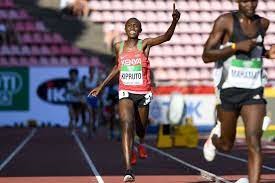
General Team Manager for the Tokyo Olympic Games Barnaba Korir said Kipruto has officially joined the team after clearance from World Athletics and necessary paperwork is ongoing.
“We are pleased to announce that Rhonex Kipruto is the latest inclusion to our athletics team for the Tokyo Olympics. He has already reported at Kasarani Stadium where the remaining part of team Kenya are in residential training in a bubble camp.
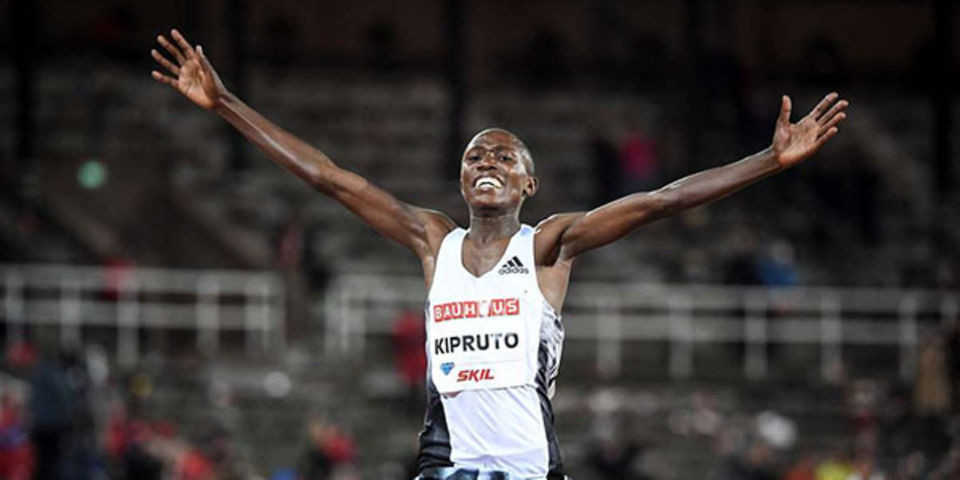
"The decision was arrived at after AK sought clearance from the Athletics Integrity Unit (AIU) on his anti-doping testing status, which I am pleased to say he has been given the green light,” Korir said via his official Facebook page.
Kipruto told Nation Sport that he is happy to get a chance to represent Kenya in what will be his first appearance at the Olympics.
“I’m really sorry for my good friend Kamworor and I want to wish him quick recovery so that he can continue with his career. On my part I’m delighted becaue I will be able to represent my country once again and we will work hard to win something good for our country,” said Kipruto.
He also revealed to Nation Sport that his first Covid-19 test came out negative and he was going to be tested for the second time, a requirement before jetting out for the Games in Tokyo.
“I got the results and they are negative. We are doing another test just to be sure because this is now a requirement before travelling,” said Kipruto.
Kipruto is currently the fastest man in 10km on the road having clocked world record time of 26:24 after lowering Uganda’s Joshua Cheptegei’s time of 26:38 in Valencia, Spain in 2020.
The two will clash again when they line up for the 10,000m final on Friday after Cheptegei floored Kipruto during the 2019 World Championships in Doha, Qatar winning gold ahead of Ethiopia’s Yomif Kejelcha who took silver with KIpruto settling for bronze.
“We shall be battling out again with Cheptegei whom we have met in various races. He is a good athlete but I don’t want to say much for now but just to give my best, teamwork will be paramount,” he added.
(07/28/2021) ⚡AMPby Bernard Rotich
Tokyo 2020 Olympic Games
Fifty-six years after having organized the Olympic Games, the Japanese capital will be hosting a Summer edition for the second time, originally scheduled from July 24 to August 9, 2020, the games were postponed due to coronavirus outbreak, the postponed Tokyo Olympics will be held from July 23 to August 8 in 2021, according to the International Olympic Committee decision. ...
more...Speed Work vs. Endurance Running
“Going for a run” means something different to everyone. Mileage always varies, and there are myriad things to focus on; from form and speed, to distance and strength, it can be daunting to try and figure out which factors will give you the best results. Luckily, a simple mix of speed work and endurance running will kick off some key physiological adaptations—and (done properly) will naturally help refine your form. Let’s dive in to what that looks like in practice!.
First, let’s take a look at what it means to “sprint.” While competitive running defines a sprint as 400m and under, we’re going to treat a sprint as a fast, 10-30 second effort, since it’s easier to measure time than to measure distance on a training run. Sprinting (or speed work) is useful in training because it taxes our anaerobic system and increases our ability to buffer and process lactate. Speed work also creates high-intensity muscle fatigue by increasing the demand for power.
Also, because these are short bursts of effort, you need to arrive at correct run form faster, locking in proper foot strike and arm swing to quickly increase your speed. In terms of foot strike, that means we need to be sure our weight is coming down in the middle of our foot, and that we’re not rolling over towards the inside or outside of the foot. As for our arm swing, we want to keep it parallel, not letting our arms cross over the midline of the body, as that can put unnecessary strain on our back and shoulder muscles. Good, upright posture and a tight core will help with both of these, and should always be among our top priorities when we run.
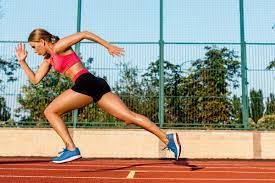
Speed and power aside, it’s also important to think about your form during speed work to avoid injury. Sprinting forces your muscles to do very hard work in a short amount of time, and when your muscles are working harder, they are more vulnerable to injury. Focus on keeping your movements controlled and efficient to help avoid tweaking anything during speed work.
By contrast, long efforts (upwards of 60 seconds) increase your endurance by creating sustained low-intensity muscle fatigue. Distance running works your aerobic system, and increases your body’s ability to deliver oxygen to working muscles.
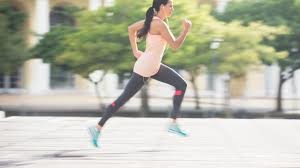
In addition to testing the endurance of your running form, long runs require you to work on stabilizing your breathing, which (again) good posture can help with. To test your endurance running form, simply take note of where you’re sore after a long run. Sore abs, glutes, hamstrings, and quads are all good indicators of proper running form, but sore muscles in your back, neck, and shoulders likely indicate a hunched posture, and/or a twisted arm swing that crosses over your midline. Sore feet and ankles could be the result of an uneven trail, but may also indicate an uneven foot strike if the soreness occurs after a road run.
Because distance running puts your body under stress for longer, it can increase injury susceptibility gradually over time. These injuries will be more subtle than acute, but can take longer to recover from. Take note of any soreness that doesn’t go away after a day or two of endurance running—you might be due for some new shoes or a gait analysis.
Mobilizing is imperative in order to reap the benefits of your runs, no matter their distance or speed. So get out that foam roller, and stretch out the big and the small muscles that power your run. (If you need some ideas on what or how to foam roll, check out the video to learn the basics!)
In addition, be sure to include at least one day of strength training per week. Stronger muscles are less susceptible to injury, and the more we strengthen the muscle groups that support correct running form, the more natural that form will feel.
By maintaining a good form during both speed and endurance work, those muscle groups will fire up as well, and eventually you won’t even have to think about your form! If you’re not sure exactly how to strength train, try either this workout or this one to get some initial ideas.
So how do we combine these all ideas to reach our peak performance? It’s ideal to practice a relatively equal combination of endurance running and speed work, combined with daily mobility and a day or two of strength training per week. You can do as few as two runs a week and maintain fitness, just make sure that you don’t slack on your strength and mobility, which will ultimately enable your most efficient running form. Incorporating just one longer run and one day of speed work (focusing on 10-30 second sprints) per week will help take your running to the next level.
(07/28/2021) ⚡AMPby Training Peaks
Kenyan Faith Chepng’etich ready for Sifa Hassan duel in Tokyo
Olympic 1,500m women's champion Faith Chepng’etich is optimistic that she will retain her title at the Tokyo Games.
The 1,500m race will see the Kenyan rekindle her rivalry with Dutch’s Sifan Hassan, who is looking to make history in Tokyo by winning gold in the 1500m, 5000m and 10,000m.
Chepngetich is the first Kenyan woman to win gold in the 1500m race at a World Championship, achieving the feat at the 2017 Worlds in London, before bagging silver medal in the Doha games in 2019.
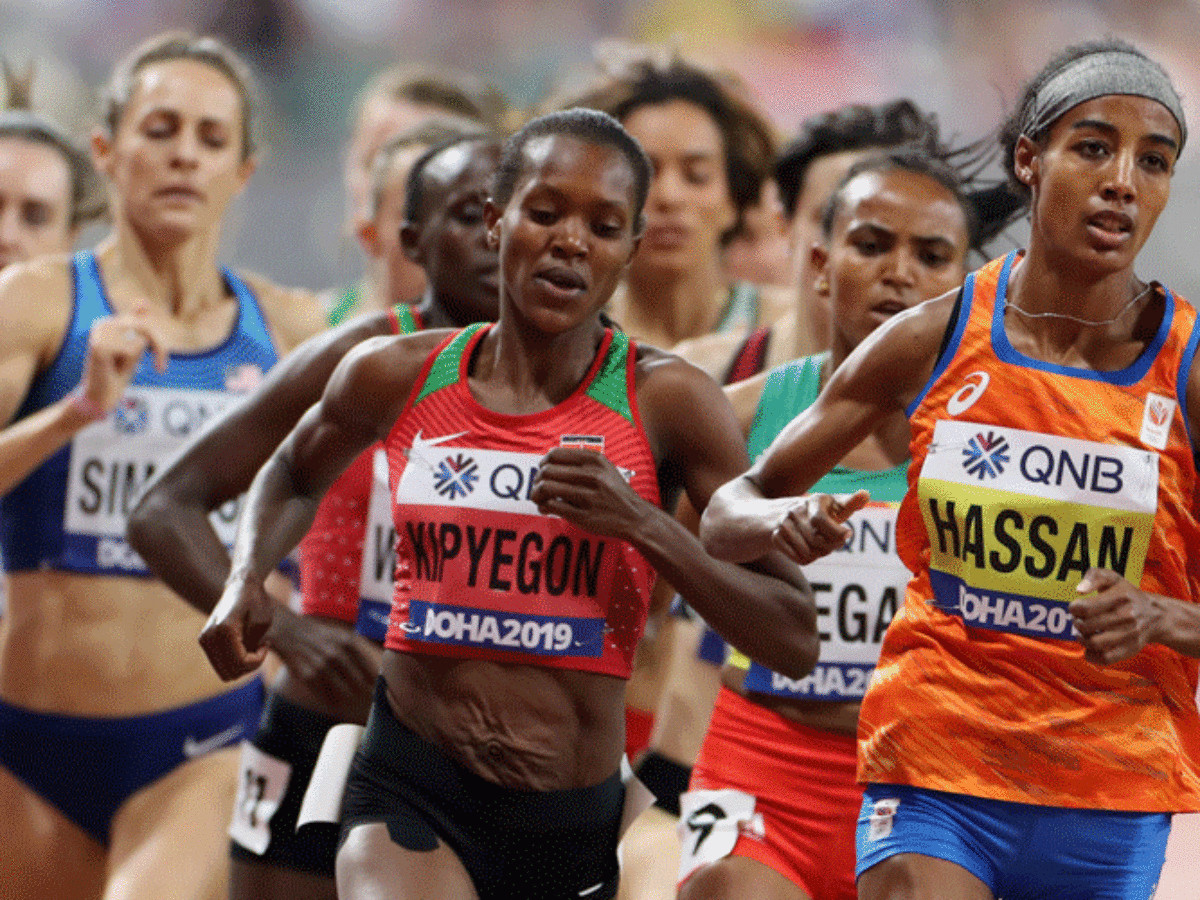
Nation Sport caught up with the four-lap race queen at her training base in Kaptagat, Elgeyo Marakwet during her speed work session where she said that her preparations are complete.
“I have done good preparations and I know the race will be competitive and my target is to get into the finals where I know my friend Sifan will also be eyeing victory. For me it’s a matter of winning and defending the title I won in 2016,” said Chepng’etich.

The two met during the Monaco Diamond League race and Faith came out on top, narrowly missing the world record after timing a new national record of 3:51.07, which was also a world lead time.
Sifan clocked 3:53.60 to finish second, while Ethiopia’s Hailu Freweyni was third in 3:56.28.
Chepng’etich said that she is aware that Sifan will be out to dethrone her, but remains confident of holding her off in Tokyo.
“I ran in Monaco and clocked my personal best and I wanted to gauge my performance ahead of the Olympic Games. I managed to identify some few areas which I have worked on and will give my best in Tokyo,” said the mother of one.
The 1500m heats will be held on August 2, before the semi-finals take center stage on August 4. The final is due on August 6.
(07/28/2021) ⚡AMPby Bernard Rotich
Tokyo 2020 Olympic Games
Fifty-six years after having organized the Olympic Games, the Japanese capital will be hosting a Summer edition for the second time, originally scheduled from July 24 to August 9, 2020, the games were postponed due to coronavirus outbreak, the postponed Tokyo Olympics will be held from July 23 to August 8 in 2021, according to the International Olympic Committee decision. ...
more...Ban on cannabis, should be reviewed says World Athletics president Seb Coe
The rules on the use of cannabis by athletes should be reviewed, World Athletics President Sebastian Coe has said in the wake of the case that meant Sha'Carri Richardson, winner of the women’s 100 meters at the US Olympic trials, missing Tokyo 2020.
Richardson accepted a 30-day ban, and the qualifying results she achieved were annulled, after she tested positive for the banned recreational drug during the trials.
The 21-year-old said she had been under emotional stress after learning of the recent death of her biological mother.
In response to questions on the issue, Coe has said a review is now sensible and "it should be" done, Reuters reports.
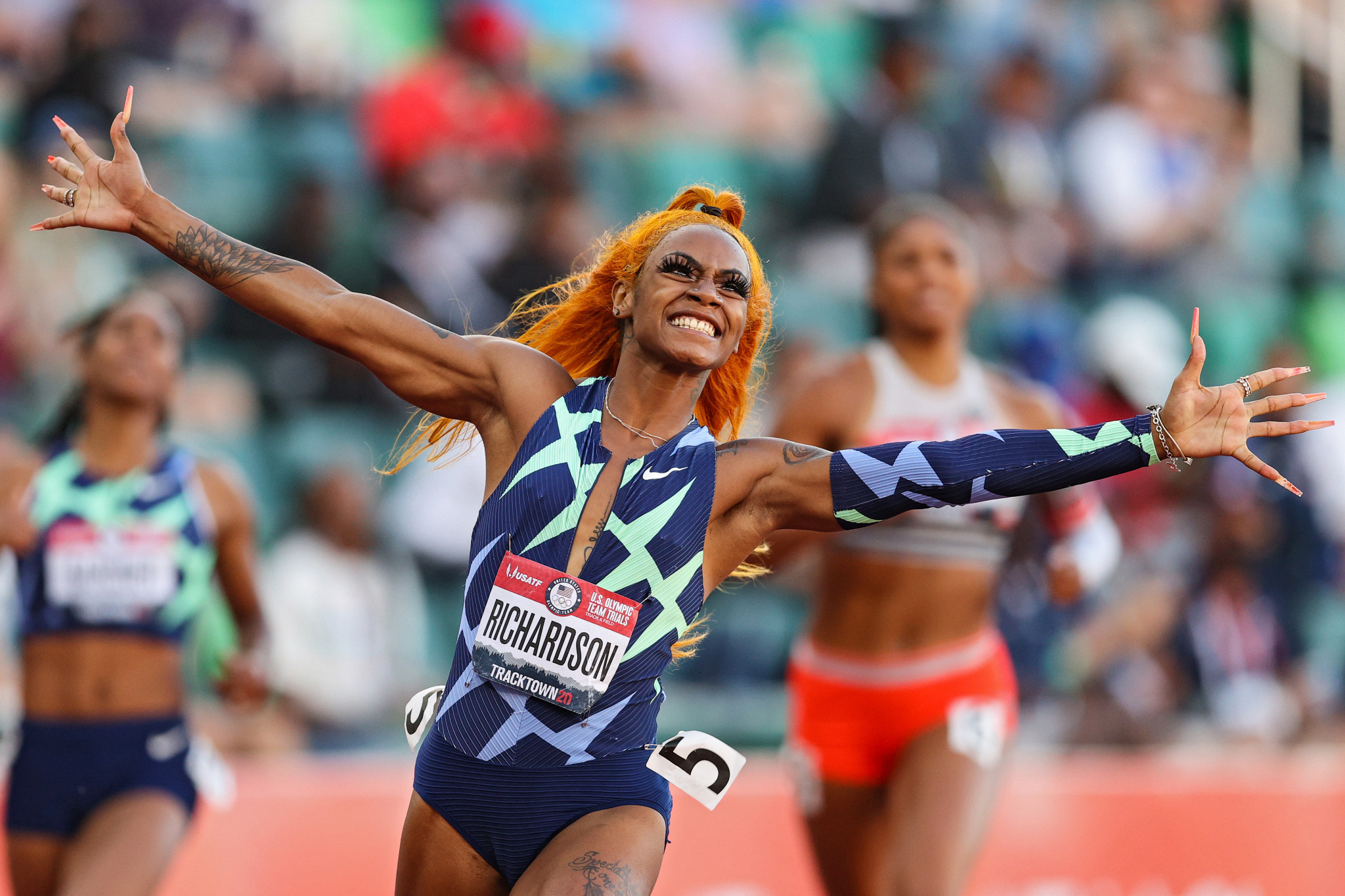
Coe added: "I am sorry for her that we have lost an outstanding talent [from the Olympic Games]", but said that existing rules were interpreted correctly.
The World Athletics President said he had asked the independent Athletics Integrity Unit (AIU) to work with the World Anti-Doping Agency (WADA) on reassessing marijuana’s place on the prohibited list.
Coe, who believes the matter is a question for experts at the AIU and the WADA to determine, said Richardson’s absence was "a loss to the competition" but predicted "she will bounce back".
The 2021 World Anti-Doping Code classifies tetrahydrocannabinol (THC), the main psychoactive constituent of cannabis, marijuana, and hashish, as a "Substance of Abuse".
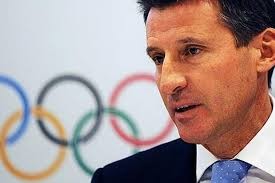
Athletes found to use it outside of competition face a three-month ban, although in this case the United States Anti-Doping Agency banned Richardson for 30 days as long as she also undertook a treatment programme.
Discussion on this matter is not expected to take place during the World Athletics Council’s two-day meeting that starts tomorrow before the Olympic track and field programme begins on Friday (July 30) - at least officially.
What will be under consideration is a determination of the hosts for the 2023 World Athletics Relays, held this year in Poland, the newly-established 2023 World Road Running Championships, and next year’s World Race Walking Team Championships, where a replacement is being sought for original host Minsk.
World Athletics cited "uncertainties around diplomatic relations and international travel restrictions with regard to Belarus" when stripping Minsk of hosting rights earlier this year, with protests continuing after the controversial re-election Alexander Lukashenko as the country’s President last August and many nations imposing sanctions on Belarus.
There will also be a report from World Athletics' Russia Taskforce at the Council meeting.
Day two of the meeting is understood to involve commission and working group reports.
(07/27/2021) ⚡AMPby Mike Rowbottom
Flora Duffy delivers a golden first for Bermuda, winning the olympic women triathlon
Flora Duffy claimed a first ever Olympic Games gold medal for Bermuda with a brilliant display to win the women’s triathlon at Tokyo 2020.
The 33-year-old, world champion 2016 and 2017, was virtually faultless as she negotiated treacherous conditions in the swim and on the bike before making a decisive move to clinch victory on the run.
Great Britain’s Georgia Taylor-Brown saw her hopes of gold ruined by a flat rear tyre late in the bike leg, but fought back brilliantly to pip American Katie Zaferes to silver. The American claimed the bronze.
The conditions in Tokyo were vastly different from Monday’s men’s race – then it was brutal heat and humidity, now it was torrential rain which caused a 15-minute delay to the scheduled start.
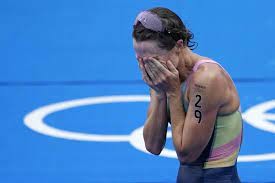
Britain’s Jess Learmonth went out hard on the swim and led the field out of the water at the end of the first lap, just ahead of Brazil’s Vittoria Lopes. Americans Zaferes and Summer Rappaport were also in close attendance with Duffy and Learmonth’s Britain team-mate Taylor-Brown.
A lead group of seven exited for T1 with Learmonth (18:24) still in front and Zaferes, Rappaport, Duffy and Taylor-Brown all in very close attendance. The third British athlete Vicky Holland meanwhile was in the second group, just under 50 seconds off the pace.
The field was already well strung out as they headed for their bikes, such was the pace that Learmonth had injected.
Bike – small but select
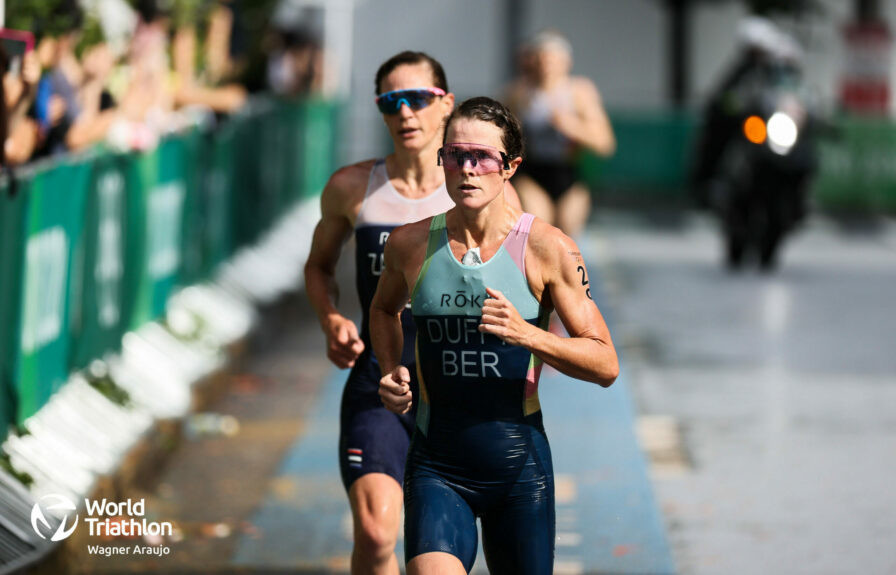
Learmonth led that select lead pack through the early stages of the bike leg, but by the end of the first lap she’d been joined at the front by Taylor-Brown and Duffy. Rappaport meanwhile was clinging desperately onto the back of the group. The chasing pack were more than a minute off the pace, with 2012 Olympic champion Nicola Spirig leading them in typical style.
The second lap saw the status quo maintained, with Duffy leading the lead group through along with Zaferes, Taylor-Brown and Learmonth. Rappaport was still struggling to maintain her position at the back of that group. The gap to the chasing pack led by Spirig was still more than a minute.
Seven became six in the lead group by the end of Lap 3 as Rappaport fell away to cross the line 37 seconds off the pace. Up front it was still the big guns Taylor-Brown, Learmonth, Duffy and Zaferes leading the way. They were in company with Germany’s Laura Lindemann and the Brazilian Lopes.
Run – decisive from Duffy
Zaferes, Lindemann, Duffy and Learmonth set off on the 10k run knowing they were in prime position to fight it out for the medals, while Taylor-Brown tried desperately to get back on terms.
Duffy made the first decisive move on the opening lap of four on the run, surging clear of Zaferes. Taylor-Brown meanwhile was making progress as she picked off team-mate Learmonth and Lindemann to move back into a medal position. At the end of that first lap Flora was 17 seconds clear of Zaferes with Taylor-Brown a further nine seconds away.
Flora, looking imperious out in front, pulled further clear on the second lap and at halfway on the run her advantage was now 47 seconds over Zaferes. Taylor-Brown meanwhile was just five seconds down on the American in the battle for silver.
The dominant Duffy increased her lead to 67 seconds on the third of the four run laps, while Taylor-Brown passed Zaferes to move into second just as the pair reached the bell.
Flora was still full of running as she powered through the final lap to come home to a famous victory in a winning time of 1:55:36. She was 74 seconds clear of silver medallist Taylor-Brown, while Zaferes was a further 13 seconds away in the bronze medal position.
(07/27/2021) ⚡AMPby Graham Shaw
Alberto Salazar gets lifetime ban for sexual, emotional misconduct
Alberto Salazar, the 1982 Boston Marathon champion from Wayland and once a prominent Nike coach of some of the world’s top distance runners, was permanently barred from participating in track and field Monday by the US Center for SafeSport, which cited Salazar for sexual and emotional misconduct.
Salazar, 62, has 10 business days to request an appeal through arbitration of the ruling made by SafeSport, a nonprofit founded in 2017 to protect athletes from sexual, physical and emotional abuse.
The decision Monday was the latest stage of a humiliating fall for Salazar, who was suspended for four years in September 2019 by the United States Anti-Doping Agency for violating rules governing banned substances. He is appealing that suspension to the Court of Arbitration for Sport, the Swiss-based equivalent of a Supreme Court for international sports.
The SafeSport charges were not detailed Monday. In January 2020, the organization temporarily barred Salazar from participating in track and field after elite female runners who formerly trained under him, including Mary Cain, Amy Yoder Begley and Kara Goucher, described what they said were years of psychological and verbal abuse by the coach.
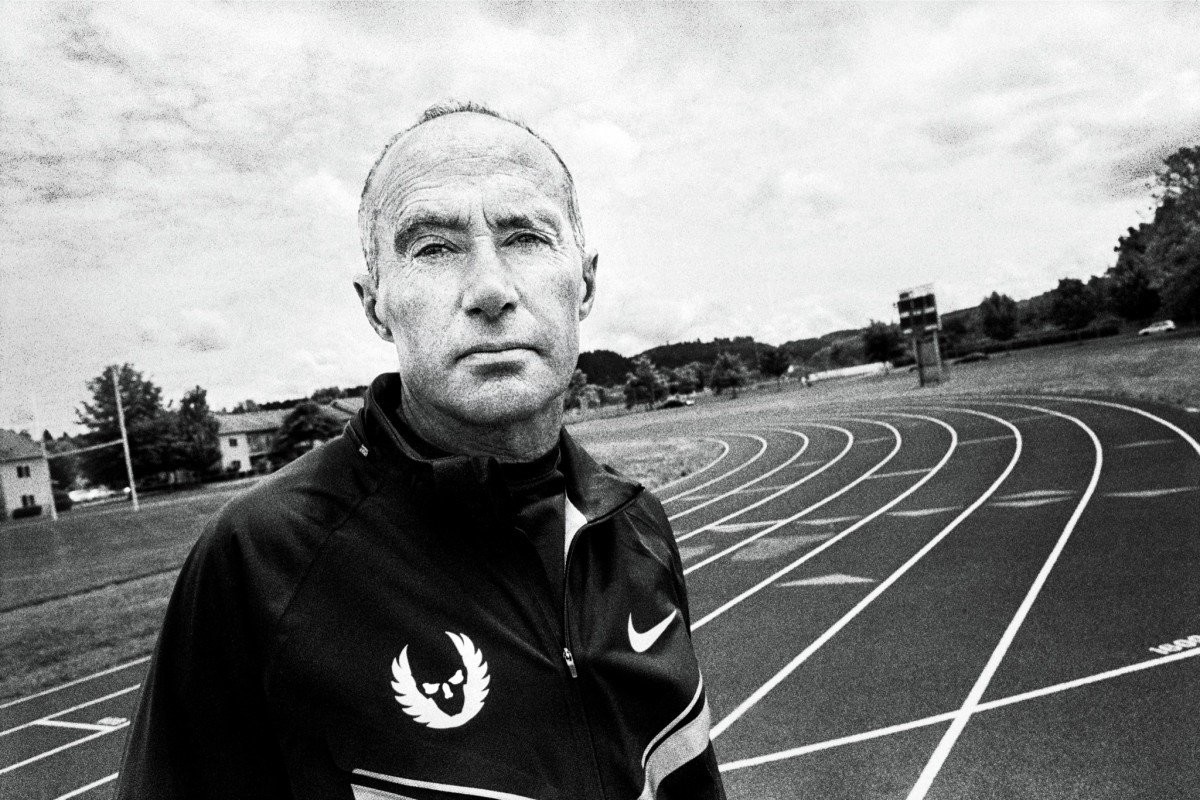
Neither Salazar nor his lawyer immediately responded to requests for comment Monday. Salazar has previously denied all accusations of misconduct.
In a 2019 video produced by the Opinion department of The New York Times, Cain, a former high school phenom from New York who is now 25, accused Salazar of shaming her in front of others on the Nike Oregon Project team — which has since been disbanded — when she did not reach weight targets. She said that her low weight caused her to miss her period for three years, leading to lower levels of estrogen and five broken bones.
Cain also said that she had suicidal thoughts and had cut herself, but that no one at Nike “really did anything or said anything.”
Yoder Begley, a 2008 Olympian, tweeted in 2019 that she was removed from the Oregon Project after a disappointing showing in the 10,000 meters at the 2011 United States track and field championships.
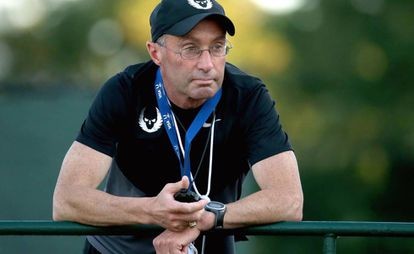
“I was told I was too fat and ‘had the biggest butt on the starting line,’ " Yoder Begley wrote.
Goucher, another American Olympian who once trained with the Nike Oregon Project, told The Times that after being cooked meager meals by an assistant coach, she often ate more in the privacy of her room, nervous that she would be heard opening the wrappers of energy bars she furtively consumed.
Salazar replied to Cain’s 2019 video in a statement to The Oregonian newspaper: “Neither of her parents nor Mary raised any of the issues that she now suggests occurred while I was coaching her. To be clear, I never encouraged her, or worse yet, shamed her, to maintain an unhealthy weight.”
Cain acknowledged at the time that she had sought to train again with Salazar, seeking an apology, closure and his approval. But she described their relationship as poisonous, saying, “I was the victim of an abusive system, an abusive man.”
Salazar told Sports Illustrated in 2019 that his “foremost goal” was to promote athletic performance in line with the good health and well-being of his athletes, but he acknowledged, “On occasion, I may have made comments that were callous or insensitive.”
(07/27/2021) ⚡AMPby Jere Longman
Olympians, champions and top americans will lead fields for 2021 Asics Falmouth Road Race
Falmouth Road Race, Inc., organizers of the 49th Annual ASICS Falmouth Road Race, one of America’s premier running events of the summer season, today announced the men’s, women’s, and wheelchair open fields for this year’s race. Defending champions Leonard Korir and Sharon Lokedi lead an accomplished field of Olympians, World Champions and top Americans participating in the August 15, 2021 race.
WOMEN’S OPEN DIVISION
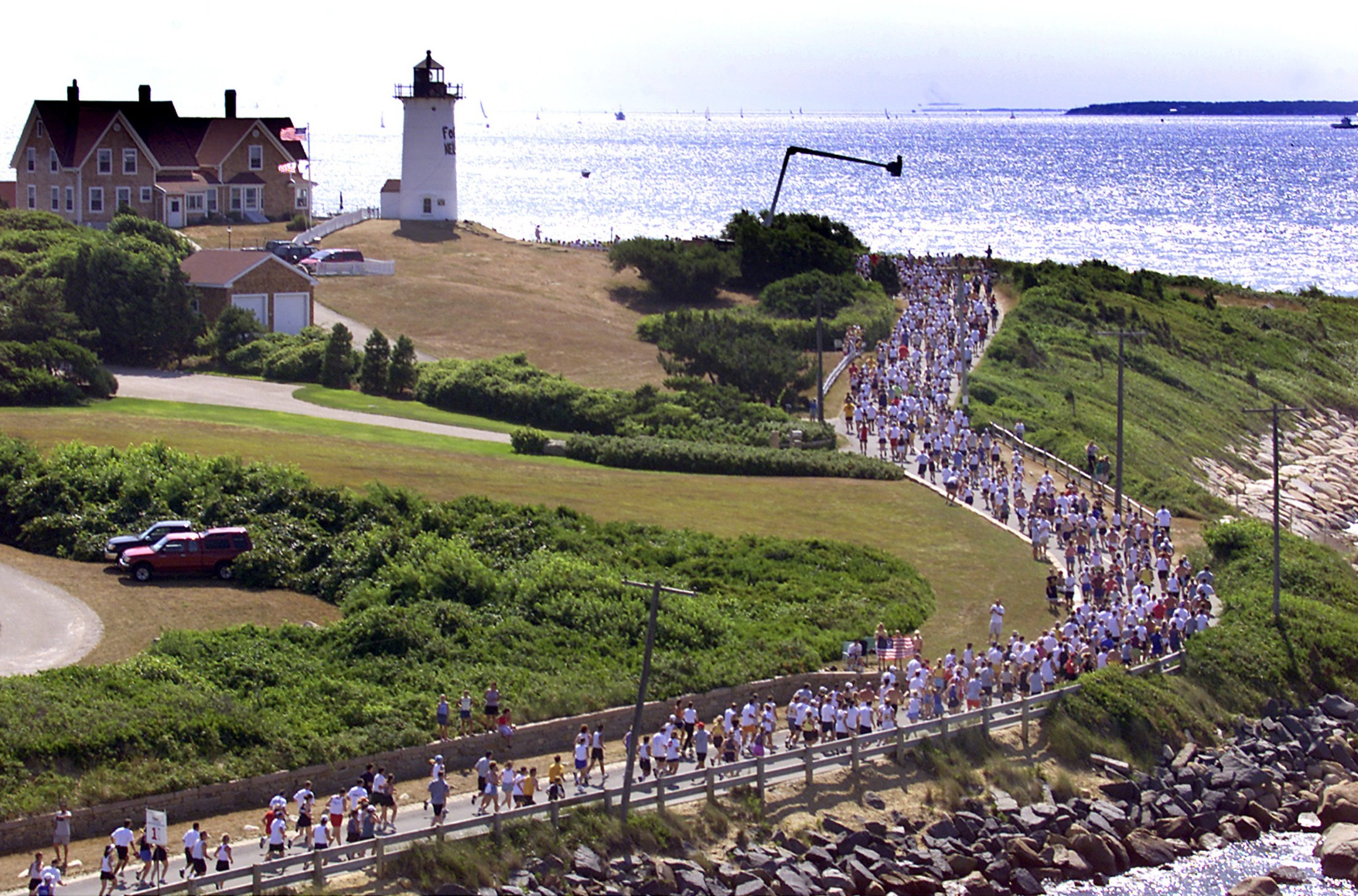
Lokedi, a Kenyan elite and 10-time All American at the University of Kansas, will race 2019 runner-up Sara Hall, who has won 11 U.S. national titles from the mile to the marathon. Hall recently finished sixth at the U.S. Olympic Trials 10,000m and won the AJC Peachtree Road Race, which hosted the National 10K Championships. The duo is joined by Edna Kiplagat, a Boston, London and New York City champion as well as a two-time World Athletics Marathon Championships gold medalist.
Twelve-time All American and NCAA DI 10,000m champion Emma Bates and 2021 Olympic marathoner Molly Seidel will also participate. Bates is gearing up for a fall marathon and Seidel will run, alongside her sister Isabel, as a post-Olympic celebration.
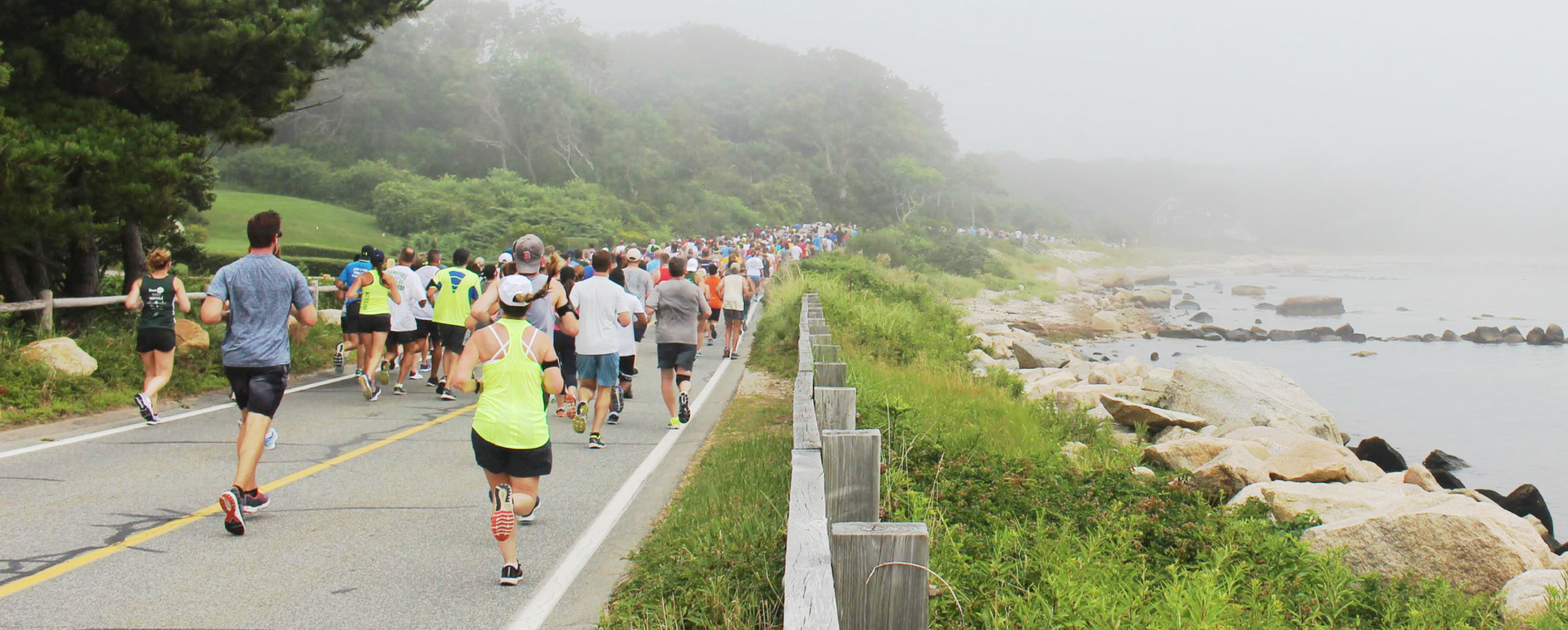
Accomplished women racing the leaders include Jordan Hasay, an 18-time All American and multiple podium finisher at the Boston and Chicago Marathons; former Falmouth champion and three-time Olympian Diane Nukuri; NCAA 10,000m champion Natosha Rogers; young talent Iveen Chepkemoi; Emily Durgin who finished runner-up at the AJC Peachtree Road Race with a 31:49 personal best, and Taylor Werner the recent USATF National 6K champion.
Many of the women in the field raced in the 5,000m and/or 10,000m at the recent U.S. Olympic Track Trials including Rogers, Durgin, Werner, Erika Kemp, Makena Morley, Jaci Smith, Fiona O’Keefe, and Paige Stoner.
MEN’S OPEN DIVISION
The 2019 podium of Leonard Korir, Stephen Sambu, and Edward Cheserek return. Korir, an Olympian, became the first American man to win the Falmouth Road Race since 1988. He has 10 USATF national titles and holds the fastest-ever marathon debut by an American (2:077:56).
Sambu looks to add an impressive fifth Falmouth Road Race title to his name. A road running star, Sambu set the 8K world record at the B.A.A. 10K, a race he has won twice. He is also a four-time champion of the Shamrock Shuffle. Edward Cheserek, the most decorated NCAA distance runner of all time with 17 NCAA Division I titles, ran for the University of Oregon. At Boston University in 2018, Cheserek ran the indoor mile in 3:49.44, which at that time was the second fastest indoor mile in history.
Chasing the trio are 2018 Falmouth Road Race champion and 2018 NCAA 10,000m winner Ben Flanagan, of Canada, and Ben True, who holds five national titles, set a 5K national record at the 2017 B.A.A. 5K and recently finished fourth in the 10,000m at the U.S. Olympic Trials. Fresh from a two second 1-2 finish at the 2021 AJC Peachtree Road Race, Sam Chelanga, a six-time USATF National Champion, and Fred Huxham are in the field, as are B.A.A. 10K champion David Bett, 2018 Falmouth runner-up Scott Fauble and top 5,000m runner Emmanuel Bor.
Many of the men running the ASICS Falmouth Road Race competed at the 2021 U.S. Olympic Track Trials including Korir, Chelanga, Bor, True, Biya Simbassa, Jacob Thomson and Frank Lara.
(07/27/2021) ⚡AMPby Running USA
Falmouth Road Race
The Falmouth Road Race was established in 1973 and has become one of the premier running events of the summer season. Each year the race draws an international field of Olympians, elite runners and recreational runners out to enjoy the scenic 7-mile seaside course. The non-profit Falmouth Road Race organization is dedicated to promoting health and fitness for all in...
more...World record holder Eliud Kipchoge is ready to defend his Olympic crown
World marathon record holder Eliud Kipchoge cannot wait to defend his Olympic crown at the 2020 Tokyo Games.
Eliud won gold at the Rio Olympics in 2016 and is favorite to bag gold at the Summer Games.

"I have completed my training and I am really excited to race in Sapporo. For me, there is no greater race than competing for an Olympic medal. In Japan, I will defend my title from Rio, to win a second Olympic medal in the marathon would mean the world to me," he posted on his Twitter handle Monday.
Kipchoge became the first man to ever run a full marathon, 42.195km, under two hours when he clocked 1:59:40 in Vienna, Austria in 2019. He also holds the world record over the distance at 2:01:39.

Eliud is in the marathon team that also has Lawrence Cherono and Amos Kipruto. The women's team has record holder Brigid Kosgei, Ruth Chepngetich and Peres Jepchirchir.
The marathon teams will leave for Japan on August 1 and 2. The women's race will be held on August 7, while the men's race is on August 8 in Sapporo.
(07/26/2021) ⚡AMPby Brian Yoga
Tokyo 2020 Olympic Games
Fifty-six years after having organized the Olympic Games, the Japanese capital will be hosting a Summer edition for the second time, originally scheduled from July 24 to August 9, 2020, the games were postponed due to coronavirus outbreak, the postponed Tokyo Olympics will be held from July 23 to August 8 in 2021, according to the International Olympic Committee decision. ...
more...Women that have been barred from Olympics for being manly
One day, Annet Negesa was pushing her body to endure and make her the champion she believed she was born to be. On another day, her Olympics dreams were crushed because she was faster, stronger.
Annet Negesa reportedly still harbours intentions to run for her country. She runs every day, with the hope of returning to international competitions one day.
Hers is a case of unfinished business, a dream that was cut short in June 2012 when she received a call from a doctor from track and field’s world governing body telling her, according to the New York Times newspaper - that “she would no longer be competing in the London Olympics because her testosterone levels were too high for competition,” thereby giving her an unfair advantage over other female athletes.
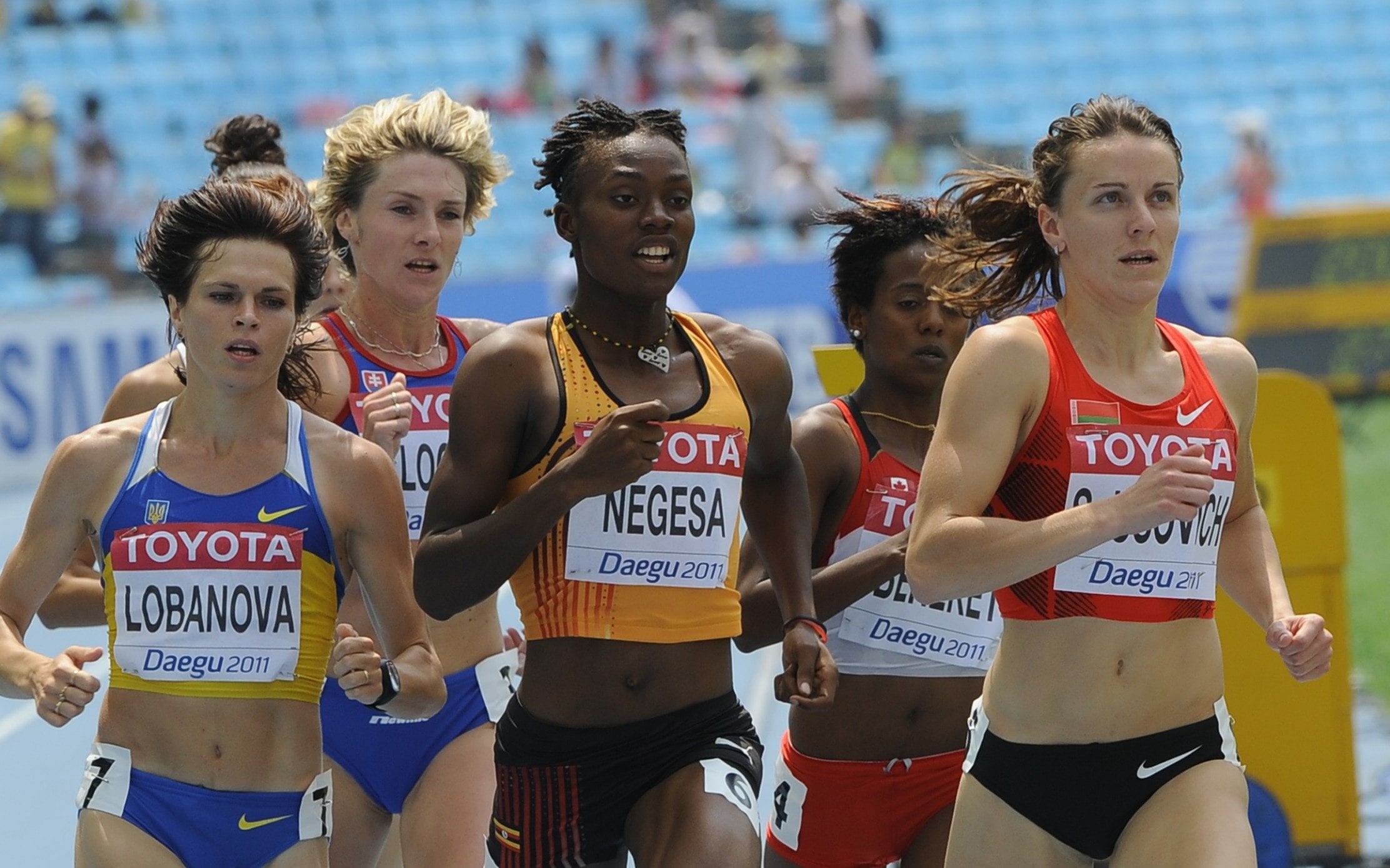
Negesa, 20 then, was one of Uganda’s top athletes. On the back of her London preparations, she set a national record for 800 metres earlier that year at a meet in Netherlands.
She was a three-time national champion and brought home a gold medal at the 2011 All-Africa Games.
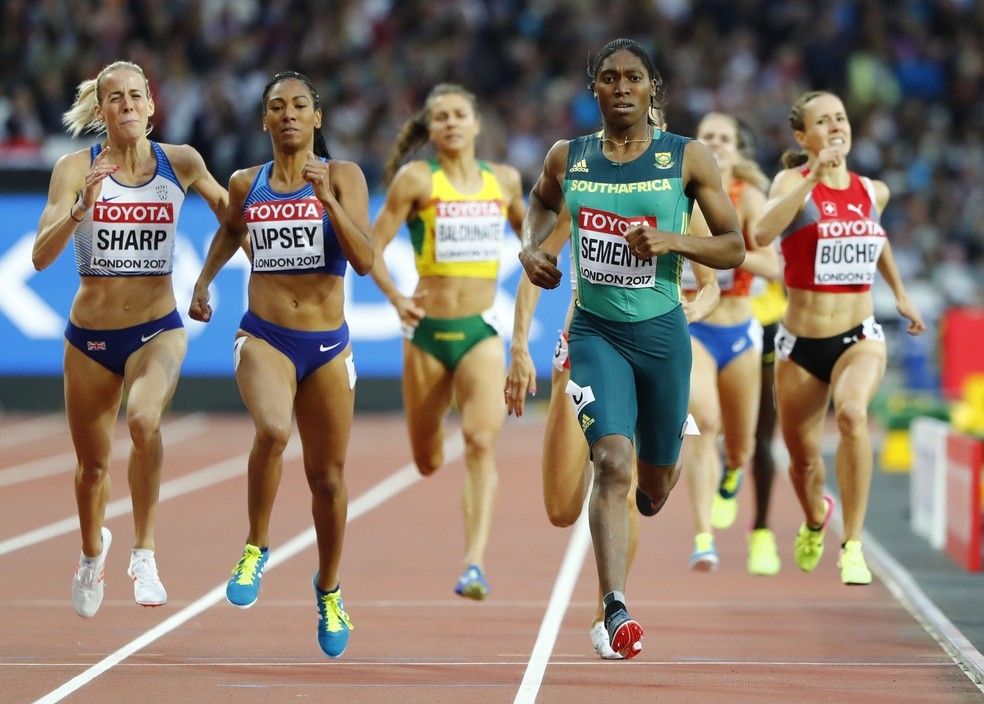
She identifies as female and was born with external female genitalia but also with internal male genitalia that produce levels of testosterone that men do.
Most women, including elite female athletes, have natural testosterone levels of 0.12 to 1.79 nanomoles per litre, according to World Athletics. The typical male range after puberty is reportedly much higher, at 7.7 to 29.4 nanomoles per litre.
After years of litigation, the Court of Arbitration for Sport (CAS) in 2019 upheld World Athletics’ testosterone restrictions for female athletes in races with distances from 400 meters to the mile after renowned athlete Caster Semenya (we shall get to her later in the article), filed an appeal.
The court ruled by a 2-to-1 vote that the restrictions were indeed discriminatory but also a “necessary, reasonable and proportionate” means of achieving the World Athletics goal of preserving a level playing field in women’s track events.
Therefore intersex athletes (these are said to be roughly one in every 2,000 births), who want to participate in middle-distance women’s track events must take hormone-suppressing drugs and reduce testosterone levels to below five nanomoles per litre (5 nmol/L) for six months before competing, then maintain those lowered levels.
Unfortunately, the intervention seems to have come seven years late for Negesa, who claims World Athletics physician Dr Stéphane Bermon gave her surgery as her first option to reduce testosterone levels in 2012.
But Negesa has since battled persistent headaches and achy joints that have not allowed her to pursue her career. Her postoperative care, which according to documents seen at the Kampala Hospital by the New York Times should have been recommended in further discussions with Dr Bermon, did not include the kind of hormone treatment that might have helped her body adjust to the change.
After Negesa appeared in a ‘break the silence’ documentary on German television’s ARD network in October 2019, World Athletics issued a statement denying that it participated in or recommended a specific treatment to Negesa.
Third category
Nine years after Negesa’s predicament, another recommendation to World Athletics; to introduce a third category of events in order to allow competitors with high testosterone levels to compete in their preferred disciplines, seems to be gathering steam after Kenyan 800m runner Margaret Wambui was ruled out of the Tokyo 2020 Olympics.
“It would be good if a third category for athletes with high testosterone was introduced; because it is wrong to stop people from using their talents,” Wambui told BBC Sport Africa.
The sport’s governing body, World Athletics, says it has no plans to introduce such a category and will stick to its current classifications of men’s and women’s events.
The idea of a third category in athletics has been floated before, but Wambui is the first athlete to express outright support for the suggestion.
“We would be the first people to compete in that category - so we can motivate others who are hiding their condition,” she said.
Since World Athletics introduced its latest rules governing DSD (disorders of sex development) athletes in 2018, not one of the three athletes who stood on the 800m podium in Rio has contested the distance at a global international championship.
At the 2016 Games, Wambui was beaten to gold by Semenya and silver by Burundi’s Francine Niyonsaba.
“It is sad to see that the whole podium won’t be there.” “They cut short our careers, because that wasn’t our plan. I feel bad that I won’t be in the Olympics because of World Athletics rules,” says Wambui.
(07/26/2021) ⚡AMPby Daily Monitor
Tokyo 2020 Olympic Games
Fifty-six years after having organized the Olympic Games, the Japanese capital will be hosting a Summer edition for the second time, originally scheduled from July 24 to August 9, 2020, the games were postponed due to coronavirus outbreak, the postponed Tokyo Olympics will be held from July 23 to August 8 in 2021, according to the International Olympic Committee decision. ...
more...Try these fitness-test workouts to gauge where you're at before a race
When you have a goal race coming up, you may want to test yourself a few weeks ahead of time to see where you’re at before you toe the start line. Similarly, it’s a good idea to test your fitness at the beginning of a training block and then again near the end to get an idea of how you’ve progressed.
While there are many ways you can do this, we spoke with Mile2Marathon coaches, Lauren Andrews and Mathew Travaglini, who gave us their favorite fitness-test workouts for you to try before your next race.
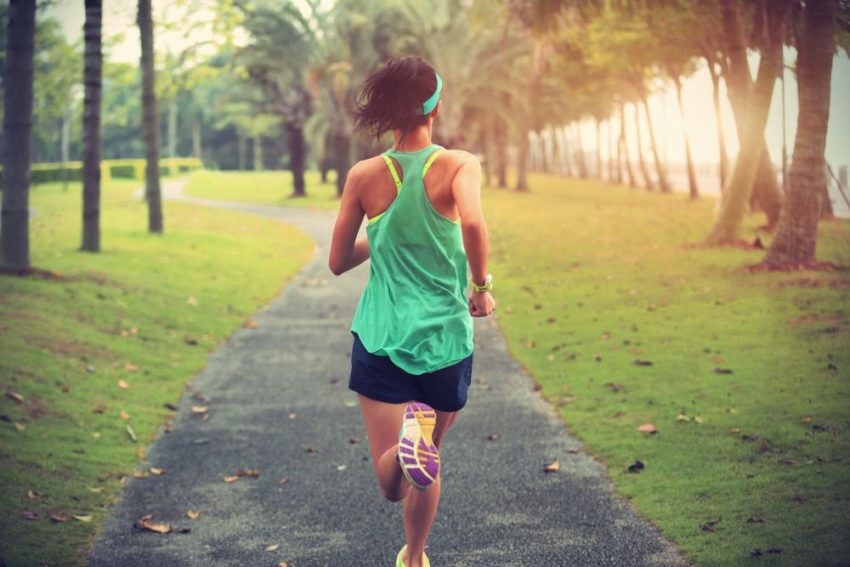
The 8K time trial
Andrews really likes using off-distance time trials as a way to gauge fitness before a race, because since you race this distance infrequently, your desire to compare your result to a previous personal best won’t be as strong as it would be in a 5K or 10K trial. Her favorite distance for this purpose is 8K.
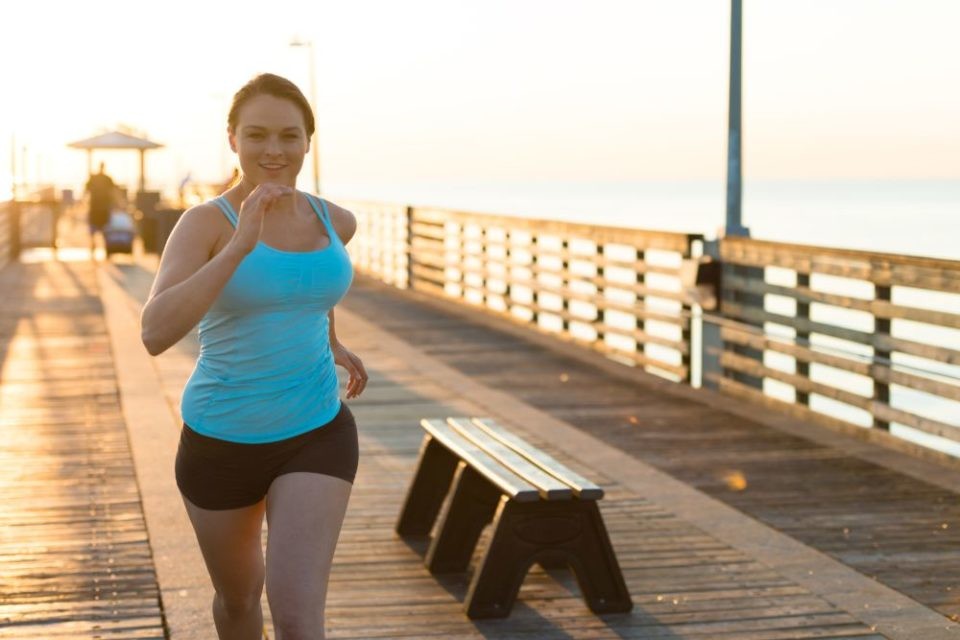
“This distance is short enough to not require extended recovery after, but long enough to be relevant to someone, say, beginning a marathon build or in mid-build,” she explains. “You can easily calculate the equivalency of an 8K to a 5K, 10K or even half marathon too.”
Andrews emphasizes that a time trial should be done a minimum of two weeks out from a big race, but preferably you should use it as an assessment of your progress midway through your training. Even though this is a time trial and not a real race, you want to do your best with it in order to determine where you’re at as accurately as possible, so make sure you prepare properly before you start. Get plenty of rest, stay properly hydrated and be sure to fuel appropriately before the workout.
Medium-length intervals
Travaglini says the type of workout you do to test your fitness will be slightly different depending on the race you’re training for, but he really likes to use medium-length intervals (anywhere from 800m to 1,200m) at your goal race pace that covers about 60 to 80 per cent of your race distance. For example, if your goal race is a 5K, he suggests the following workout:
Warmup: 10-15 minutes easy jog, followed by drills and strides
Workout: 5 x 800m at goal race pace with equal rest (so if you take 4:00 to run 800m, give yourself four minutes of rest)
Cooldown: 10- to 15-minute easy jog, followed by light stretching.
(07/26/2021) ⚡AMPby Brittany Hambleton
Research says talent will get you so far, but it's the gritty athletes who rise to the top
Have you ever wondered what separates elite athletes from the rest of us, or what allows one competitor to perform at a consistently high level no matter the odds? Of course, physical ability, resources and skill all come into play here, but there’s one ingredient that seems to outweigh the rest: grit. Behavioural psychologist Angela Duckworth defines grit as a special blend of passion and persistence, and she, along with many other experts, agrees it is what pushes someone to show up day after day, make sacrifices and push through setbacks to become the best.
According to a 2007 paper written by Duckworth, “grit entails working strenuously toward challenges, maintaining effort and interest over years despite failure, adversity, and plateaus in progress. The gritty individual approaches achievement as a marathon; his or her advantage is stamina. Whereas disappointment or boredom signals to others that it is time to change trajectory and cut losses, the gritty individual stays the course.”
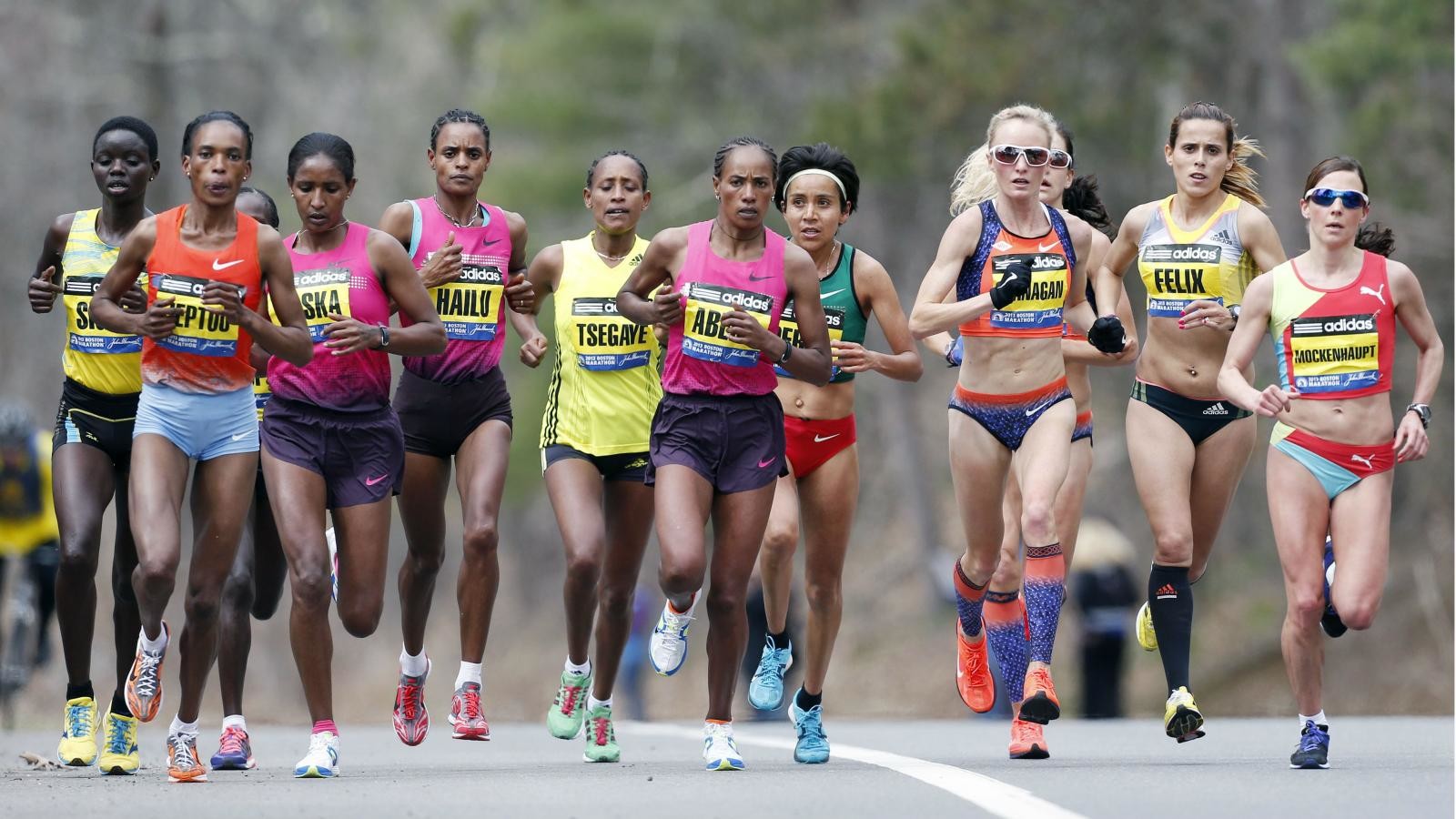
This definition highlights one important factor that determines success in running, and that is the time it takes to achieve that success. When a new elite runner bursts onto the scene, it’s easy to think they just magically became really good, but what we don’t see are the years of strenuous, focused effort it took for them to get there. That person has already experienced several setbacks and failures, and yet they’ve carried on.
In Duckworth’s 2016 book, titled Grit, the Power of Passion and Perseverance, she outlines the two equations that lead to achievement. The first is talent x effort = skill. Most research agrees that in order to make it to the top level in sport, there is an element of innate ability, but this talent only tells part of the story. Without effort, talent goes nowhere. The second equation is skill x effort = achievement. When you put these two equations together, it means you need to apply effort to turn talent into skill, and then you need to apply more effort to translate that skill into achievement.
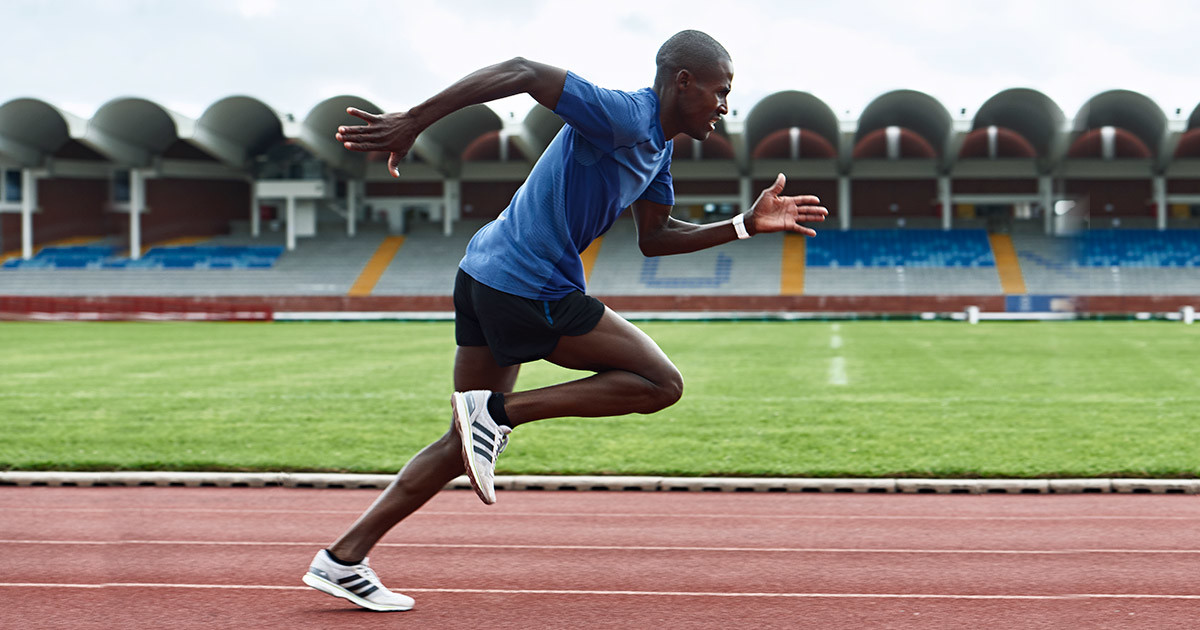
What does that look like in the context of running? When someone shows early talent in running, that will only help them go so far. If they want to continue improving, they need to apply effort in order to perfect skills like pacing, form, endurance and of course, racing. These are all things that need to be practised. Practising them over weeks, months and years is what will eventually lead to achievement (winning big races, setting records, etc.).
While the scientific literature is fairly limited in this area, there have been a few studies assessing the effect of grit on athletic performance, including this 2017 study that looked at more than 250 athletes from a variety of sports, including runners. Participants ranged from age 13 to 30 and came from a variety of skill levels, from local sports teams to international competitions. The researchers measured them on a “grit scale” comprised of two categories: perseverance of effort (PE) and consistency of interests (CI). They found that athletes who scored higher in the perseverance of effort were more likely to attend all mandatory and optional practices and to practise on their own. The athletes who scored higher on consistency of interests were also far less likely to quit their sport.
The bottom line
Grit is a difficult thing to measure, but it has a significant role to play in performance. All you have to do is listen to or read the stories of our Canadian Olympians and other elite runners to know that success doesn’t come easily, quickly or without sacrifice. So yes, are elite athletes naturally gifted? Sure. But talent alone has not gotten them where they are. For the rest of us, having a gritty mentality in our training may not take us to the Olympic stage, but it will lead us to reach a level we never thought possible.
(07/26/2021) ⚡AMPby Brittany Hambleton
Gloria Ratti, ‘first lady’ of the Boston Marathon, dies at 90
The Boston Athletic Association is mourning the loss of vice president, historian, and archivist Gloria Ratti, who died Saturday at 90 “after a courageous battle with cancer,” the organization said in a statement.
Ms. Ratti, a South Boston native, served the BAA and Boston Marathon runners in a variety of roles over more than half a century of involvement with the organization, according to the statement.
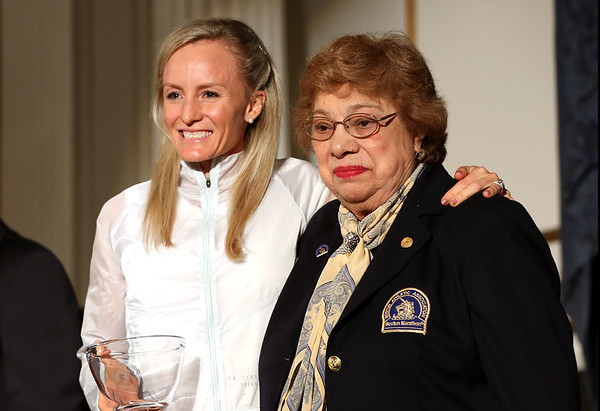
“Gloria in essence was the First Lady of our sport, no matter where she went,” Guy Morse, former BAA executive director and a longtime colleague to Ms. Ratti, said in the statement.
“From champions to common runners, Gloria personally cared for everyone and represented the human side of running,” he said. “It was her mission to make the Boston Marathon more than a single-day event; she strived to make it a personal experience for so many. She did that, but also was the moral authority that helped propel the entire organization forward.”
(07/25/2021) ⚡AMPby Nick Stoico, The Boston Globe
Boston Marathon
Among the nation’s oldest athletic clubs, the B.A.A. was established in 1887, and, in 1896, more than half of the U.S. Olympic Team at the first modern games was composed of B.A.A. club members. The Olympic Games provided the inspiration for the first Boston Marathon, which culminated the B.A.A. Games on April 19, 1897. John J. McDermott emerged from a...
more...Matthew Centrowitz runs a 3:49.26 mile
Running entirely solamente over the final 600 meters, your defending Olympic metric mile champion, Matthew Centrowitz Jr. ground out a hardscrabble 3:49.26 over the imperial one mile distance last night up in Portlandia.
In addition to setting a lifetime PB, that is THE fastest mile ever contested on U.S. soil by an American.
The previous such mark was the 3:49.89 run indoors by Bernard Lagat at the University of Arkansas oval back in February of 2005.
Solid. ✊
(07/25/2021) ⚡AMPby Mike Fanelli
Should You Be Drinking Protein Coffee?
The nutrition trend is all over TikTok, and it’s actually not a bad idea
Social media isn’t a great place to find wellness or nutrition advice. The most viral stuff tends to be the most over-the-top and the influencers who create it typically care more about shareability than science. Put bluntly: “Likes and follows do not indicate competence,” says Leslie Bonci, co-founder of Performance365 and the sports dietitian for the Kansas City Chiefs. But once in a blue moon, a viral nutrition trend is worth trying. Like protein coffee, which recently took TikTok by storm.
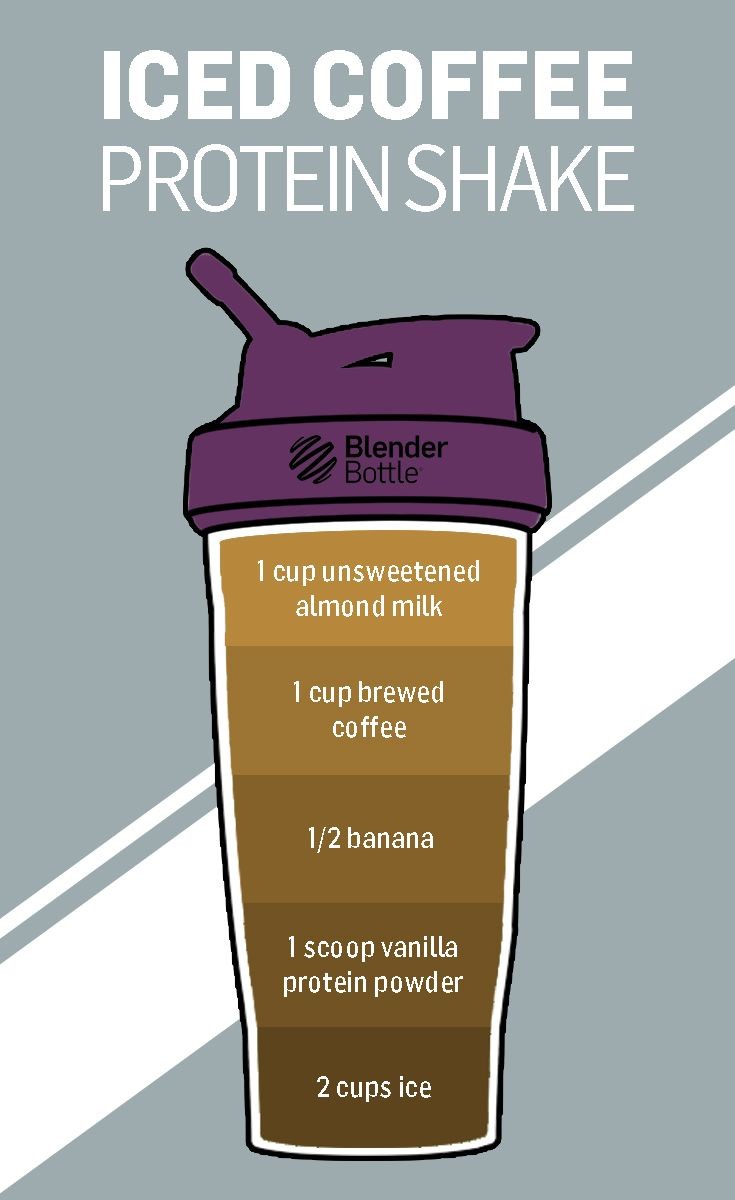
#Proffee is pretty simple: it’s a protein shake, made with coffee. And while the idea of a caffeinated smoothie isn’t earth-shattering, it has its merits, particularly if you’re someone who likes to work out in the morning. Here’s what two sports dietitians have to say about it.
How to Make It
There’s no master recipe for #proffee. Scroll through the tag on TikTok and you’ll find thousands of videos. One woman orders a couple of shots of iced Starbucks espresso in a venti cup and then pours a pre-made shake on top. Another uses a vanilla protein shake as “creamer,” and several people blend their own shakes with flavored protein powder, ice, and coffee instead of milk. You get the idea.
Protein coffee is a great way to kill two birds—nutrition and caffeination—with one stone. Let’s get one thing clear, though. “Coffee is not a meal,” says Abby Chan, a sports dietitian and co-owner of Evolve in Flagstaff, Arizona. “And adding protein to coffee still does not make it a meal.”
If you’re relying on protein coffee alone to get you through the morning, Bonci recommends adding carbohydrates by blending in a banana or eating some fruit or cereal alongside your drink. Chan points out that you could add fat with a scoop of nut butter, too.
Protein coffee works well alongside a regular breakfast, particularly if your morning meal contains less than 15 grams of protein. Chan says this is the minimum amount that most people should eat per meal, although there’s no need to hit this target on the nose every time. For reference: two large eggs contain roughly 13 grams of protein, a seven-ounce container of plain Greek yogurt has 20 grams, and a half-cup of rolled oats cooked in a cup of two-percent milk has 13 grams. If you’re already eating protein-rich foods at breakfast, Chan says, there’s not much benefit to adding it to your coffee, although it won’t cause any harm. “Your body can only absorb 25 to 35 grams during a meal,” she says.
Why It Works
Some TikTokers use protein coffee as a pre-workout drink. This makes sense, since caffeine is the main active ingredient in most pre-workout supplements, and a cup of coffee is far cheaper than a scoop of expensive powder. Bonci explains that for many people, consuming caffeine 30 to 60 minutes before a workout can boost endurance and increase focus.
But it might not work for everybody, and it’s not a magic bullet. Outside columnist Alex Hutchinson previously reported on a 2018 randomized controlled trial looking at caffeine’s effect on performance, published in Medicine and Science in Sports and Exercise. The study followed a group of 101 male athletes during 10k cycling time trials, and found that, while caffeine did boost performance on average, the athletes who benefited the most had a specific gene that helps them metabolize caffeine well—and those without that gene actually rode more slowly.
You likely already know from experience whether caffeine helps, hurts, or doesn’t affect your workouts. If you feel better exercising after coffee, Chan explains that adding protein could have some benefit for workouts lasting more than 90 minutes. When your glycogen stores are depleted, having amino acids (the building blocks of protein) readily available in your system will prevent your body from breaking down existing muscle to get them. But for shorter workouts, the protein probably won’t serve any purpose beyond helping you hit your nutrient requirements for the day.
Chan stresses that you shouldn’t need caffeine to train. “If you’re relying on caffeine to get through a workout, then you are not ready or recovered enough to be training,” she says.
“At the end of the day, protein coffee is simply a protein shake with caffeine,” Chan says. “It’s not a meal, and it’s not a magical elixir.” Frankly, it’s surprising that something so simple took off on TikTok, a space usually reserved for wellness trends that are either extreme or completely ridiculous (like dipping cucumber slices in stevia as a low-sugar substitute for watermelon). If you like the taste of a coffee protein shake, great! Just don’t drink it in lieu of breakfast.
(07/25/2021) ⚡AMPby Outside Online
How to Be a Super Commuter
The average American commutes nearly an hour per day. That adds up to nine days a year. But your trip to work doesn’t have to involve cramming your face into someone’s armpit on a packed train or suppressing road rage on a clogged freeway. Make like these four professionals and turn it into a mini adventure.
Nicholas Thompson
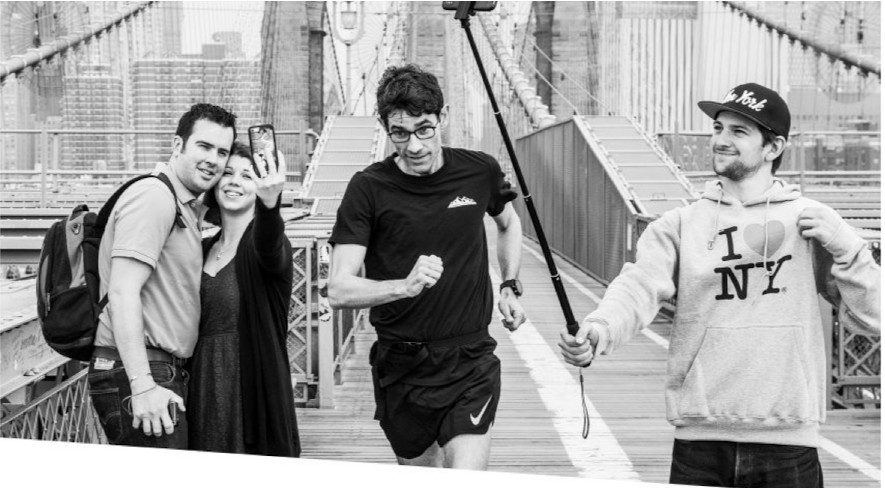
Editor in Chief at Wired, New York City
“My boss is Anna Wintour,” Thompson says. “I’m supposed to look good.” But at the risk of mussing his hair, he runs nine miles round-trip between his home in Brooklyn and his Manhattan office nearly every day, no matter the weather. Thompson does a marathon once or twice a year, and these daily jaunts are a big training help. “I’m able to stay in shape without having to find time in the day for it,” he says. “I get to relax and run twice a day. It’s a nice break.” Plus, he hasn’t bought a monthly transit pass in years.
Make your routine efficient. Thompson covers his one-way distance in 35 minutes on foot. And his shower routine is spartan—in and out in five minutes.
Plan ahead. Thompson keeps a few full outfits at the office and runs with a fanny pack (even though it slows him down by five to seven seconds per mile, according to Strava) to hold his keys, wallet, and phone.
Steal family time. “Showering at the gym means I don’t have to shower in the morning before I go, which means a few extra minutes with my kids.”
Beware of tourists. “The dangers are selfie sticks, cars driving the wrong direction down one-way streets, wedding photo shoots, and people getting out of cars. But it’s like 90 percent selfie sticks.”
Drew Myers
Founder of Banyan, Seattle
Myers’s commute lines up with his general ethos: an aversion to waiting and an affinity for wide-open spaces. He may love his ride to work more than anyone in the world. Since 2006, he’s been hopping on a jet ski from Mercer Island and zipping across Lake Washington to his office—passing everyone stuck in traffic on Interstate 90. Driving would take 30 minutes, but jet skiing takes about ten from dock to desk. “There’s nobody out there. It’s totally free,” Myers says.
Don’t fall in. But just in case, make sure you have the best computer drybag out there. “I could throw my Drycase in the water and it would be fine,” Myers says.

Embrace bad weather. “For the most part, I do it even in the pouring rain,” he says. He keeps his work clothes dry under head-to-toe waterproof gear.

Safety first. Myers always wears a life jacket. And he only commutes eight months of the year—in the winter it gets dark at 4:30 P.M., making for a potentially dangerous crossing.
Cassidy Doucette
Nurse practitioner at Huntsman Cancer Institute, Salt Lake City
Doucette’s car usually sits on the street. For the past nine years, she’s biked five miles round-trip to and from the hospital for convenience and personal enjoyment, but also to reduce her impact on the environment. Her route cuts through the University of Utah and offers uninterrupted views of the Wasatch Mountains. “Unless my errands require transporting large objects, I’m mostly able to bike anywhere I need to go,” she says.
Start the day off right. “I work with cancer patients. It’s emotionally and mentally challenging. Those 20 minutes on my bike in the morning give me perspective and goodness before a ten-hour shift.”

Watch out for pedestrians. “College kids looking down at their phones are my biggest obstacle.” 

Stay organized. Doucette leaves shoes at work and carries her post-shower clothes in a Patagonia Black Hole packing cube to keep them tidy in transit.
Phil Hitch
Director of product development at MSR, Seattle
Hitch commutes an hour and fifteen minutes each way in ultimate Pacific Northwest style: he bikes four and a half miles from his home on Bainbridge Island to the dock, hops on a ferry to downtown Seattle, then rides another two and a half miles to the office.
Consider it a workout. “I get an hour in the saddle every day, and I don’t have to go to the gym,” Hitch says.

Make no excuses. Hitch commutes approximately 200 days a year. In the winter it’s dark both ways, and there are no streetlights on most of the island. His advice: don’t think too hard, just put on your gear and head out the door. 

Join the crowd. Hitch says there’s a strong contingent of bike-ferry commuters in Seattle: a steady 30 people in winter, and 100-plus in the summer months. If it’s not too rainy for an outdoor commute in Seattle, then it’s not too rainy where you live.
(07/25/2021) ⚡AMPby Outside Online
8 simple rules for dating a runner
So you’ve fallen in love with a runner — congratulations! Runners, in our not-so-humble opinion, are possibly the best people on the planet. Of course, they do have their own quirks, and if you want to have a long-lasting relationship with the runner in your life there are a few things you should know. To keep them happy, follow these eight simple rules for dating a runner.
1. Never ask us if we’re going “jogging”


This is possibly the most offensive thing you can say to a runner. We run, we do not jog. There is a difference, so don’t get the two confused.
2. Don’t try to make plans for Sunday mornings
Sunday mornings are a sacred time reserved for our long run. If you want to plan an activity, it’s going to have to be in the afternoon. On that note, Sunday afternoons are usually spent recovering from our long run, so maybe just don’t plan anything for Sundays that involve straying too far from the couch…
3. Don’t expect us to stay out late on a Saturday night, either
Not only do we have to get up early in the morning for our long run, but we have to make sure we fuel properly the night before, and hydrate as well. You can go out and party if you want, but don’t expect us to join you.
4. Always make sure there’s lots of food in the house
Bonus points if that food is carbs. On that note — if you’re planning on starting a keto or low-carb diet, we most certainly will not be joining you. And we’re probably going to eat carbs in front of you, too.
5. If we come back from a long run missing a sock, don’t ask questions
Hey, sometimes you run into digestive issues while you’re out on the trail and you don’t have any other option. What happens on the trail, stays on the trail… as does the sock.
6. Don’t expect us to be flexible
We mean that both literally and figuratively. Our training schedule is set in stone and we’re pretty hard-nosed about it, so don’t expect us to move a track session so you can take us out to dinner. We’re also just happy if we can touch our toes without bending our knees, so if you’re hoping for some sort of acrobatics, you’re going to be disappointed.
7. Don’t buy us pedicures as gifts
OK, we get it — our feet are gross. But those calluses have been built up by miles and miles of training, and without them, we’ll be left hobbling the last few miles of our run with very sore feet. Then you’ll be stuck listening to us complain about our blisters for the rest of the week, and that’ll be even less fun for you than it is for us.
8. Get ready to be our #1 cheerleader
We’re going to run a lot of races, and there’s no one we want cheering us on more than you. Be prepared to get up early and stand outside in all types of weather only to catch a glimpse of us crossing the finish line — it may not be the most pleasant way to spend your weekend, but it will mean the world to us.
(07/25/2021) ⚡AMPby Running Magazine
Wedding dress and running shoes: runners tie the knot during race in Europe
Claudia Weber and Thomas Wenning have run over 100,000 kilometres together, gone through more than 150 pairs of running shoes and completed over 300 marathons, and on July 17, the pair were married during the Reschensee run in South Tyrol, Italy.
Weber and Wenning first got to know each other at the 2004 Rhine-Ruhr Marathon, and have been running together ever since. The Reschensee run is a 15.3 kilometre race around Lake Reschen that starts and finishes in the village Graun. The couple started the race together and walked directly to the registry office of the municipality of Graun and were officially married by the mayor. Immediately afterward, they continued the run and crossed the finish line in front of the town’s historic church tower, officially a married couple.
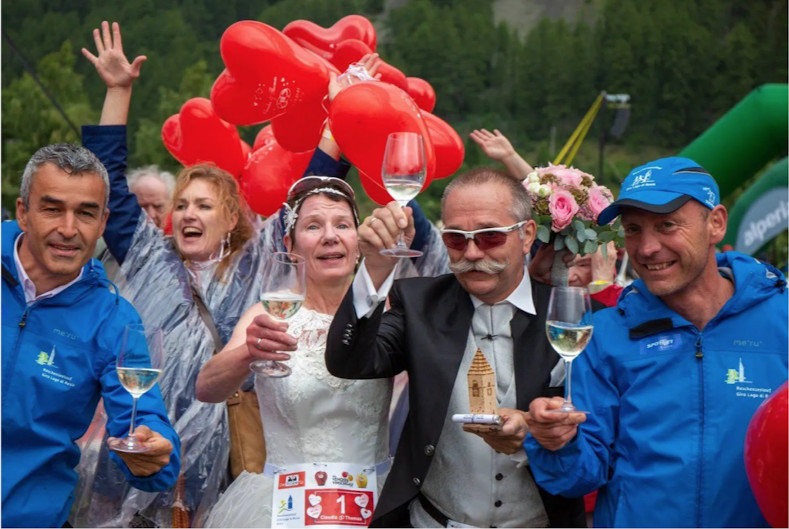
“When I crossed the finish line with Claudia in our first half marathon together in 2004, it was clear to me that this was the right one!” said Wenning. “Our joint running and charity projects have welded us together forever!”
Wenning promised his bride that at some point, he’d take her to the registry office. Weber said that if she got married, it would be to Wenning on a running track.
"Thomas is my second half,” said Weber. “I would like to share the adventure of life with him. Together we not only celebrated records and victories. Thomas stood by my side even in difficult times!”
(07/25/2021) ⚡AMP
by Running Magazine
Thousands run through London in first mass 10k since lockdown was lifted
Thousands of runners have taken to the streets of London for their first mass 10k since lockdown restrictions were lifted.
Roads across central London were closed as the runners in the Asics London 10k swept past views of landmarks to the sound of cheering crowds and entertainers who lined the streets.
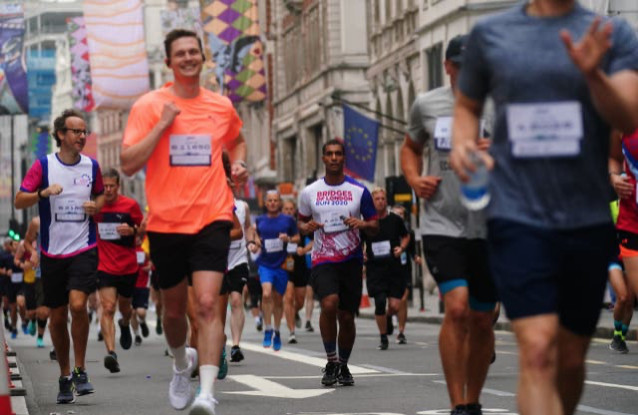
Race director Ian Allerton described it as “an important day for the mass participation industry” as many runners helped raise funds for more than 200 charities in what he hoped would be the start of “a new season of safe running events in 2021”.
TV presenter and activist Katie Piper who was the victim of an acid attack in 2008, officially started the race before stepping out to become one of up to 14,000 runners on the course.
Her run was to raise funds for a rehabilitation centre and she later said she had “such an amazing day”.
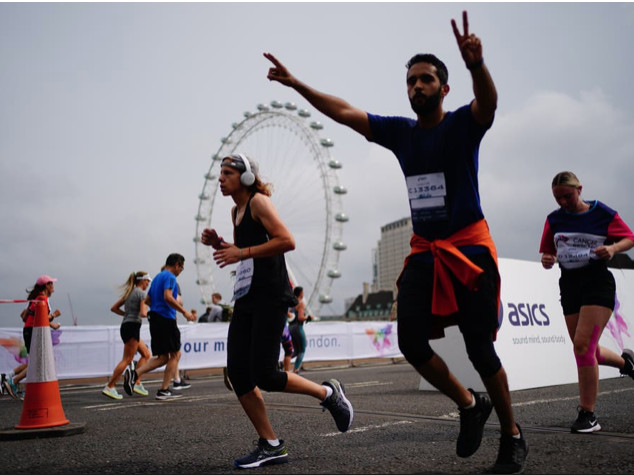
Ms Piper said it had been “really powerful” to see the benefit the race had on her mental wellbeing and on others who took part.
Organisers said they have been working closely with Westminster City Council and Public Health England over the past six months to ensure the event was Covid-secure.
The annual mass participation event, which was billed as “London’s best summer celebration of running,” was previously cancelled due to the pandemic.
The 2021 route was brought to life by the sounds of live bands and DJs at every 1km to help the runners keep moving as they raced past landmarks such as Westminster Abbey, Big Ben and the London Eye.
Andrew Heyes won the male race with a time of 29 minutes and 25 seconds, Natasha Cockram clocked 33 minutes and 37 seconds to cross the line first in the female run while Bethany Evans was victorious in the wheelchair event with a time of 40 minutes and 42 seconds.
Mr Heyes said: “I really enjoyed the sights and am so excited to be back after 18 months.”
Ms Cockram added: “It was brilliant being back out on the road. Since the pandemic I’ve only been able to train on the track.
“Being out on the big wide roads is so exciting, I want to do it again.”
The event came a day after thousands of adult joggers and walkers in England laced up their trainers to take part in 5km Parkruns in local parks for the first time since lockdown eased.
(07/25/2021) ⚡AMPAsics London 10K
When we run together, amazing things happen. We unite in a common aim, we spur each other on, the stuff that divides us falls away and we keep on going. So, this summer we invite runners of all abilities to unite in one of the world's most inclusive and diverse cities to celebrate the things that bringus together. When you...
more...The Bix is back: Race returns with resounding success
The crack of a starting pistol sent a scribble of smoke upward, queuing upbeat dance club music.
Miles away, a barber shop quartet serenaded with harmonic tones.

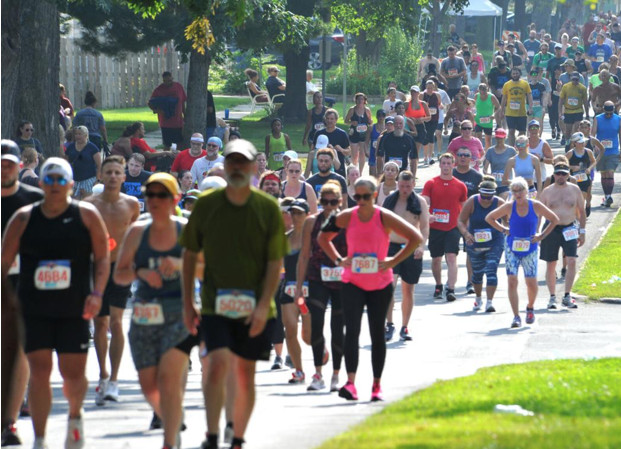
Palmer College of Chiropractic members dressed as vertebrae snaked their way up the infamously steep Brady Street.
Good Samaritans sprinkled cooling droplets of mist and rushed to the aid of an overheated runner.
A volunteer raked a neat pile of thousands of discarded water cups out of the road.
"These 14,000 cups have gotta go somewhere," Jen Broders said.
Post-race Jello shots were downed and accompanied by dives onto a front-lawn water slide.
Runner, walkers, past Olympians, pint-sized entrepreneurs, Marilyn Monroe look-alikes and "short-legged, no-talent" family members, friends and supporters packed the streets of downtown Davenport on Saturday morning for the 47th annual Quad-City Times Bix 7. More than 9,750 people registered for Bix races, according to race officials, marking the first time participation has dipped below 10,000 since 1986 (not counting last year's virtual Bix).
"Since last year's race ended, we've been planning for a very different race because our plans have changed on a monthly, weekly and daily basis," Bix 7 Race Director Michelle Juehring said.
The 53-year-old became race director in 2020 after the retirement of former longtime Race Director Ed Froehlich. She guided the race through its virtual version during the COVID-19 pandemic and was in the midst of preparing for her first full-blown Bix as its director.
Through all the changes COVID-19 forced in 2020, planning for the 2021 race was not without lingering pandemic-induced difficulties.
"We didn't know if the race would be open to all contestants until, basically, the last week in June, first week of July," Juehring said. "I am very grateful to have a whole race, but the road to getting here has forced us to be flexible and change."
Shade become prime real estate along the race course for bystanders. The temperature at race time was 78 degrees, tied for the third-hottest in Bix history, with 82% humidity and a 9-mph wind.
Though the start-time temperature was reasonable, the mercury shot up quickly and so did the action inside the medical tent. By 9 a.m., the temperature had climbed above 80 degrees. By 10:30 a.m., the mercury reached 85 degrees, at which time 36 people had been treated in the medical just past the finish line, one of whom was transported to the hospital. Another 10 runners were taken from the course to the hospital. Craig Cooper, spokesman for Genesis, said Saturday evening that one person had been admitted to the hospital but all others taken to Genesis had been treated and released.
Beat the Elite runner Doug Boleyn, 53, was the first patient escorted into the medical tent. Innovation officer at Genesis Health System, Boleyn was treated by colleagues from Genesis, which staffs the medical tent with dozens of volunteer doctors, nurses, aids and others. He was treated and released.
The hot, hazy and muggy conditions, though, didn’t slow former Olympian Leonard Korir, 34, of Colorado Springs, Colo., who won his third Quad-City Times Bix 7 with a time of 32 minutes, 48 seconds, edging 25-year-old Frank Lara, of Boulder, Colo. Forty-one-year-old fellow Olympian Edna Kiplagat of Kenya won the women’s division.
“To win it three times, I’m so grateful,” said Korir, who credited his experience and training for his third top finish at the Bix 7.
As runners slogged through the heat and crowds on Kirkwood Boulevard, a gray tarp, continuously sprayed with a hose, offered brief refreshment for those brave enough to jump on.
Watching over the scene, resting on a lawn chair with Happy Birthday balloons tied to the back, was a large photo Sean Troncao's mother smiling.
he loved the Bix, Trancao said. It was one of her favorite days of the year. This year the Bix fell on her birthday weekend, so the family chose to celebrate at the Bix and bring her back to the event she loved so much.
"It just felt fitting to make sure she could join us," Trancao said.
Tom and Linda Hughes arrived on McClellan Boulevard at 6:15 a.m. Saturday to reserve their usual spot for their large family to watch the road race, and to promote organ donation through the Iowa Donor Network.
The group wore matching T-shirts featuring a photo of Tom's sister, the late Mary Ellen Smith. Smith used to run the Bix every year and was killed several years ago in a pedestrian-truck crash. Upon her death, all of her organs were donated.
Jerry Spaeth, Carl Anderson and Ken Stark stood on the side of the road enjoying a drink or two and cheering on Stark's wife, who he said has been running the Bix 7 for 22 years.
"I ran it for 15," Anderson said. "Now I stand here and drink beer."
(07/25/2021) ⚡AMP
Bix 7 miler
This race attracts the greatest long distance runners in the world competing to win thousands of dollars in prize money. It is said to be the highest purse of any non-marathon race. Tremendous spectator support, entertainment and post party. Come and try to conquer this challenging course along with over 15,000 other participants, as you "Run With The Best." In...
more...

